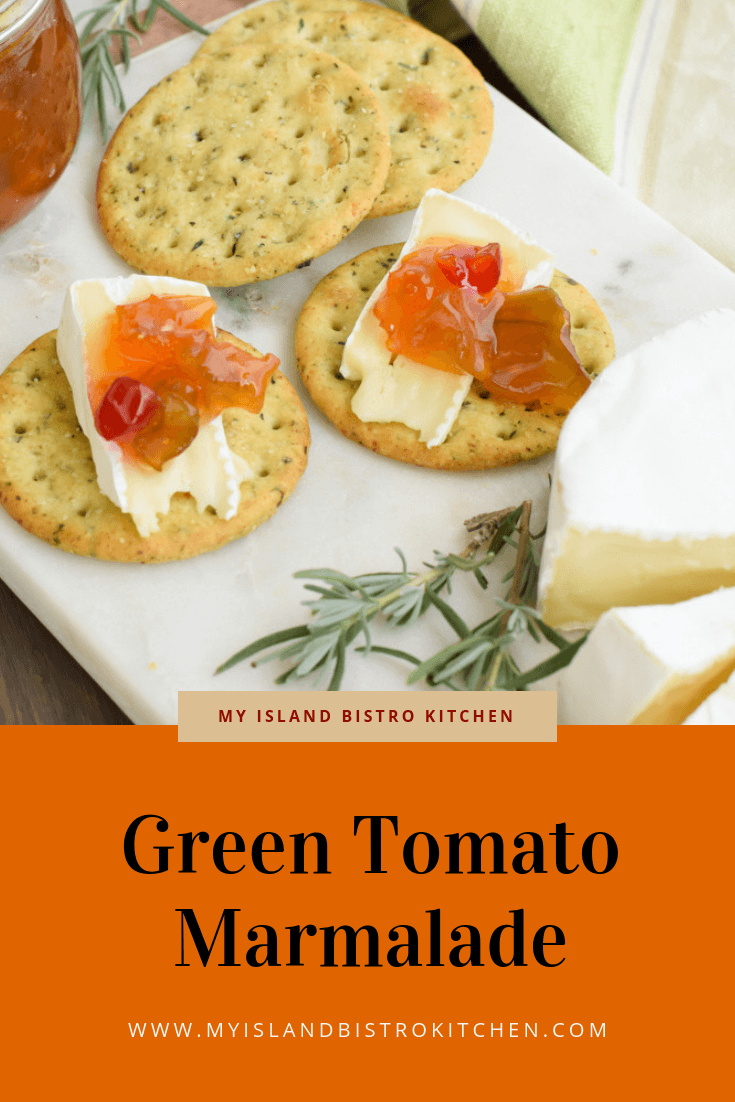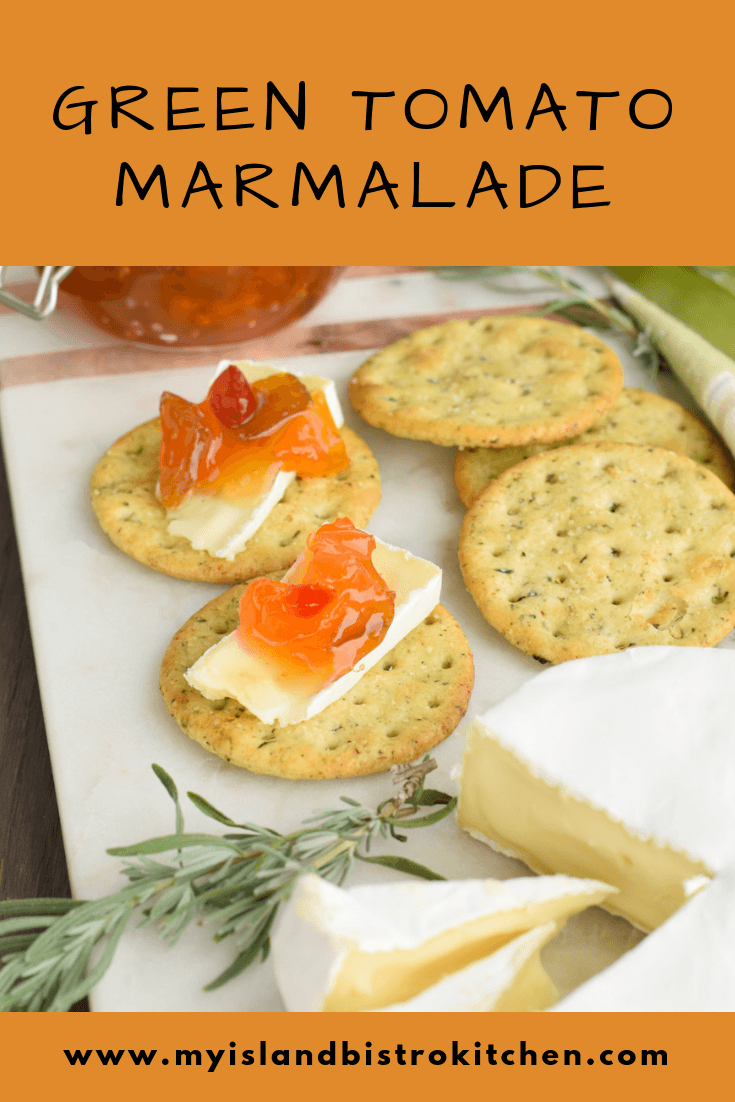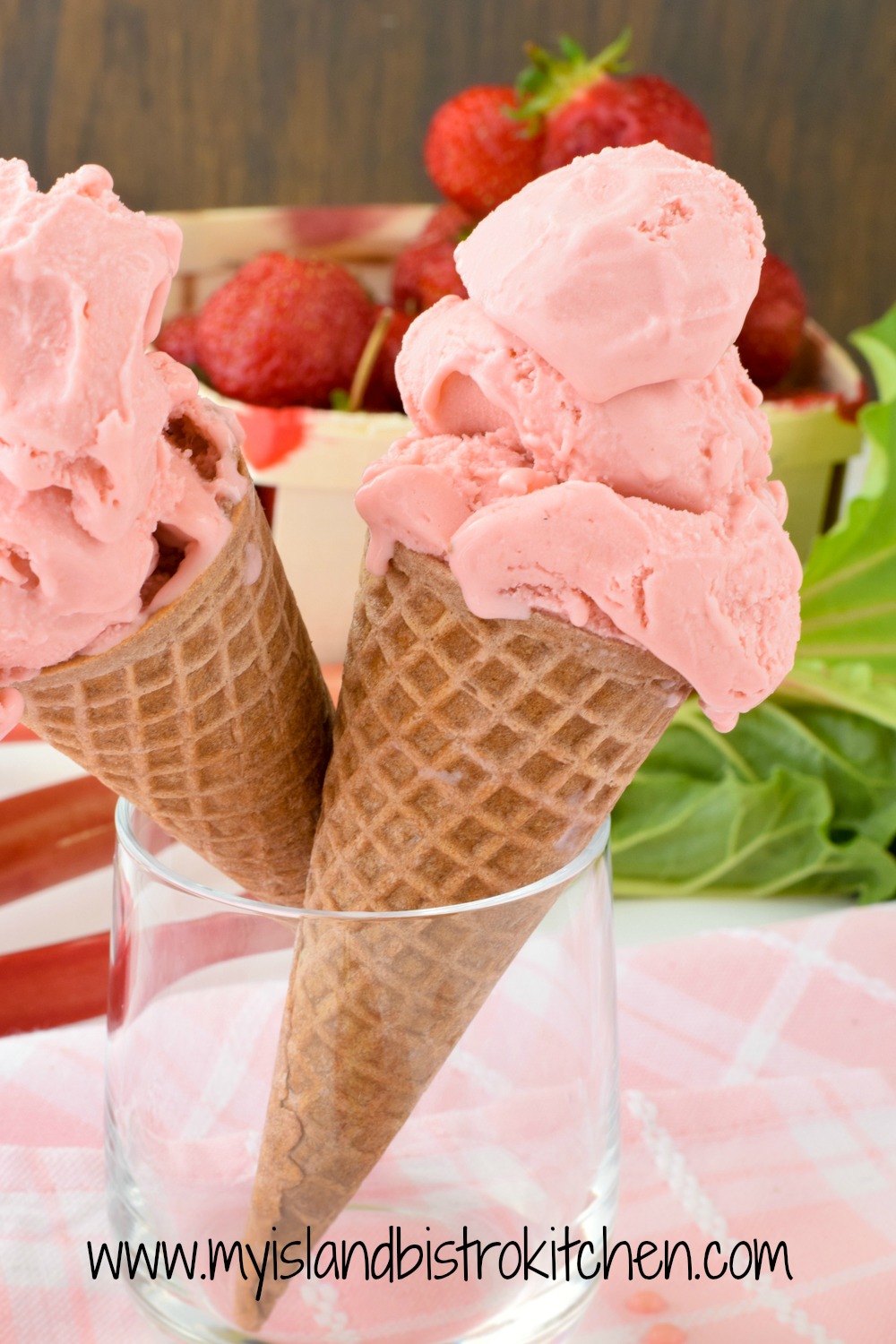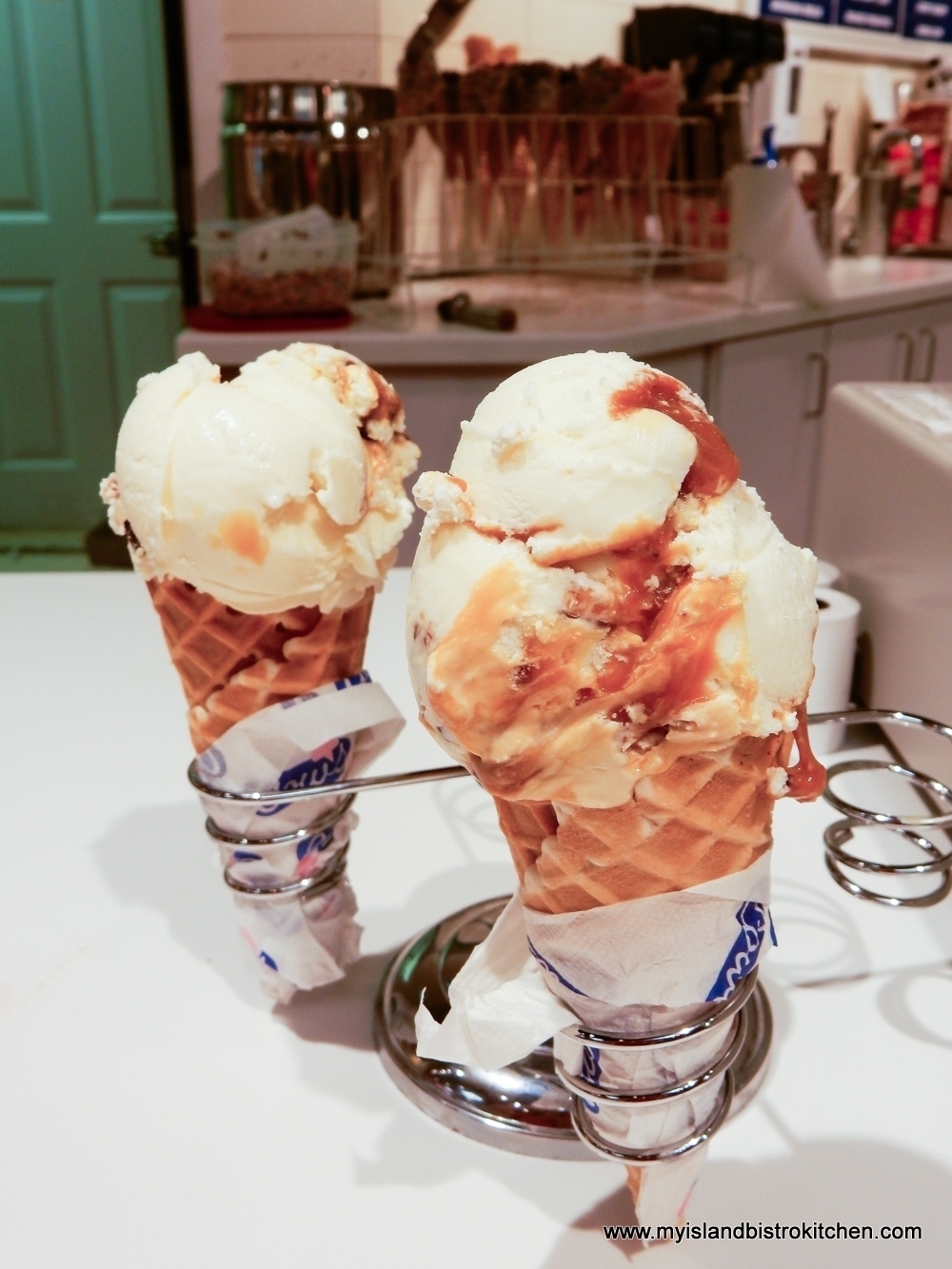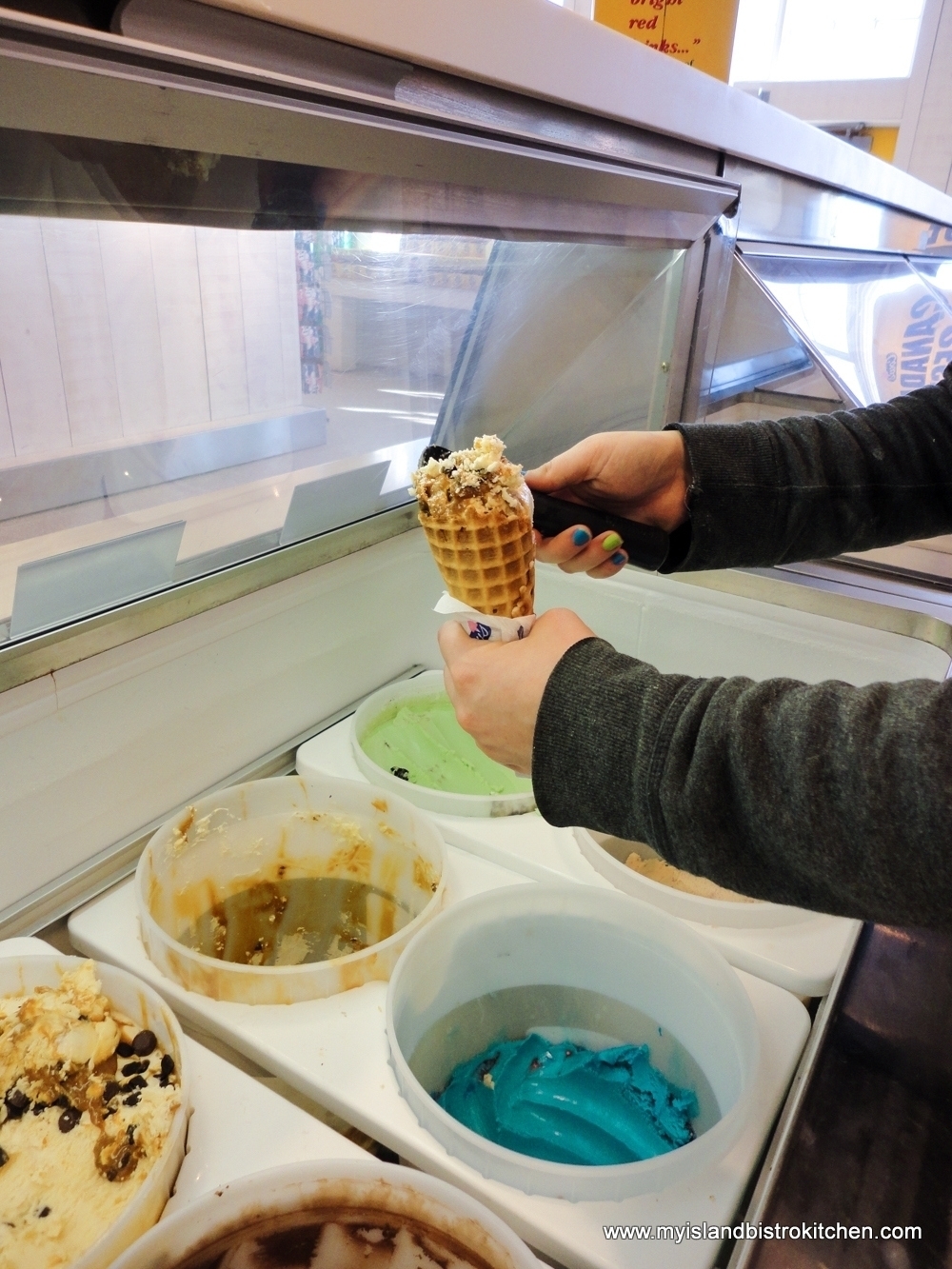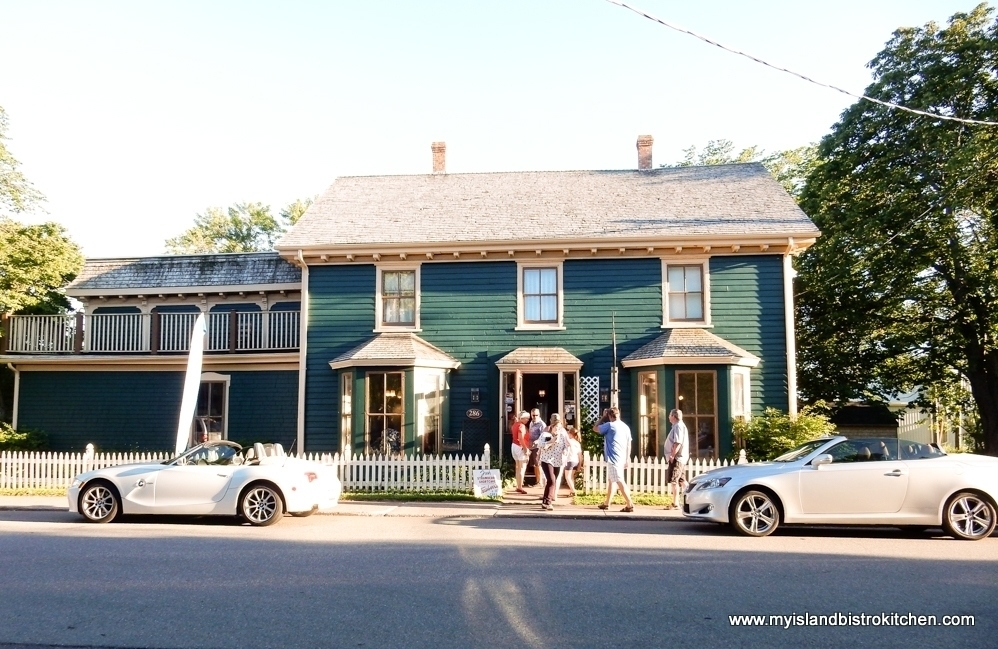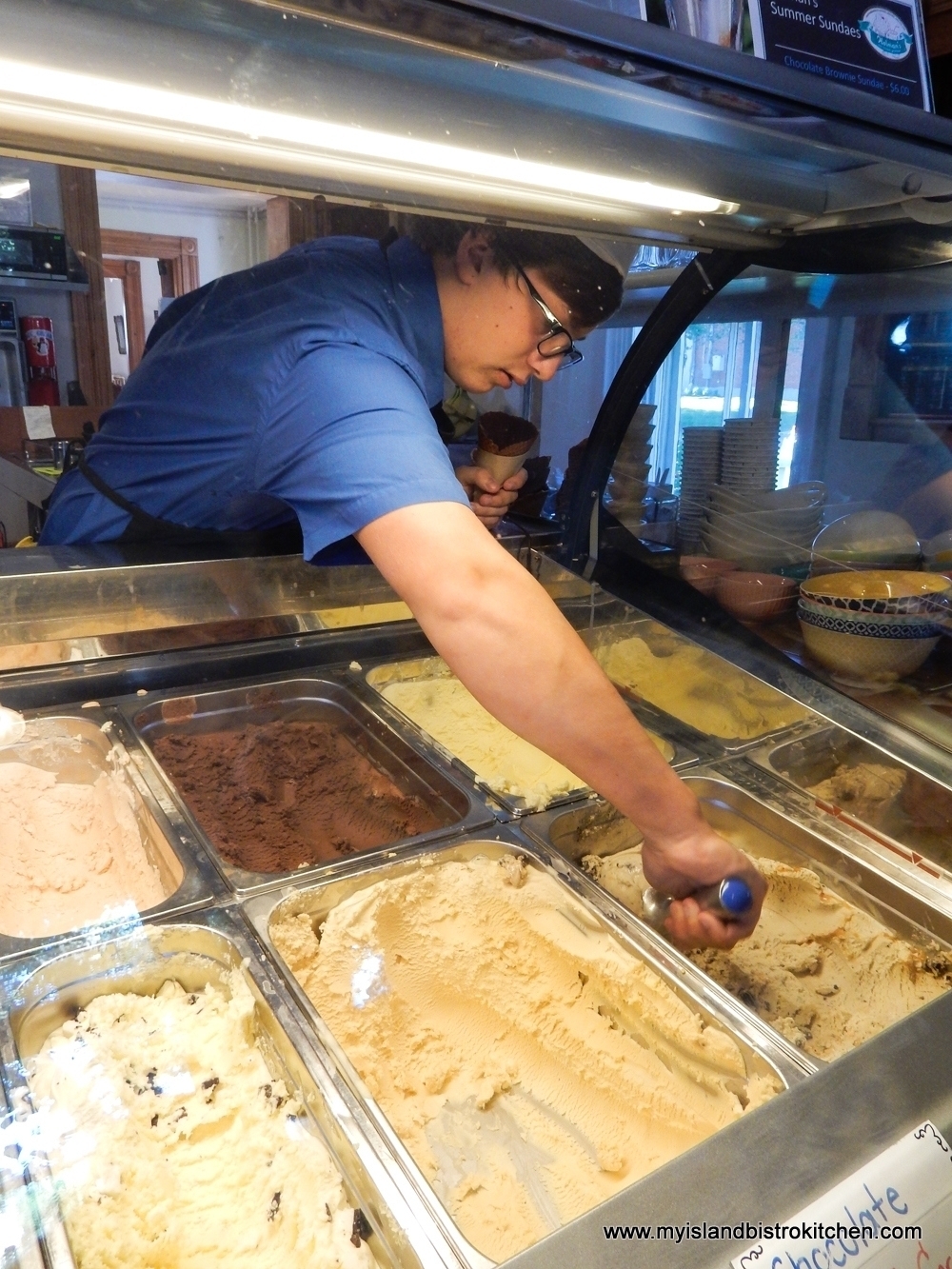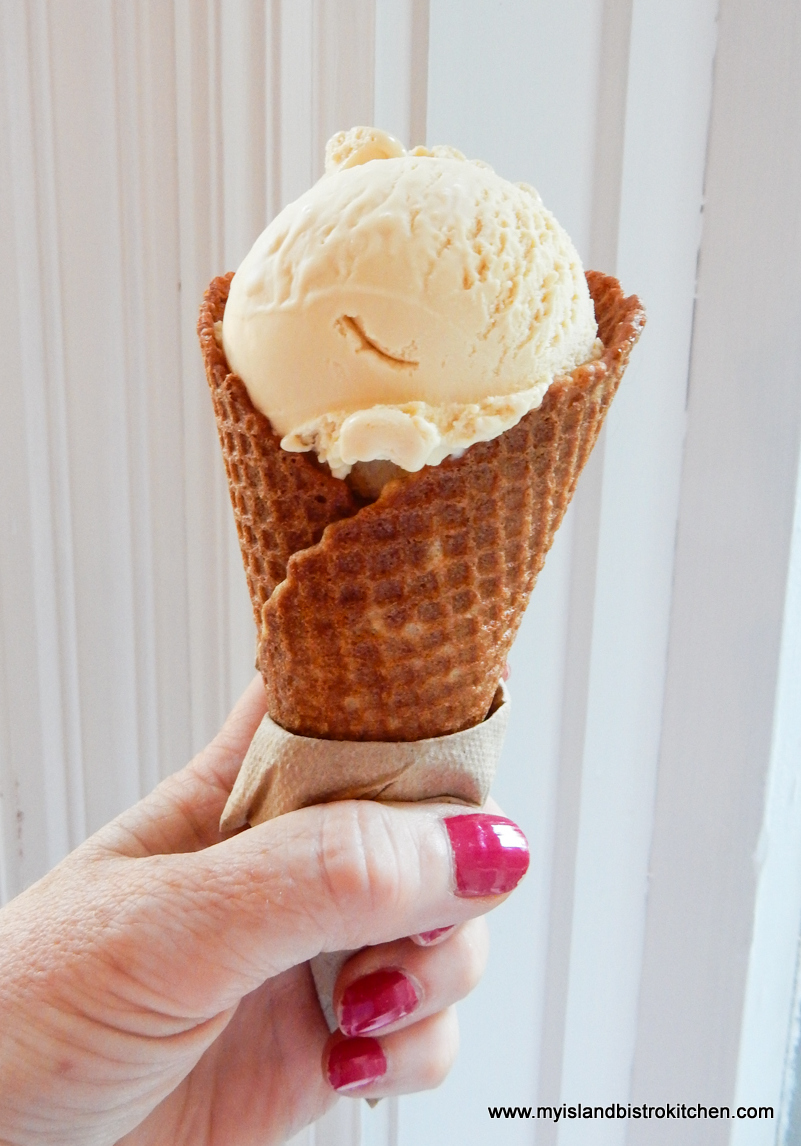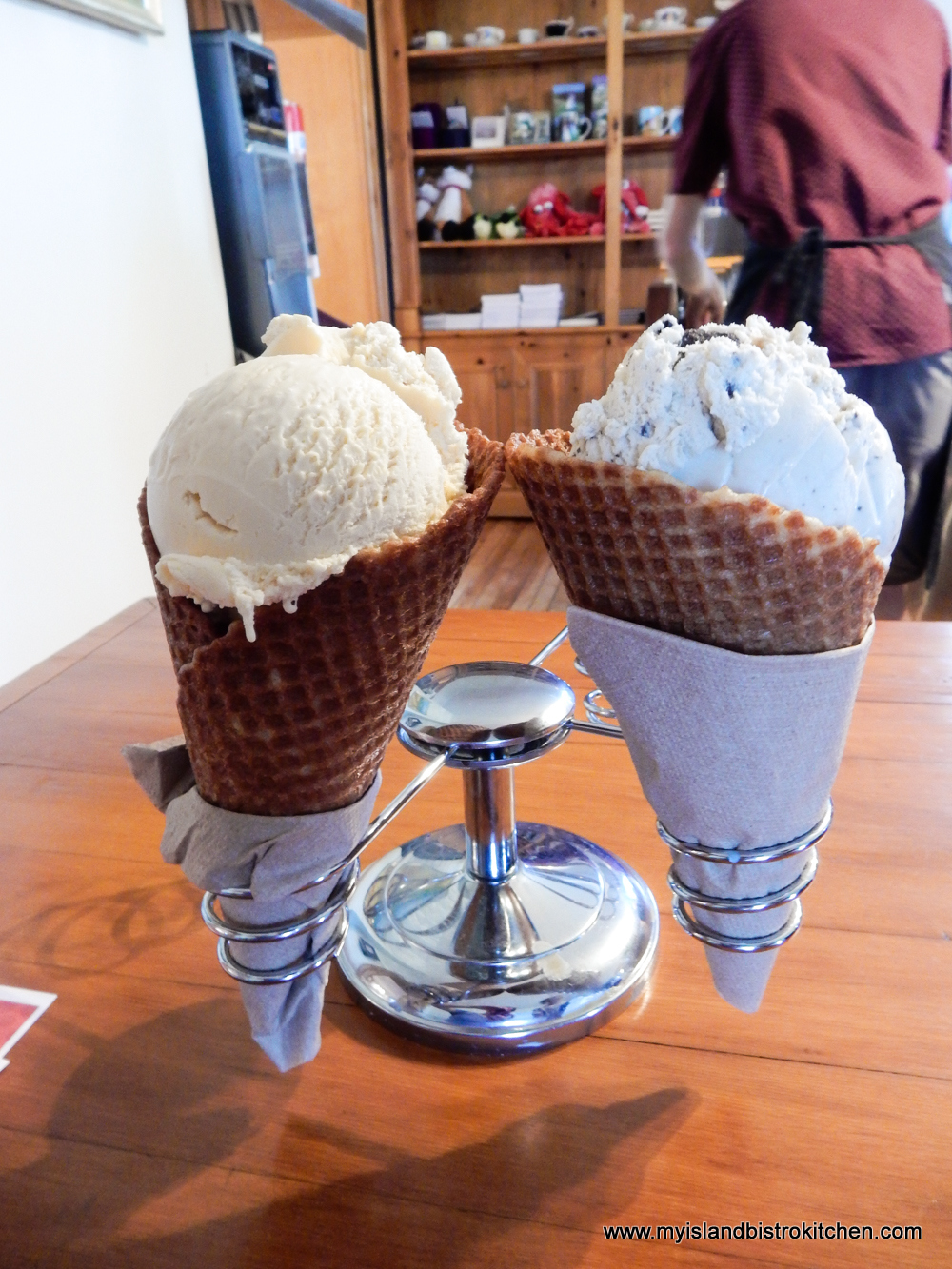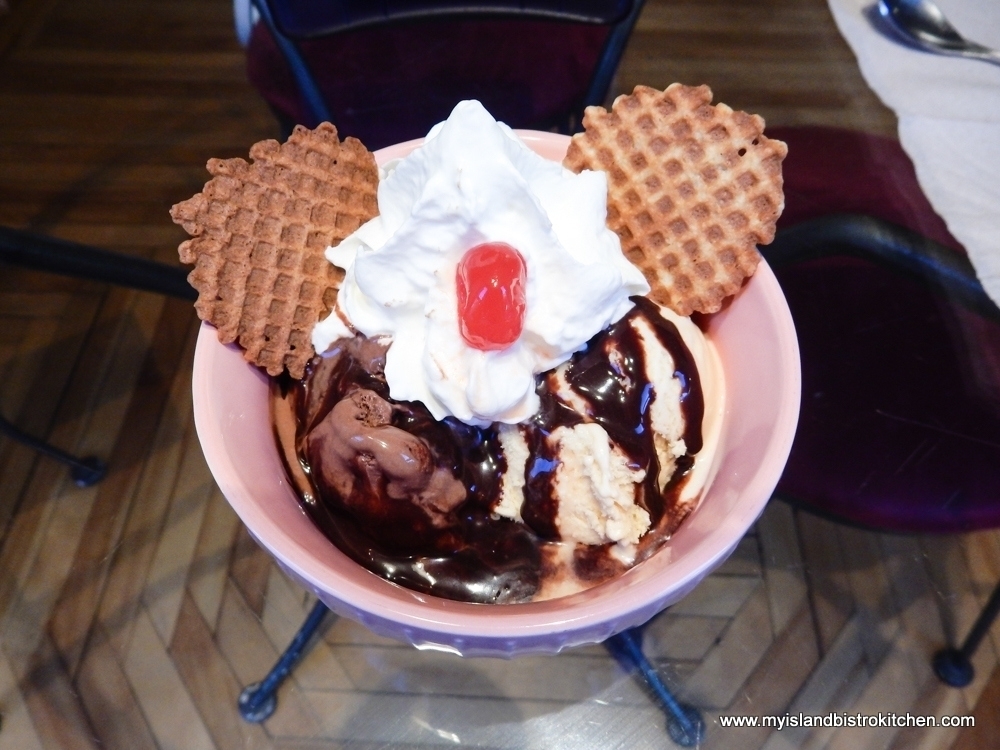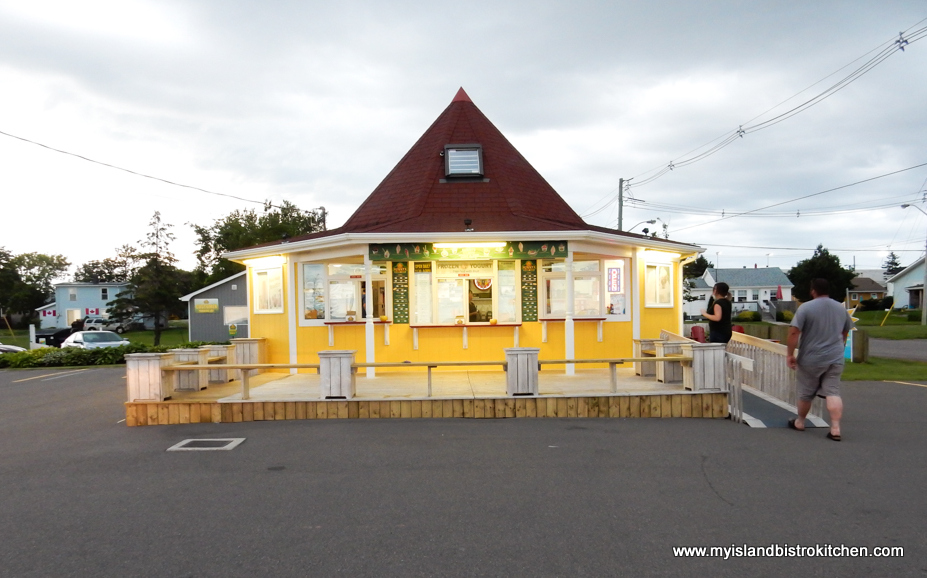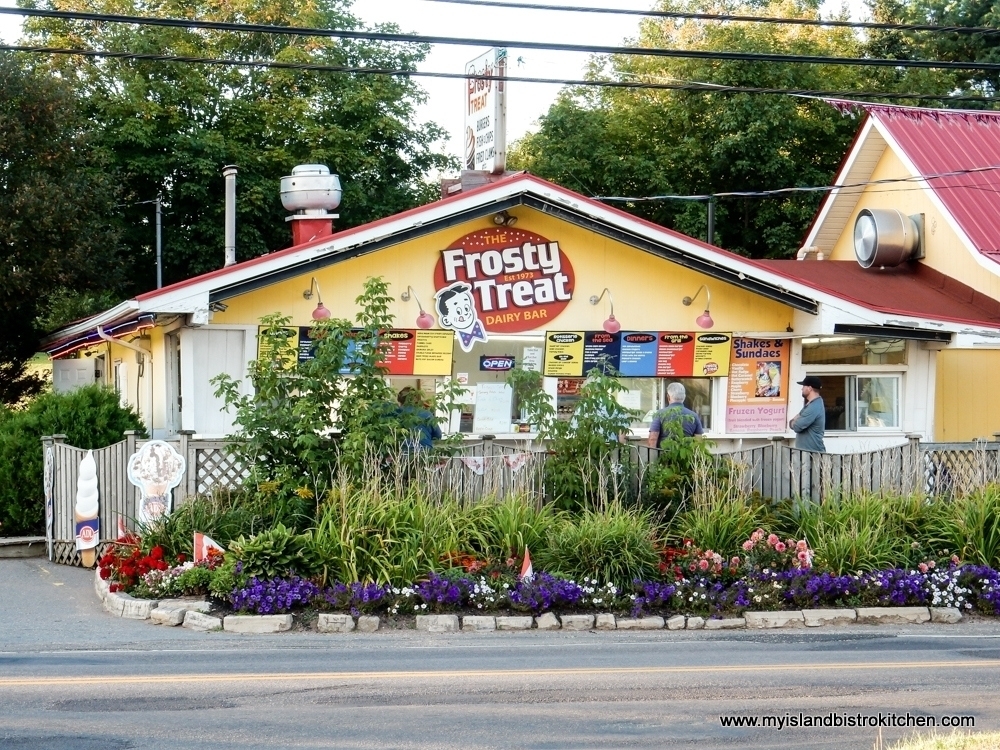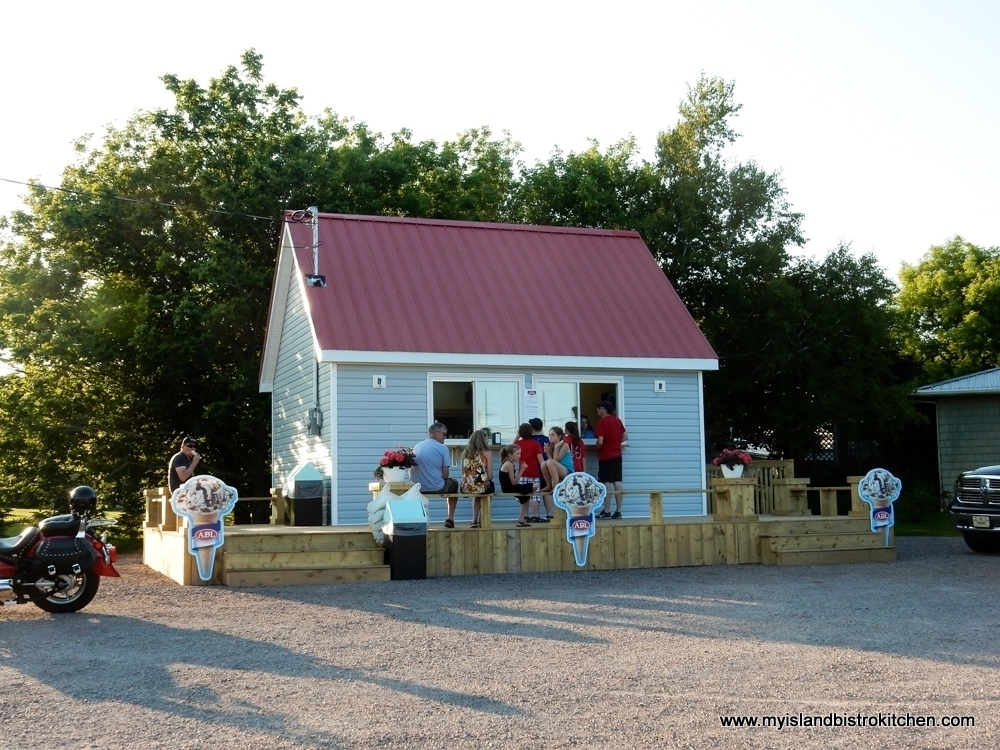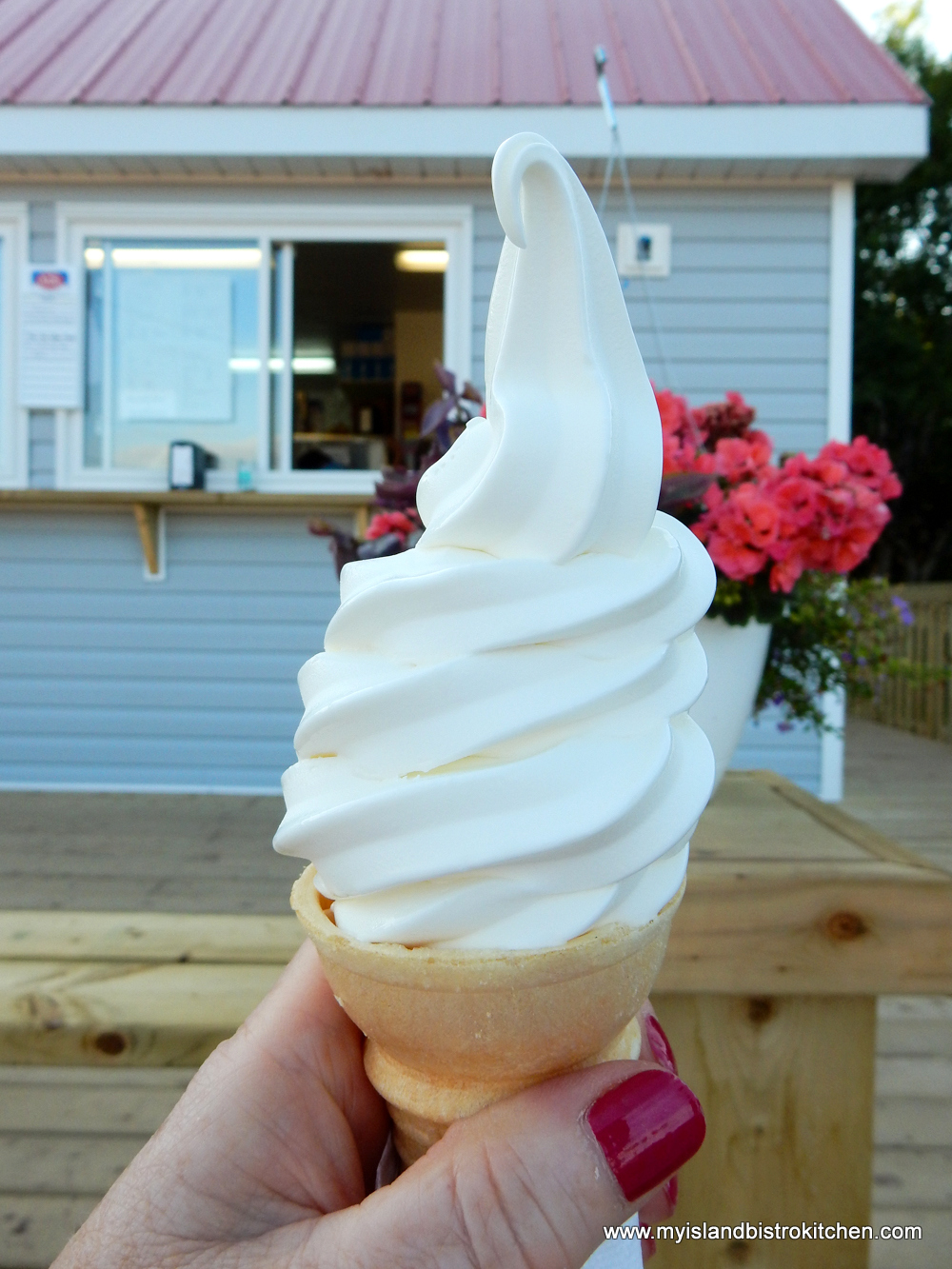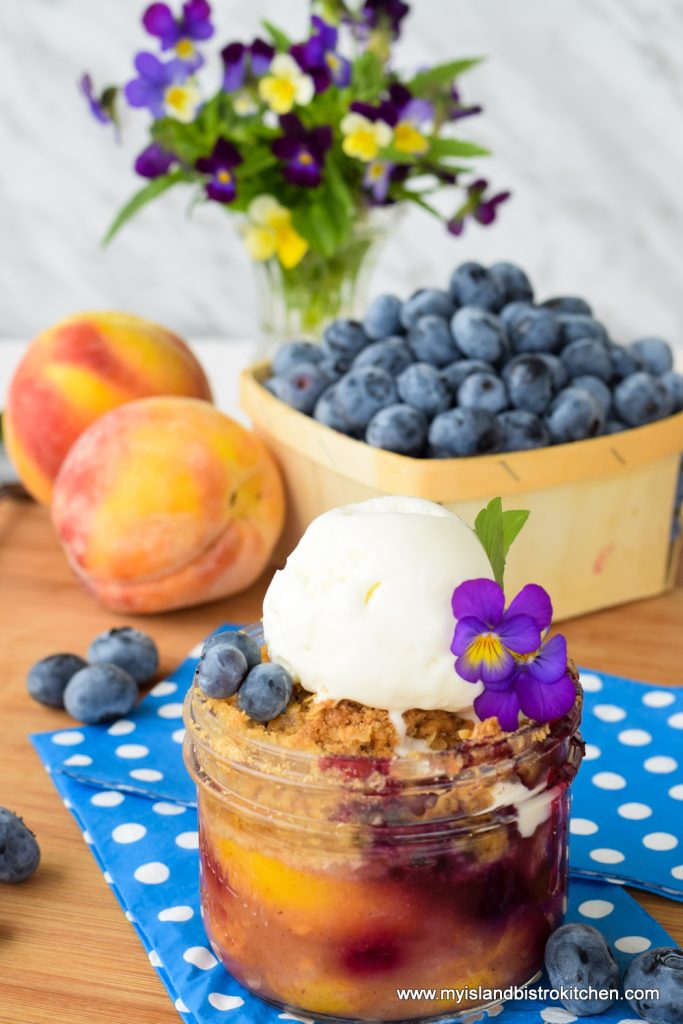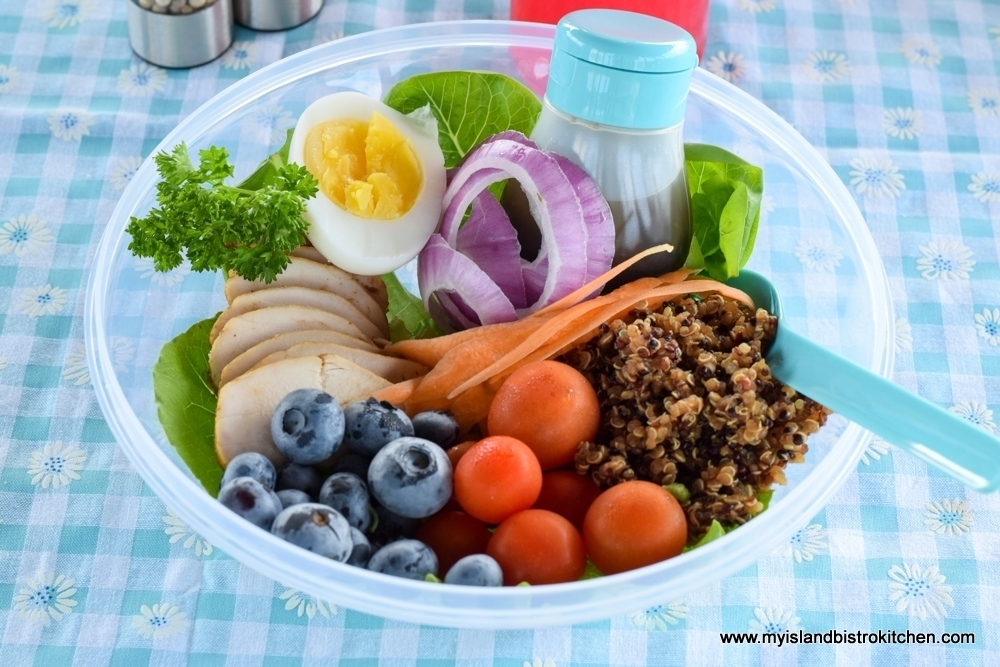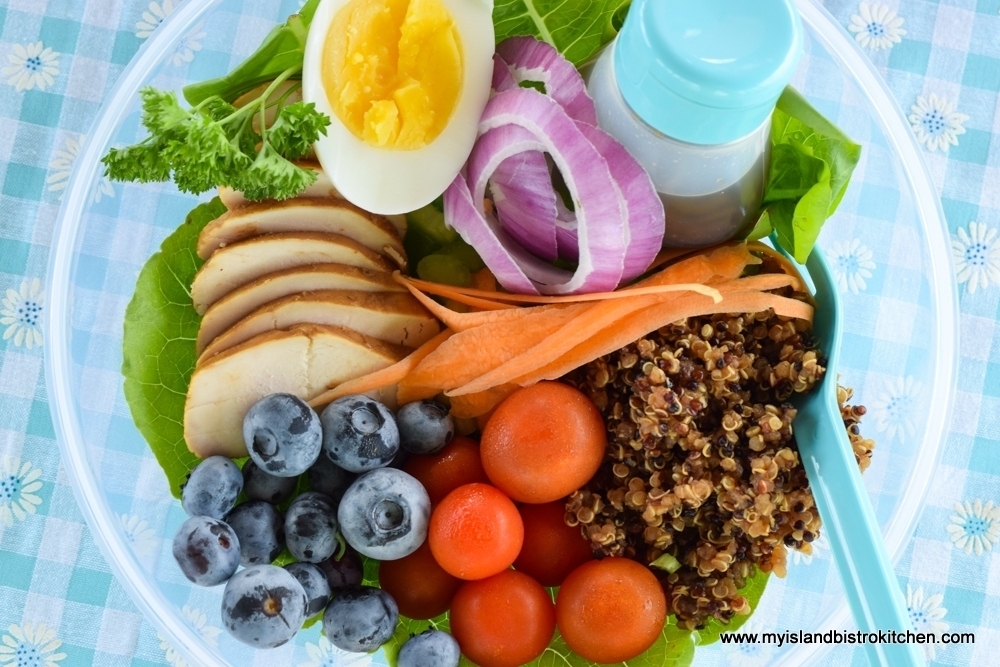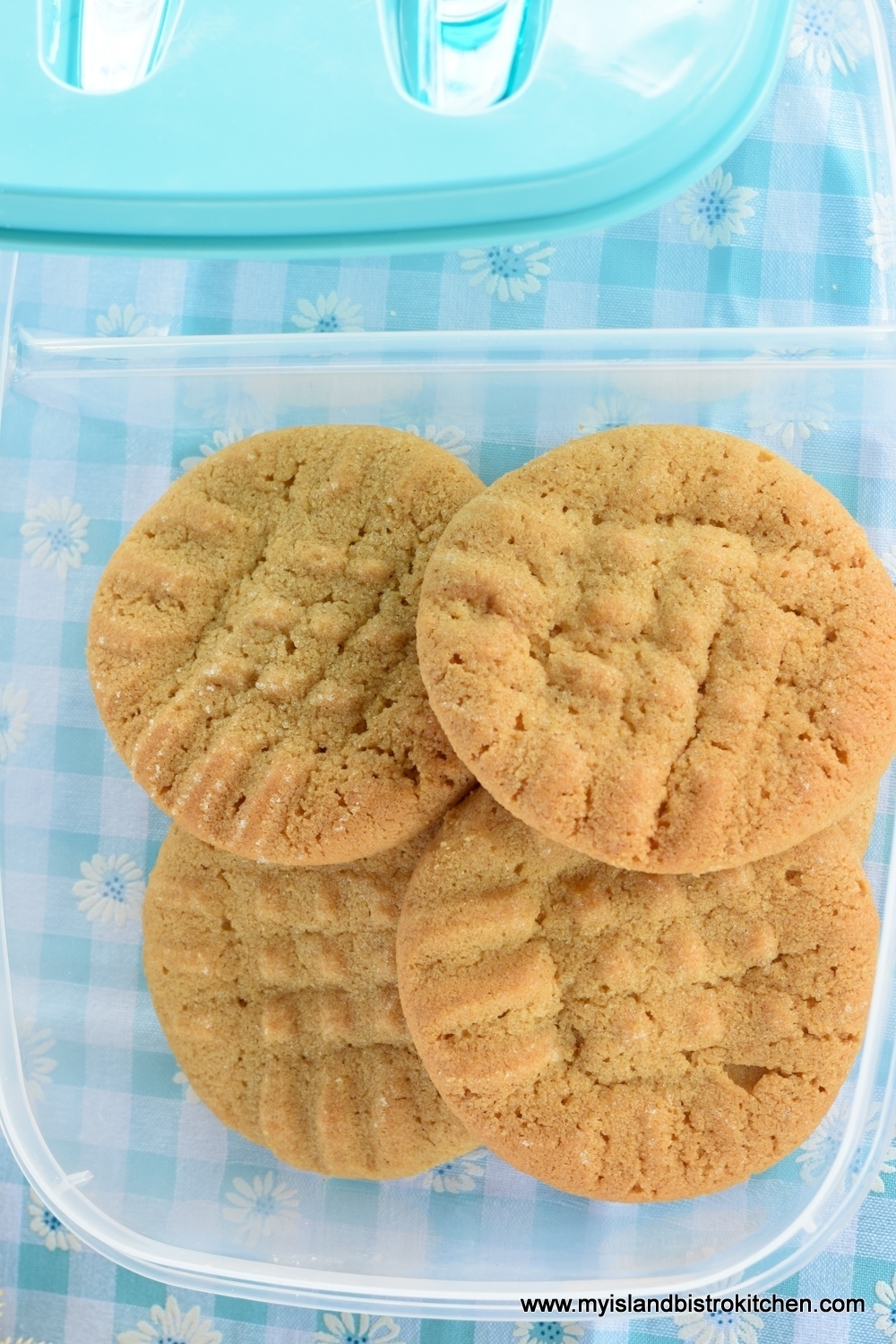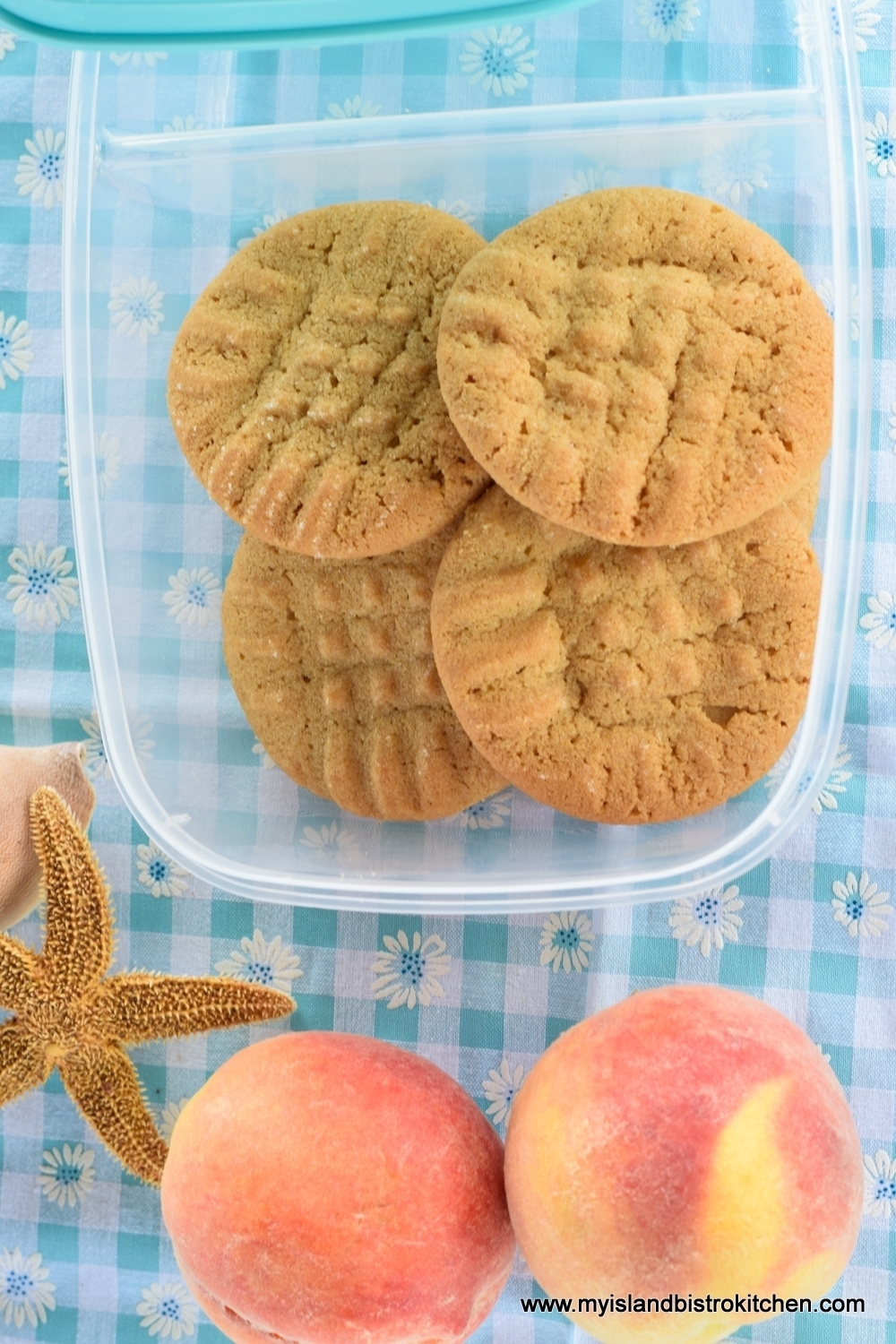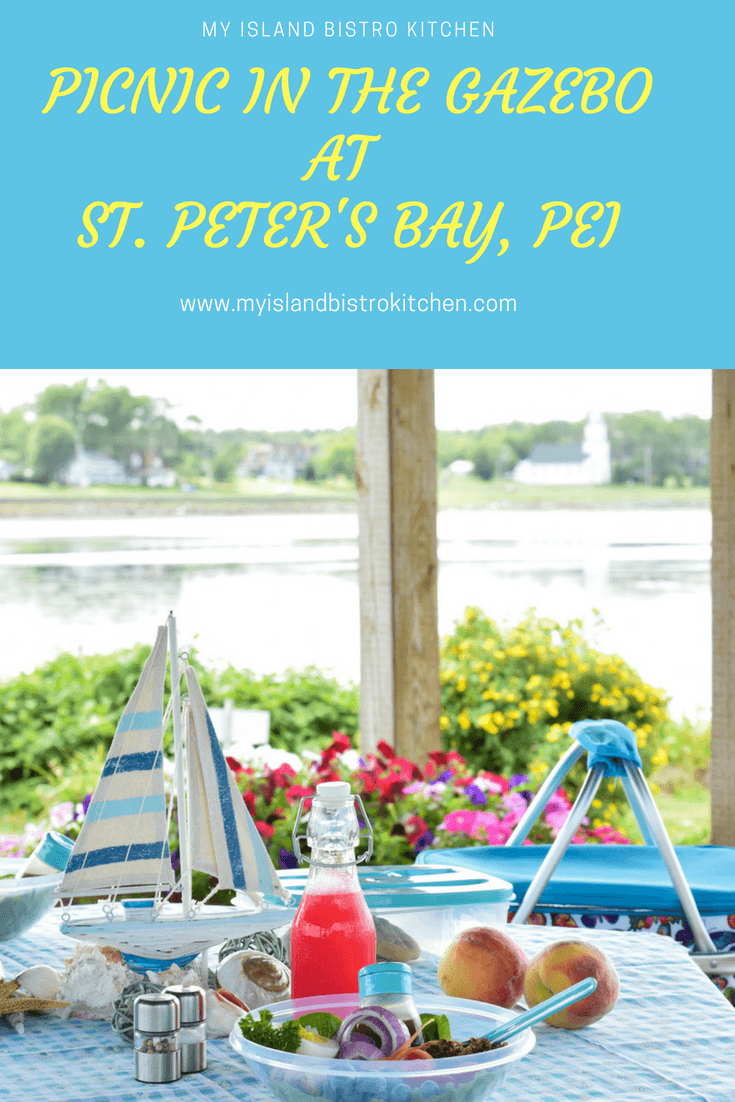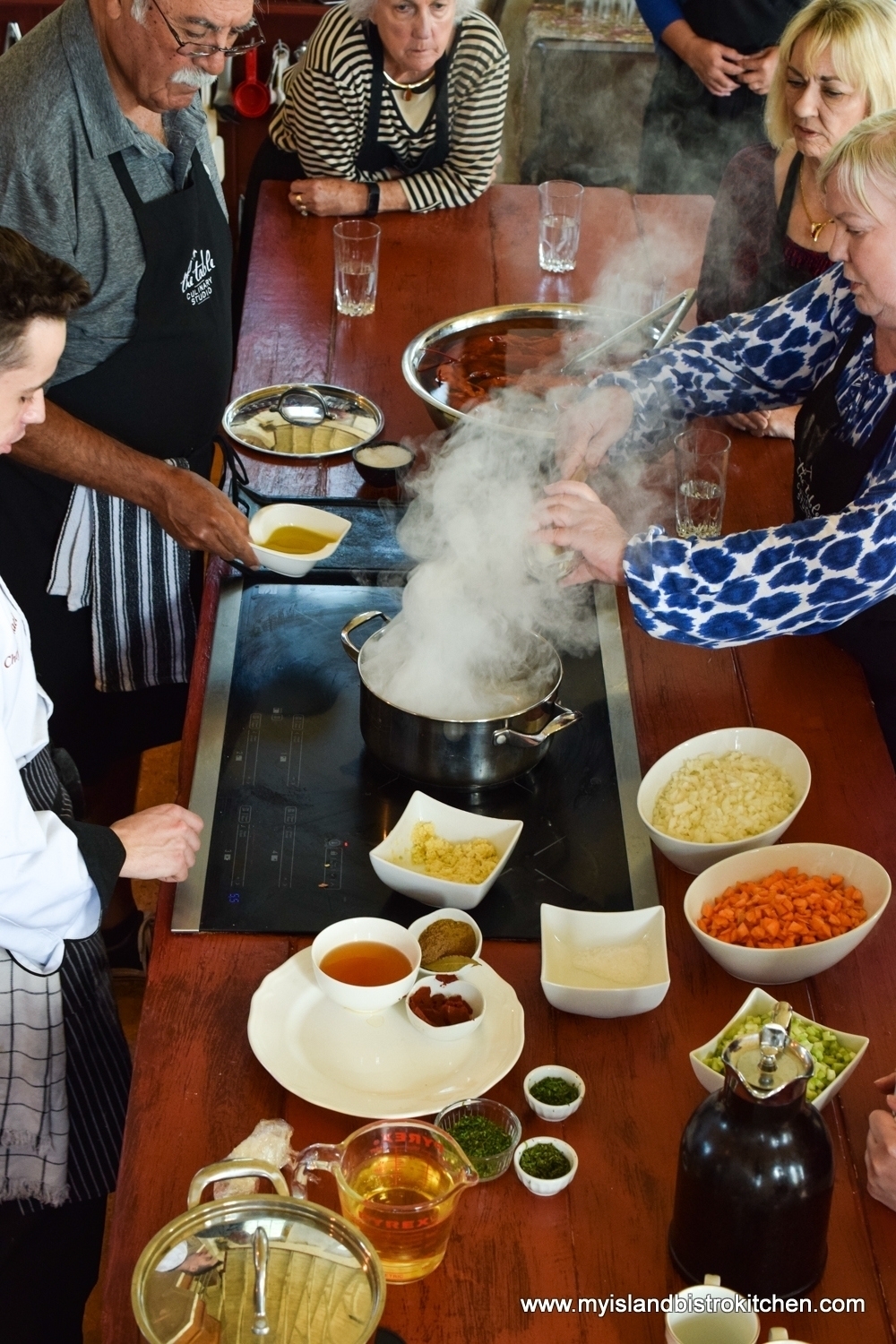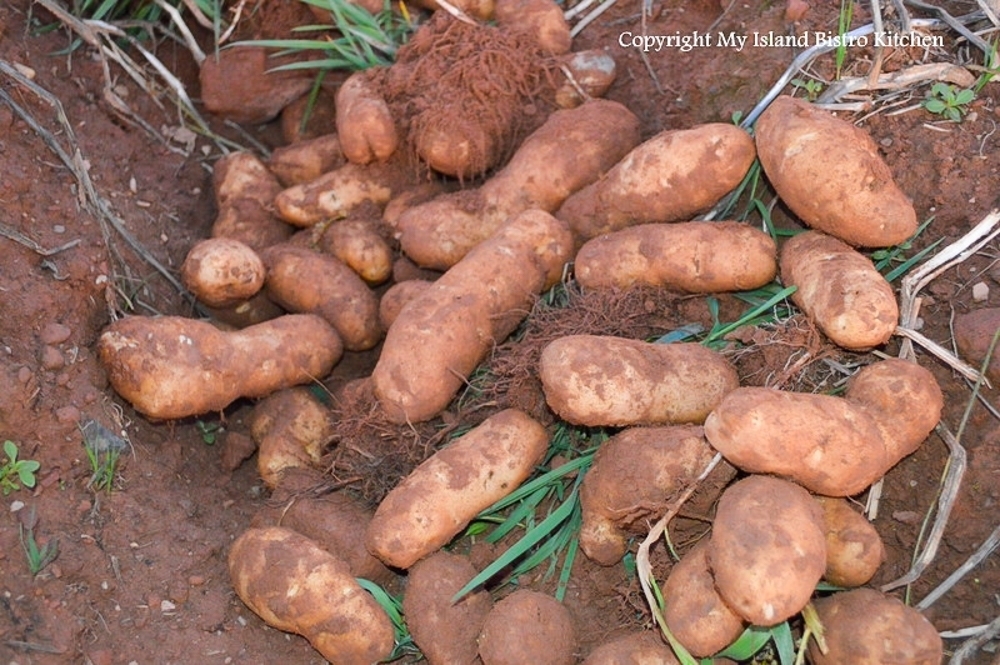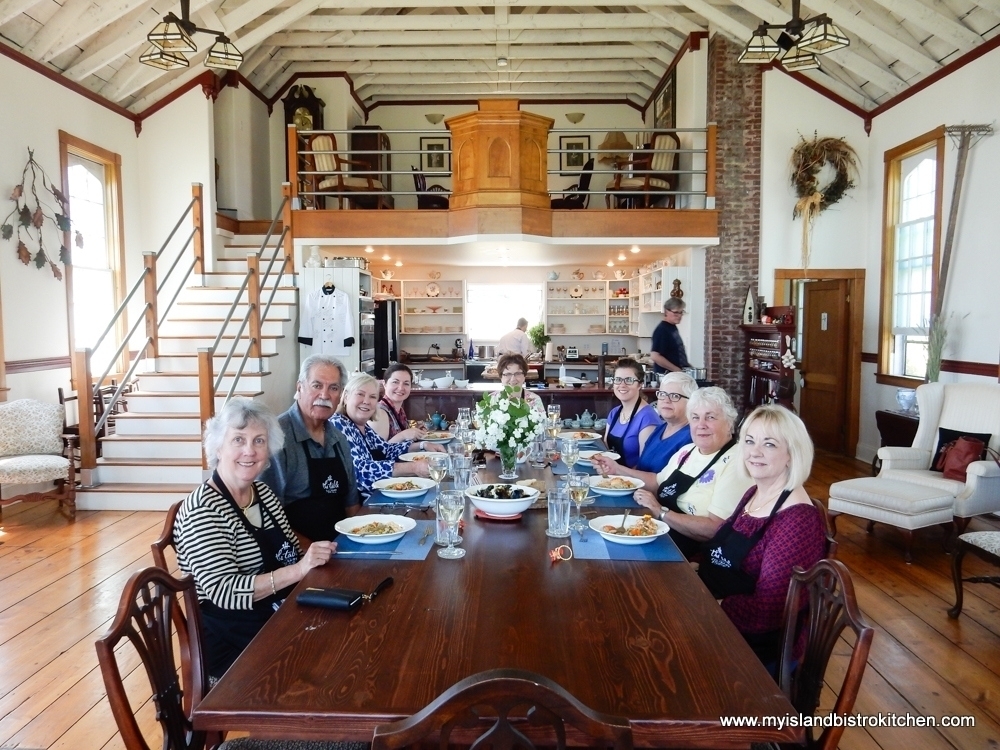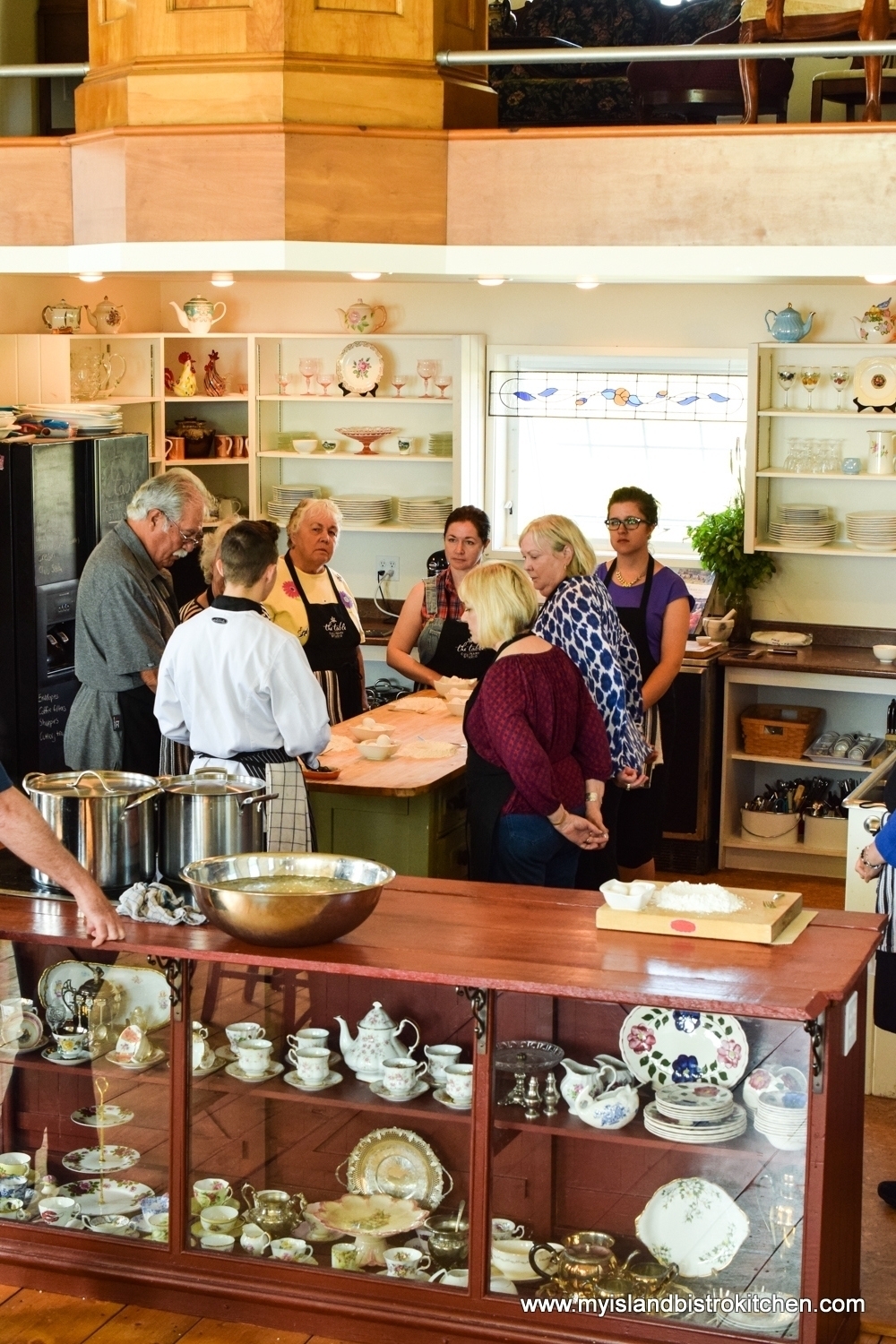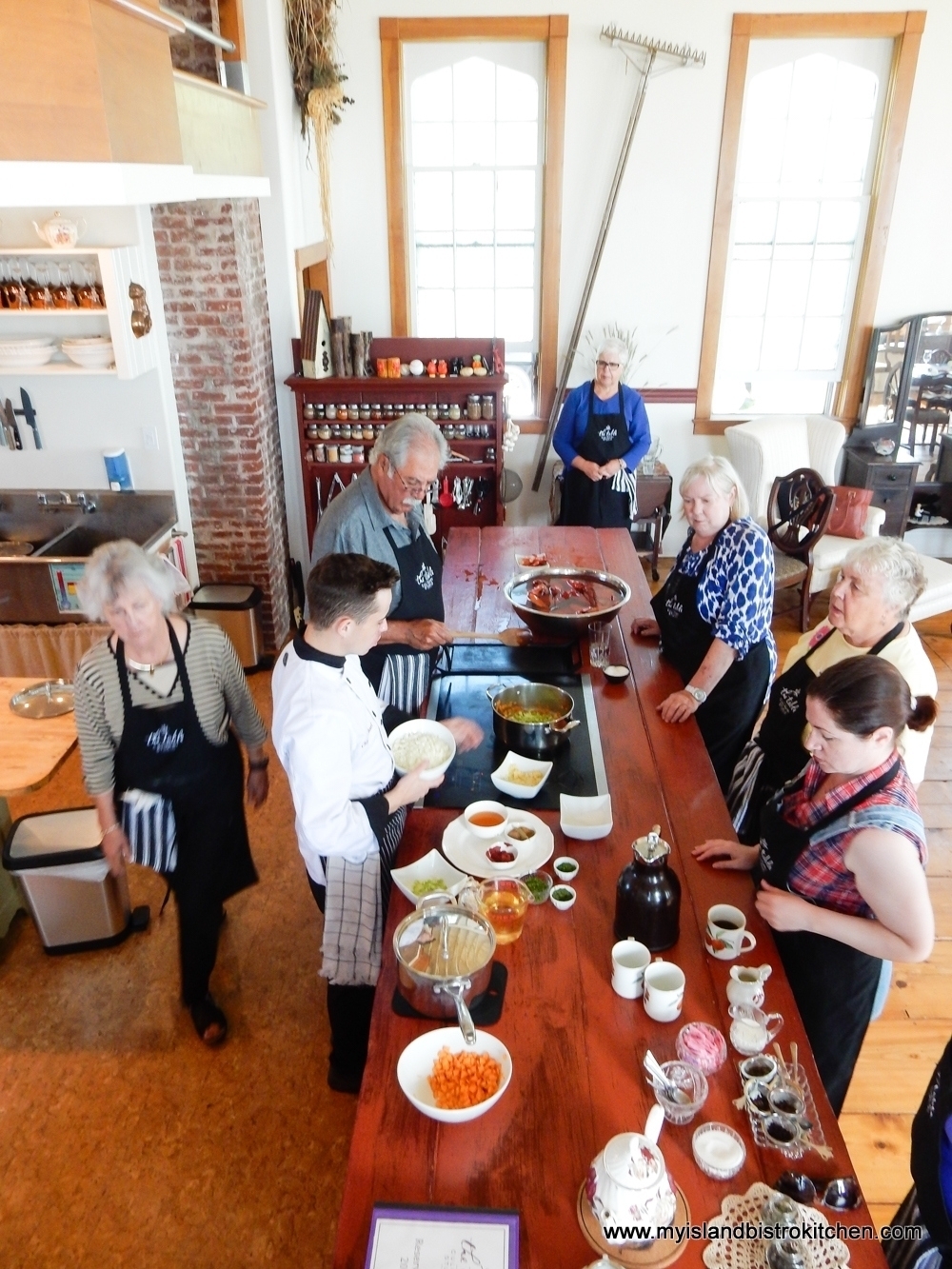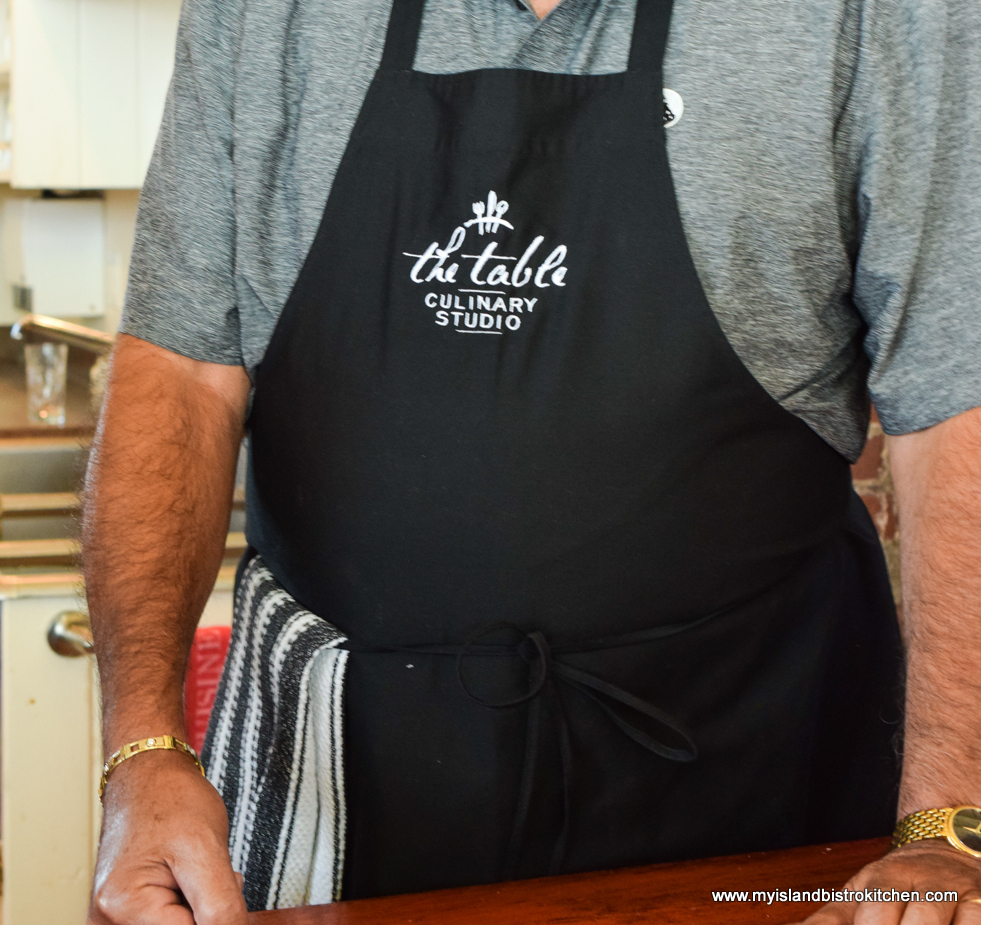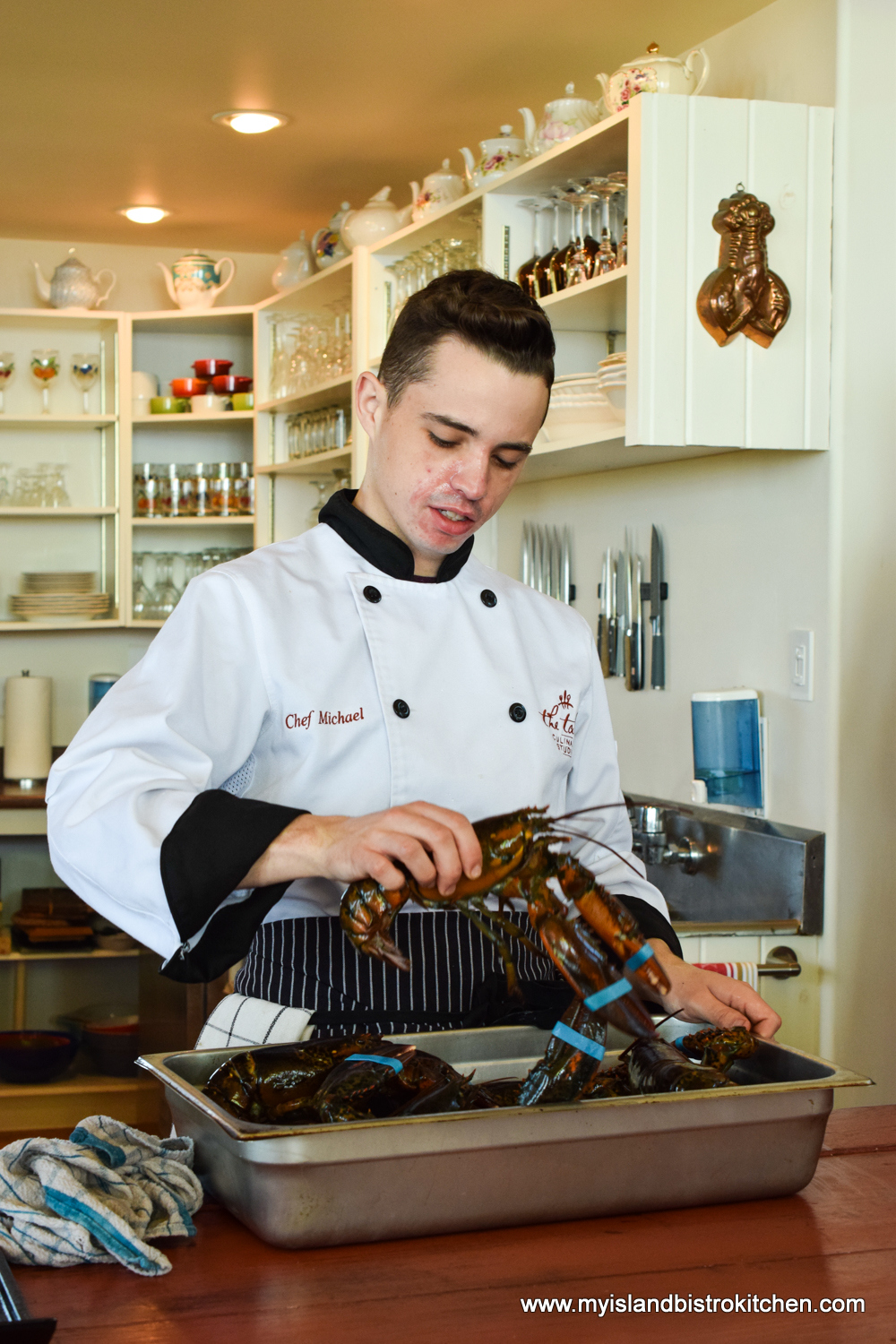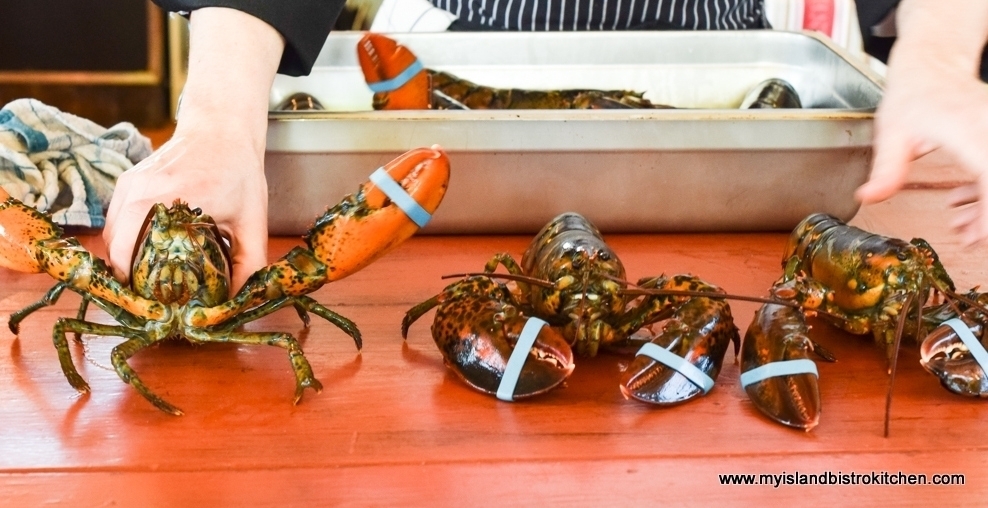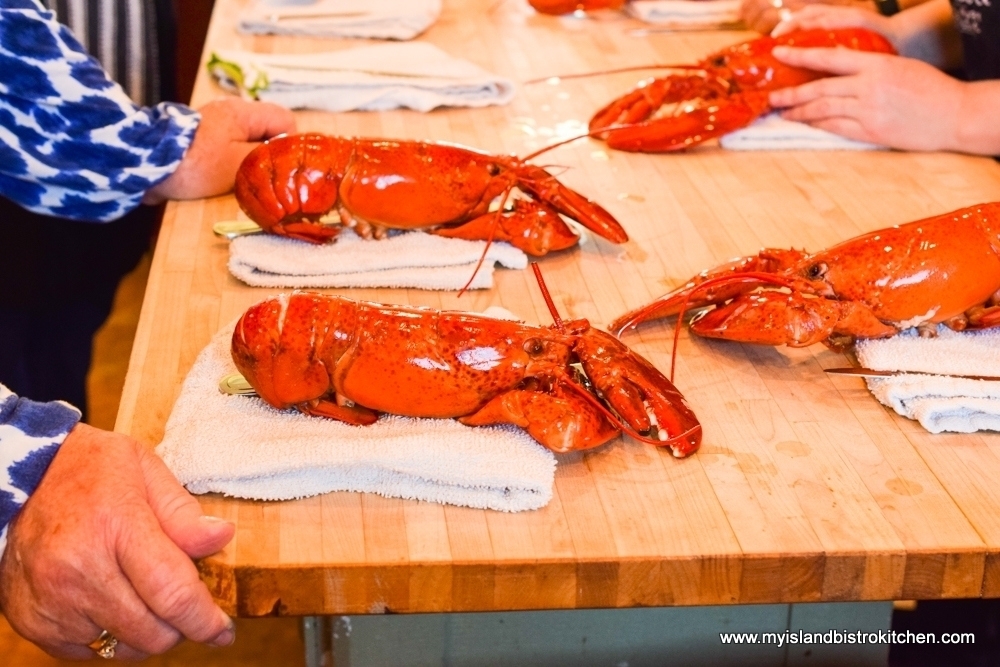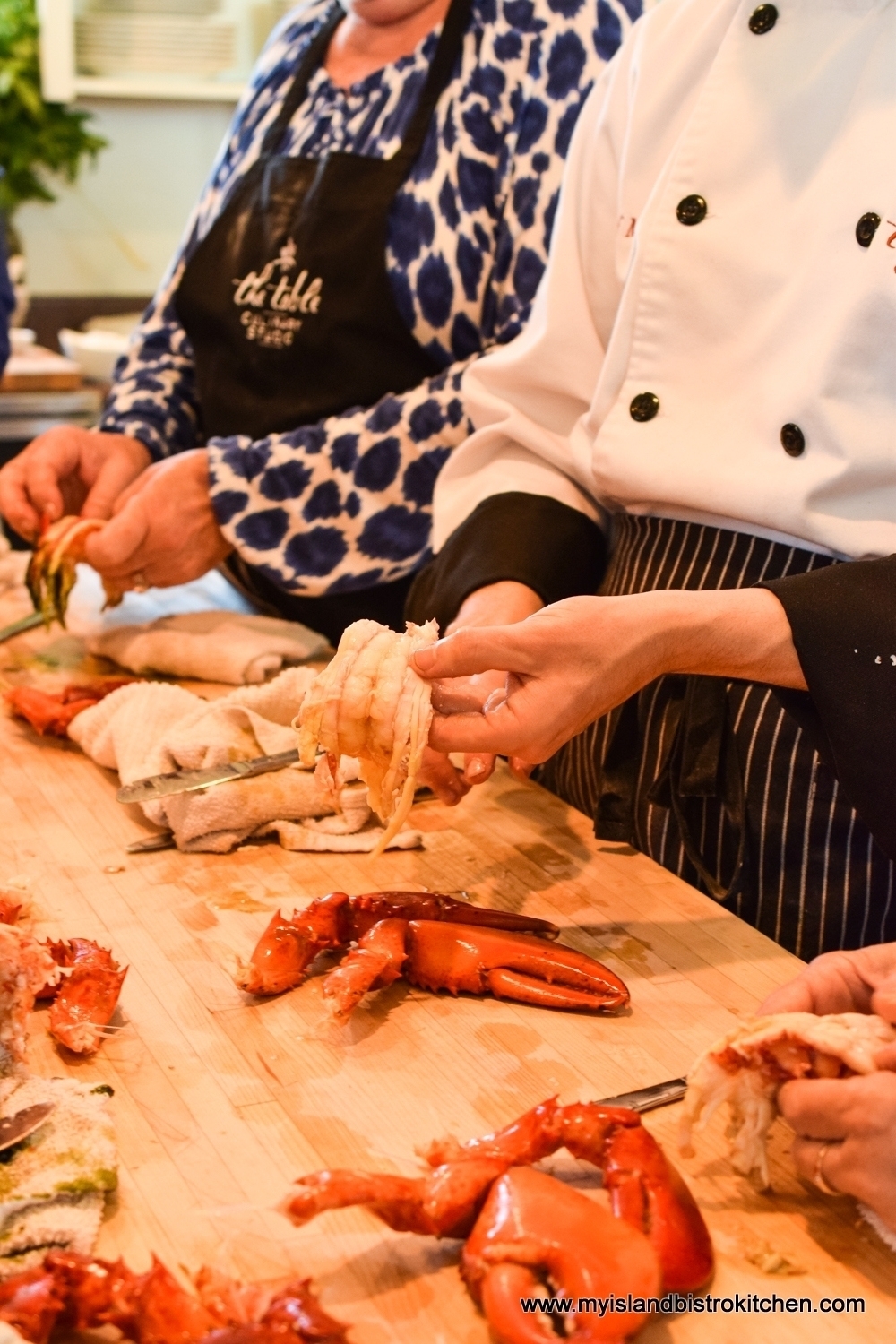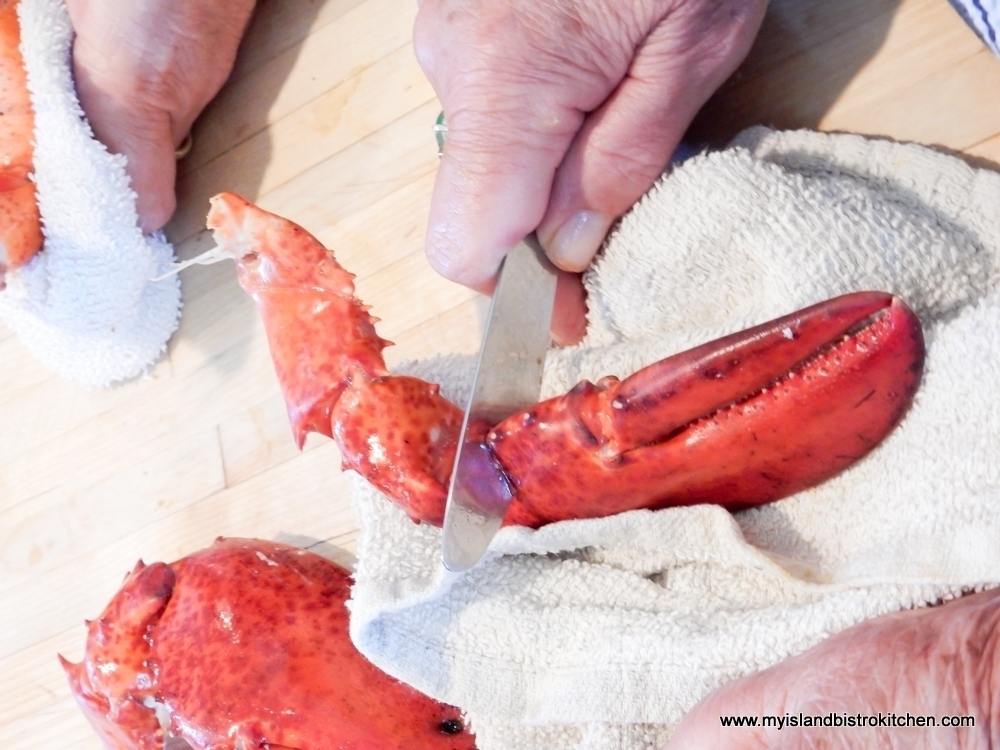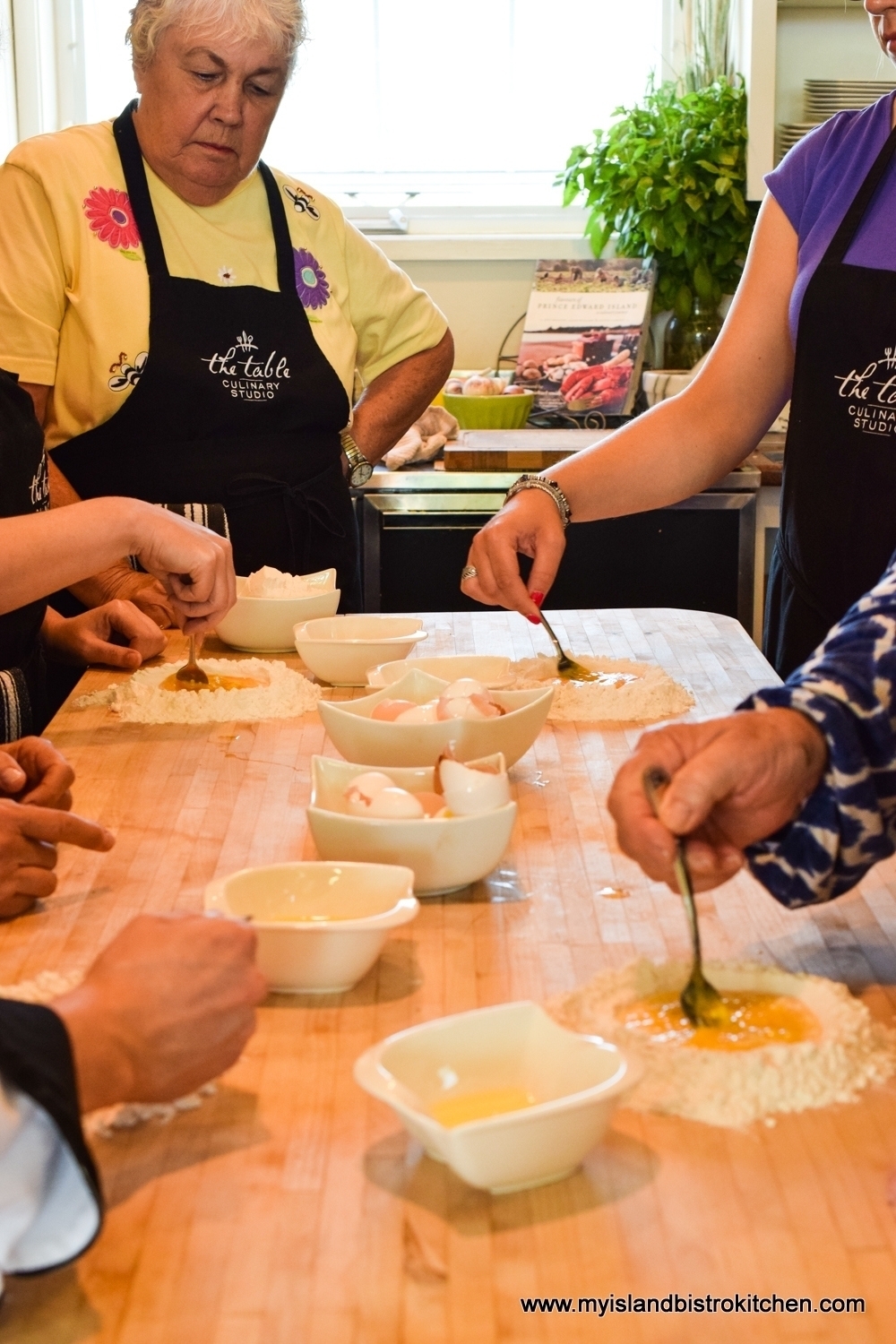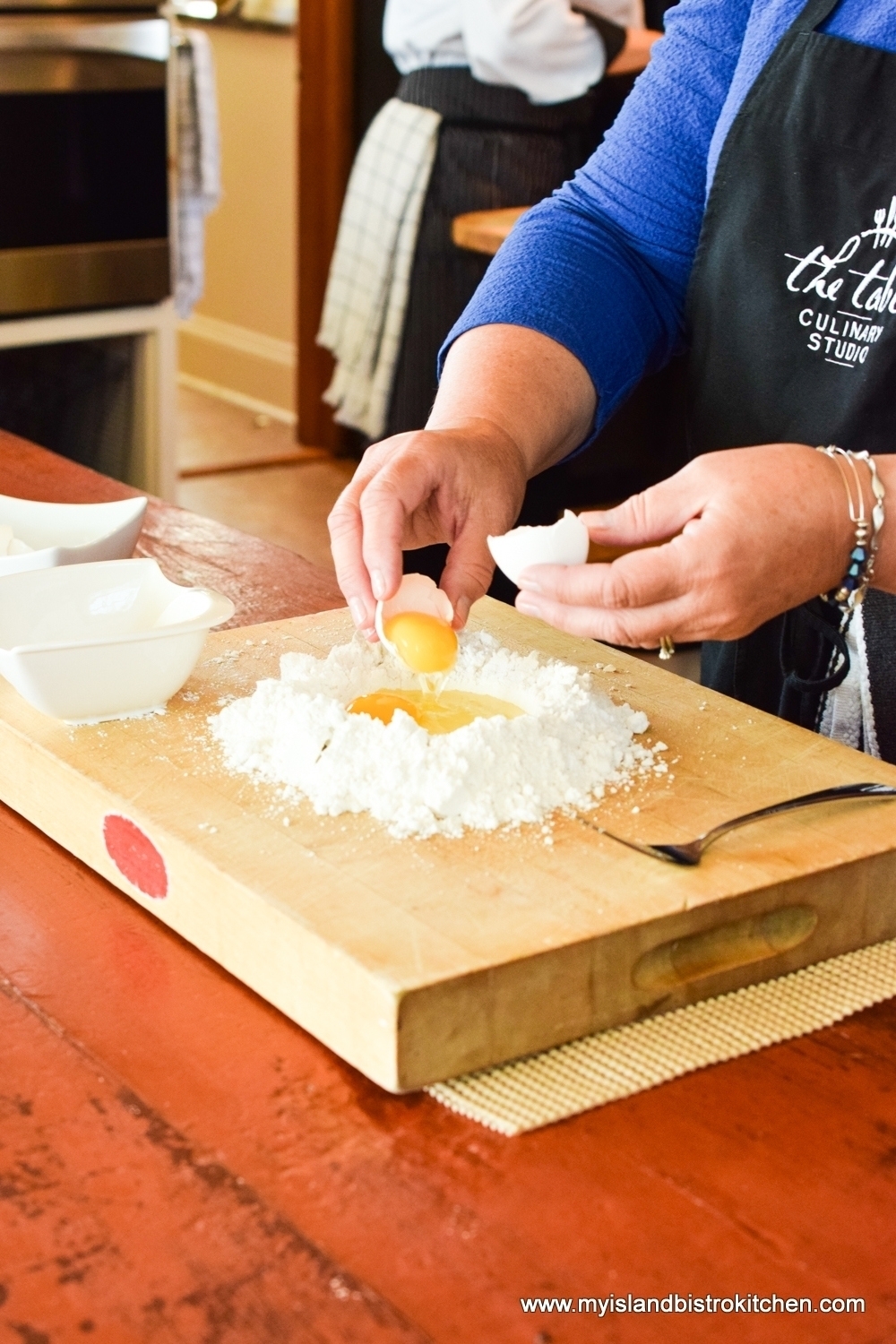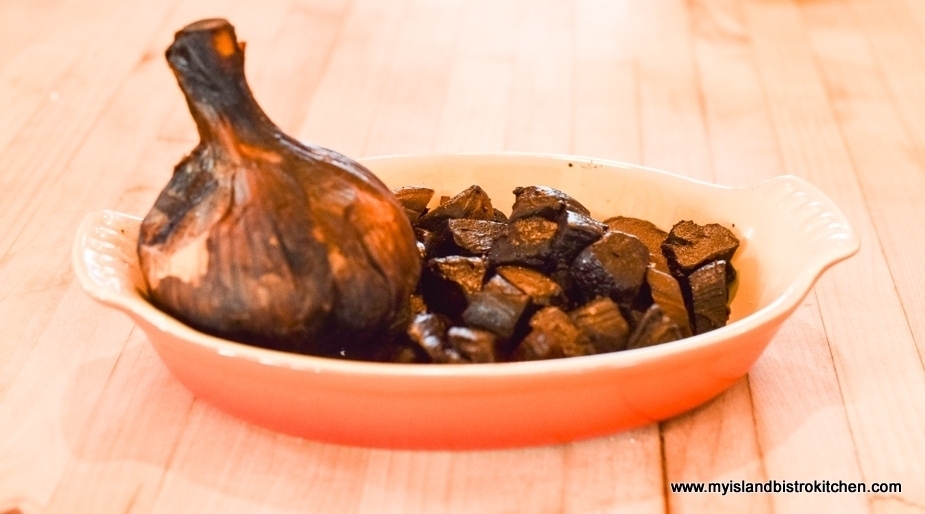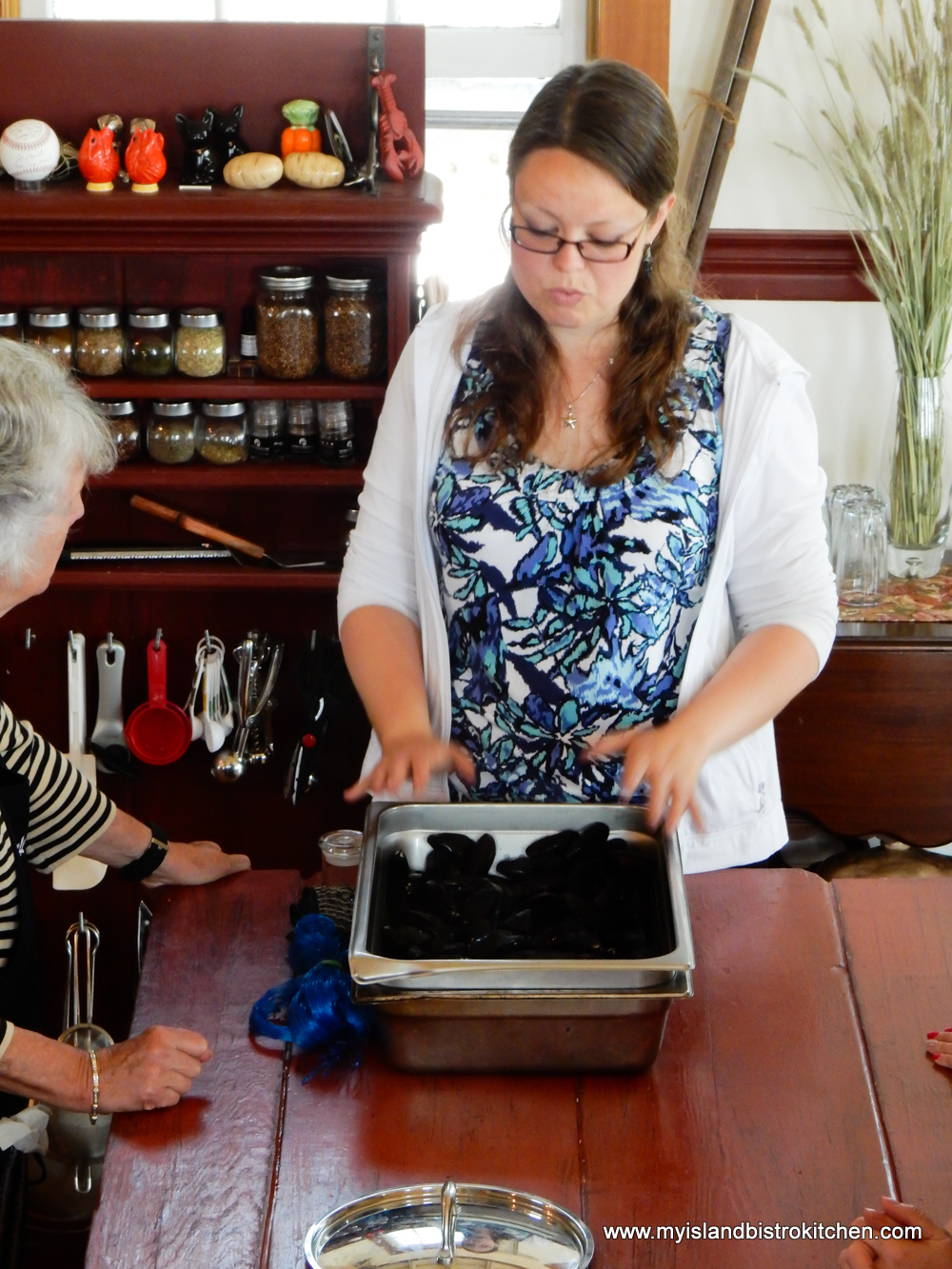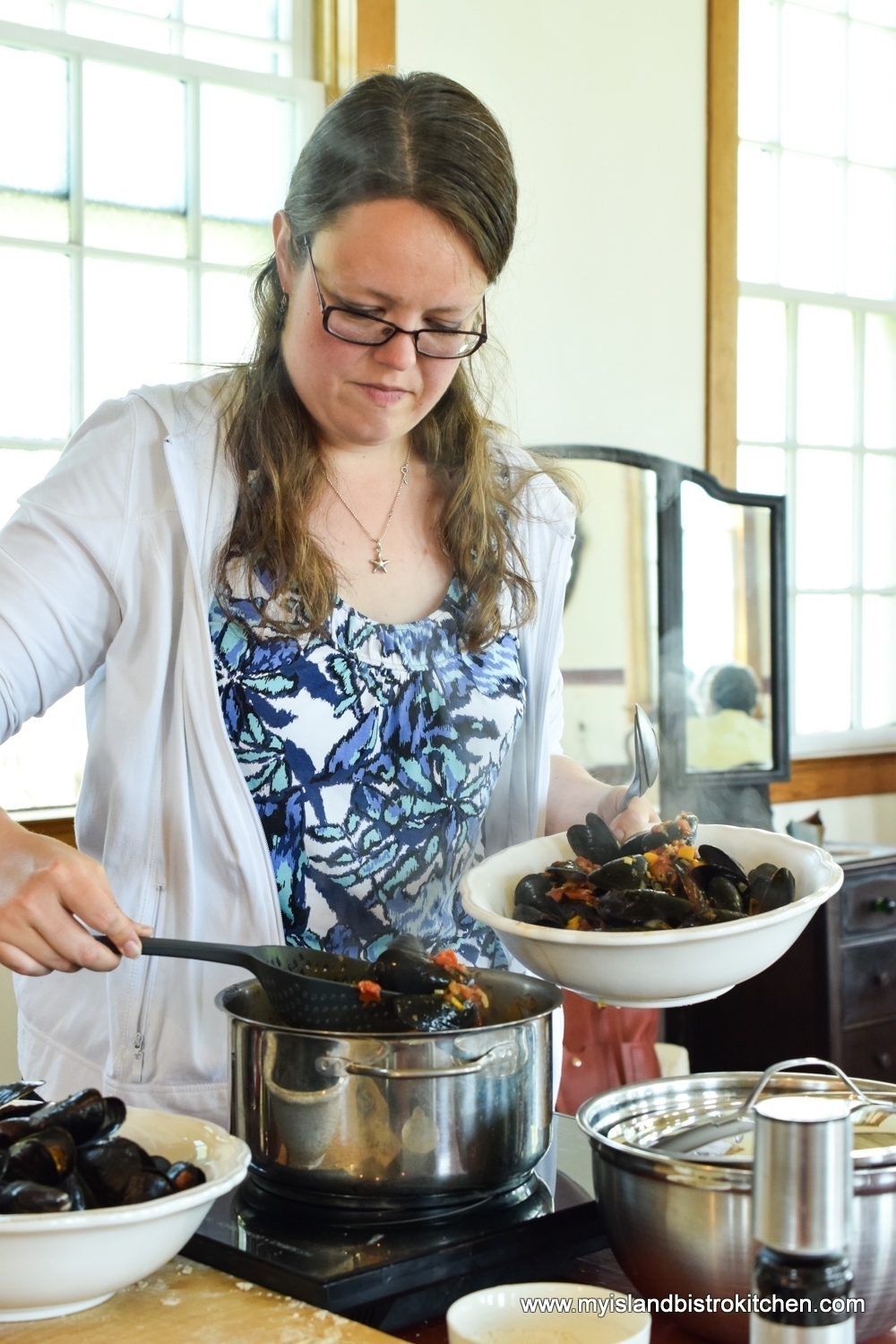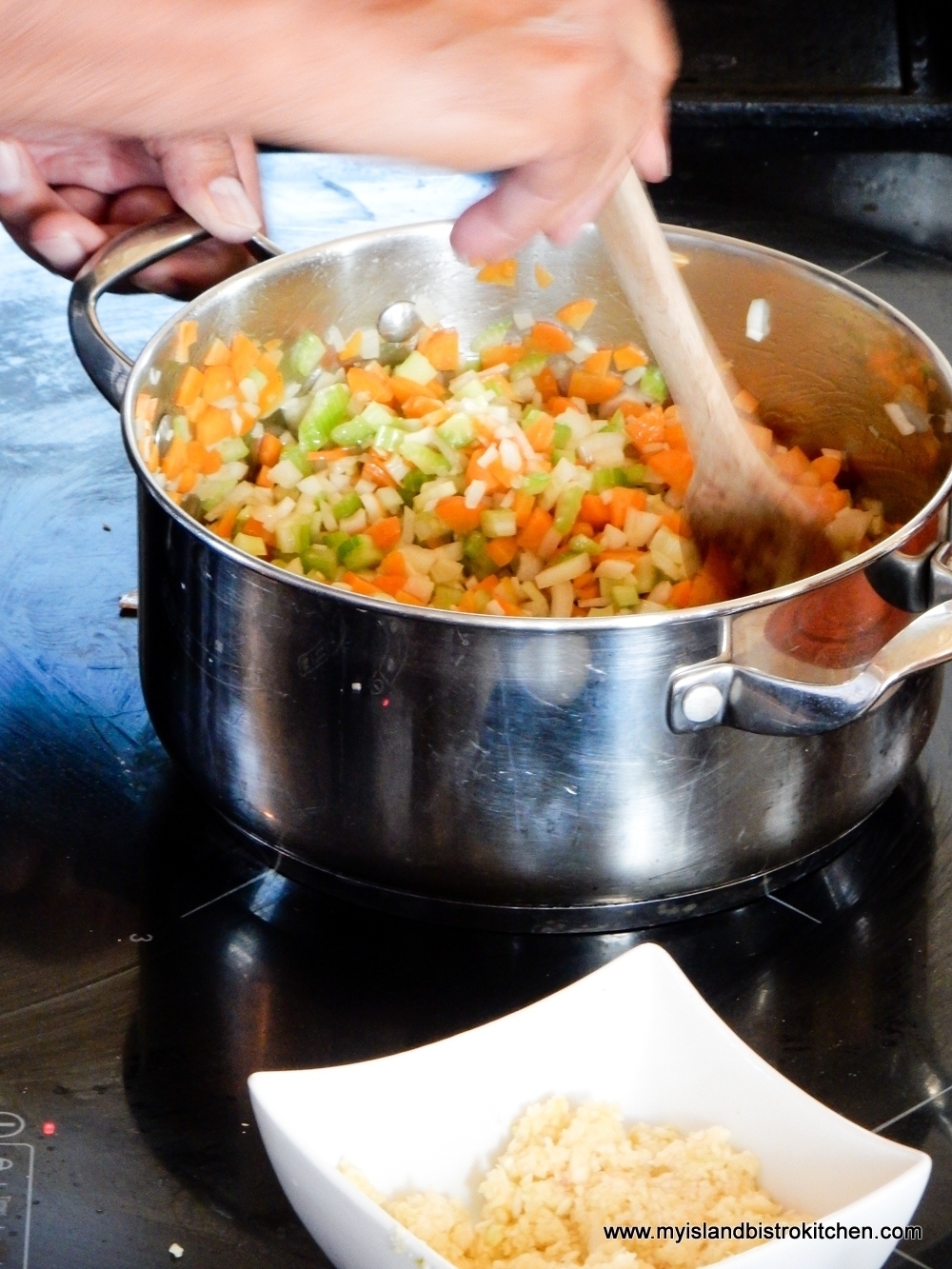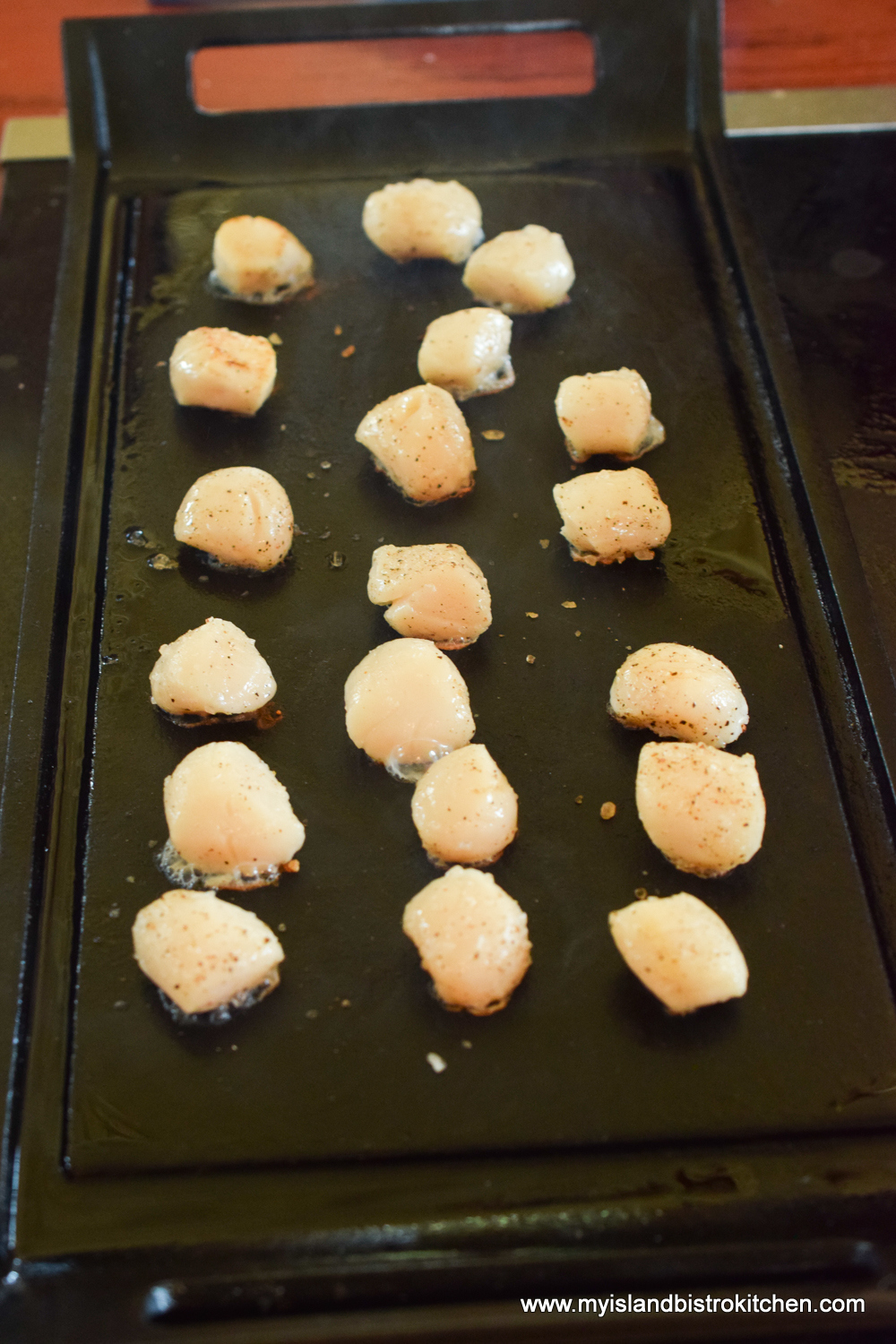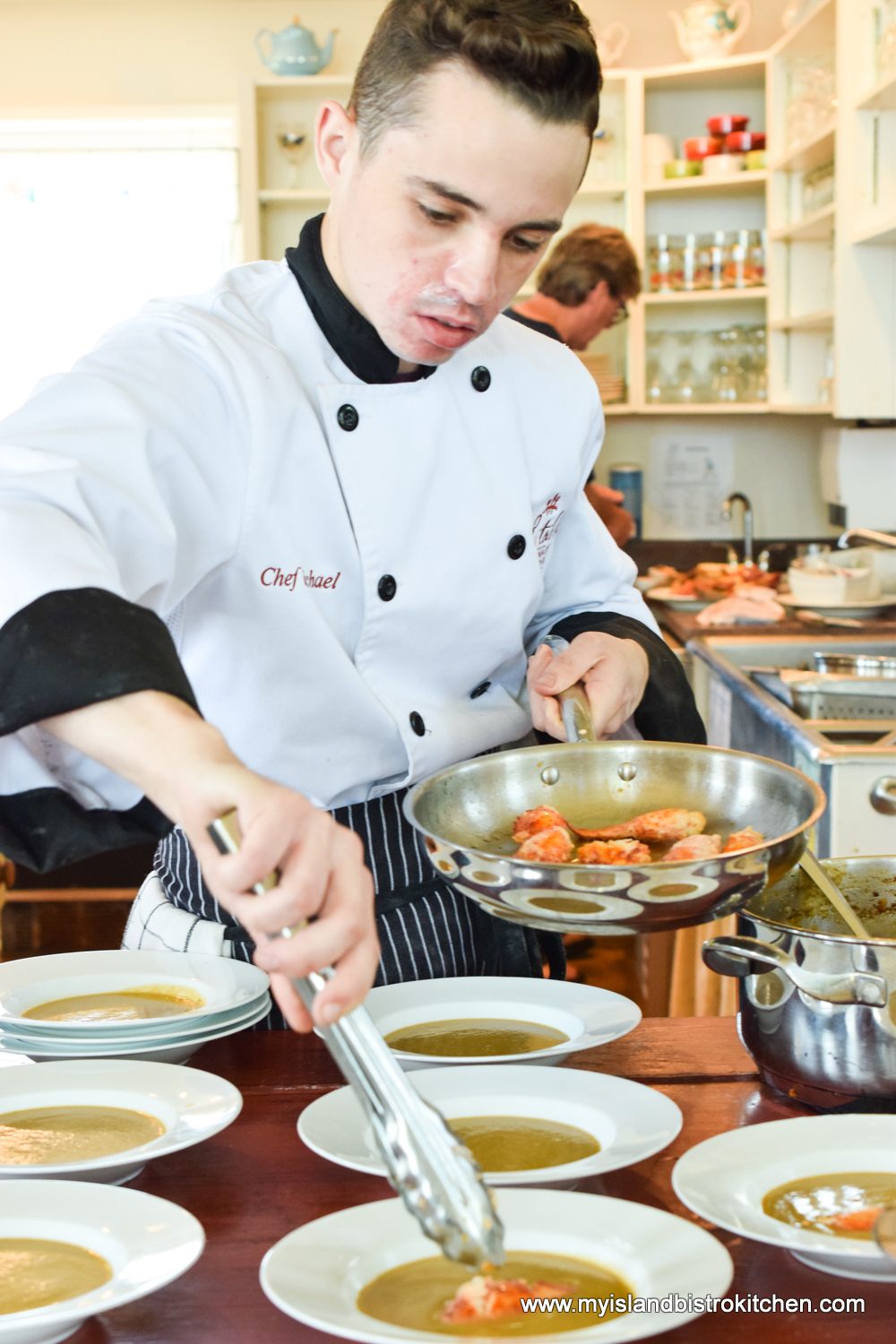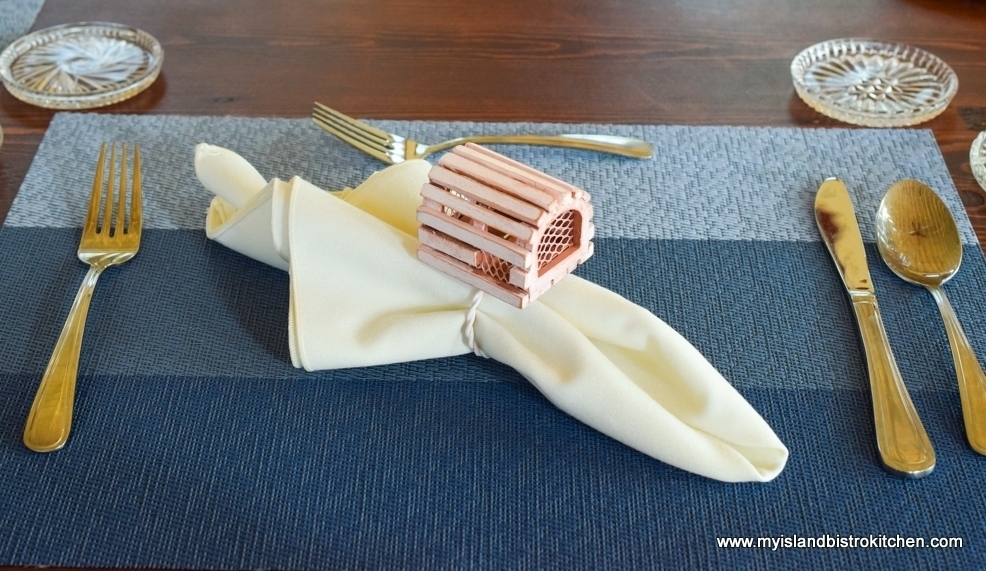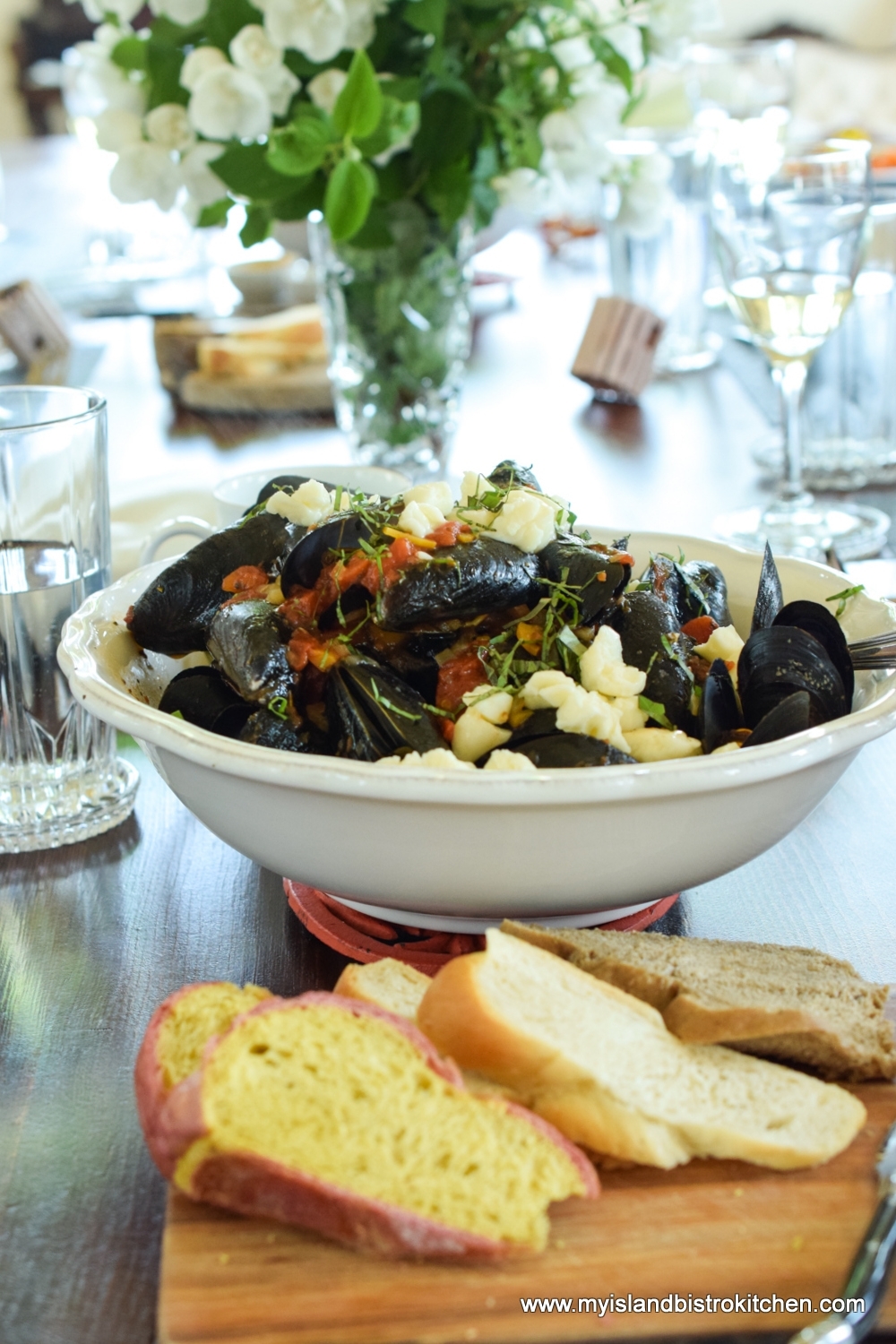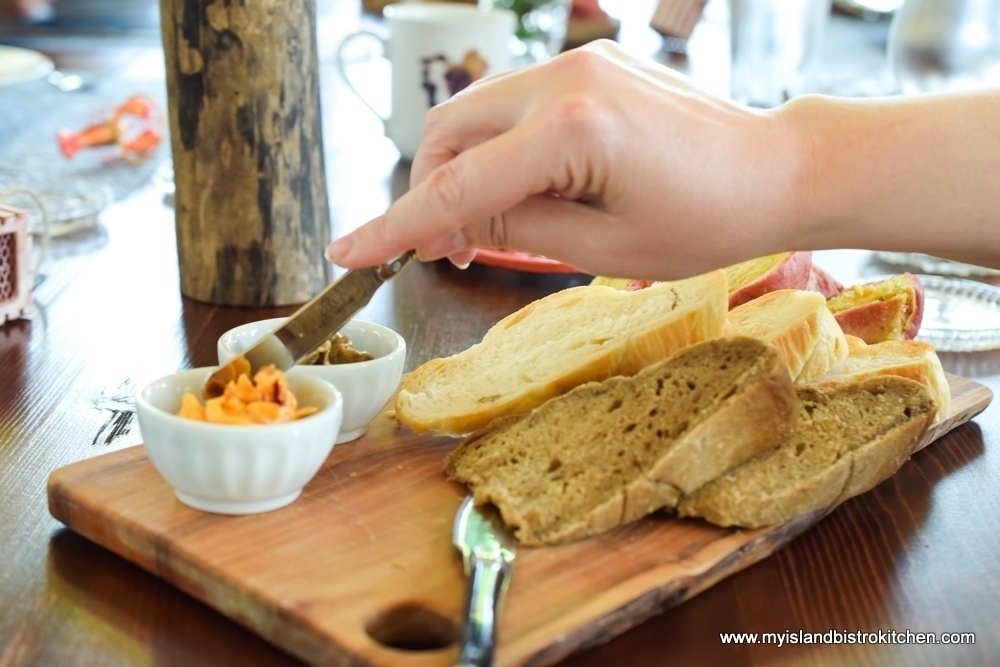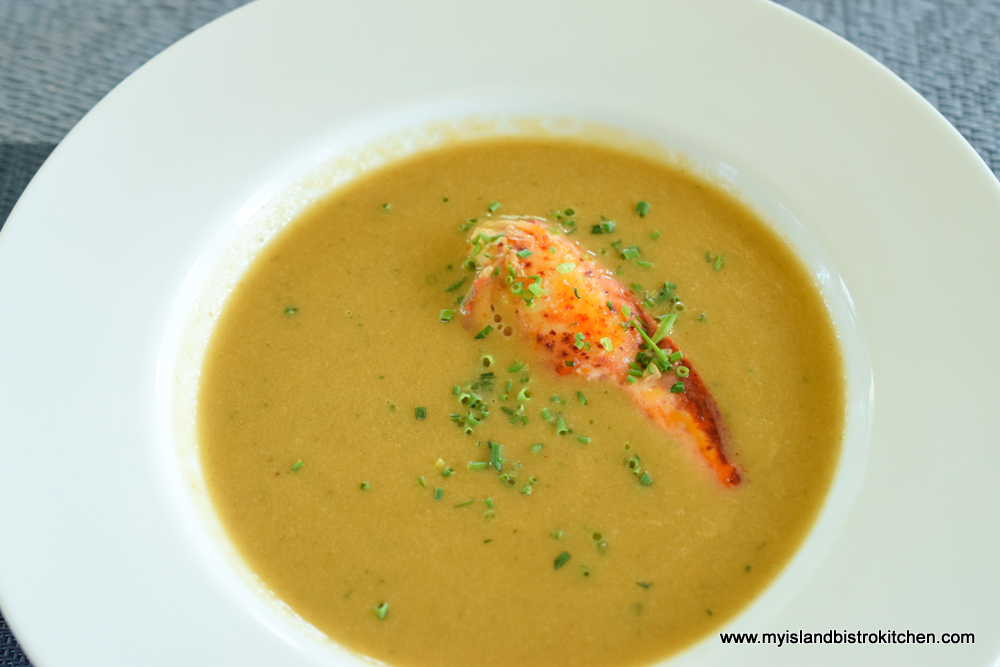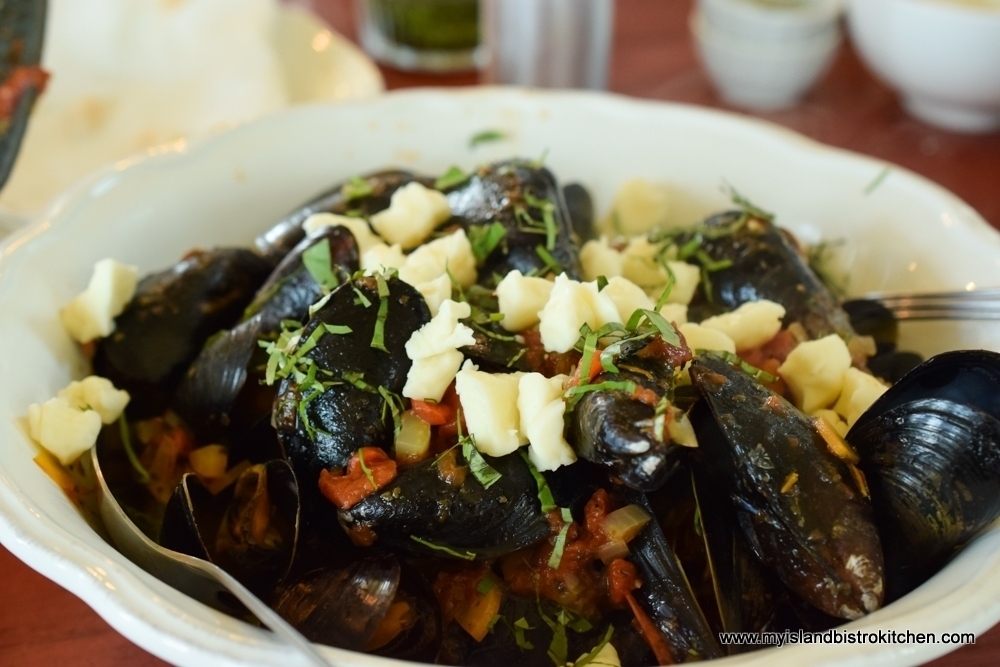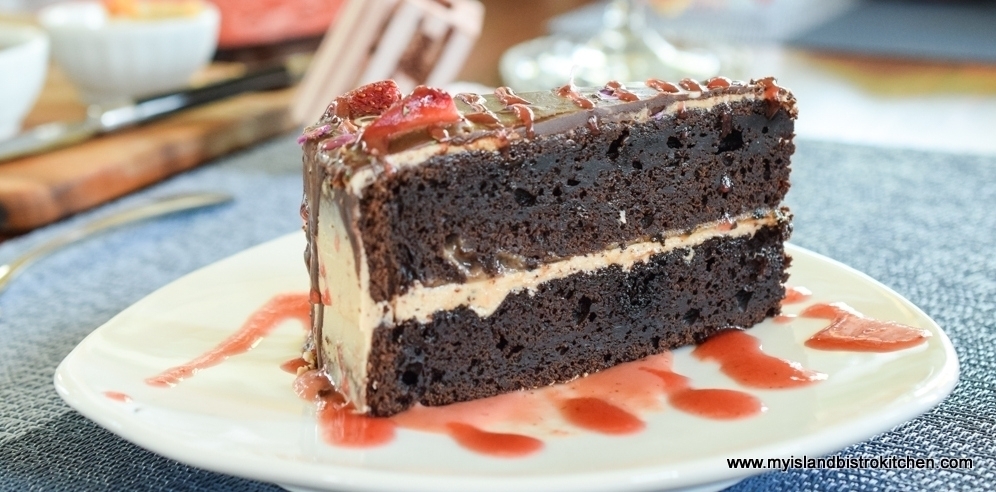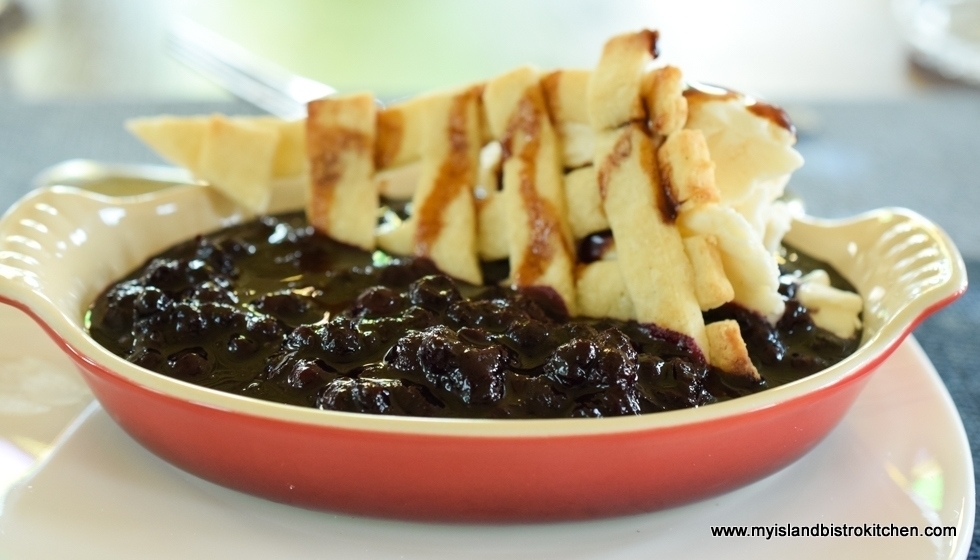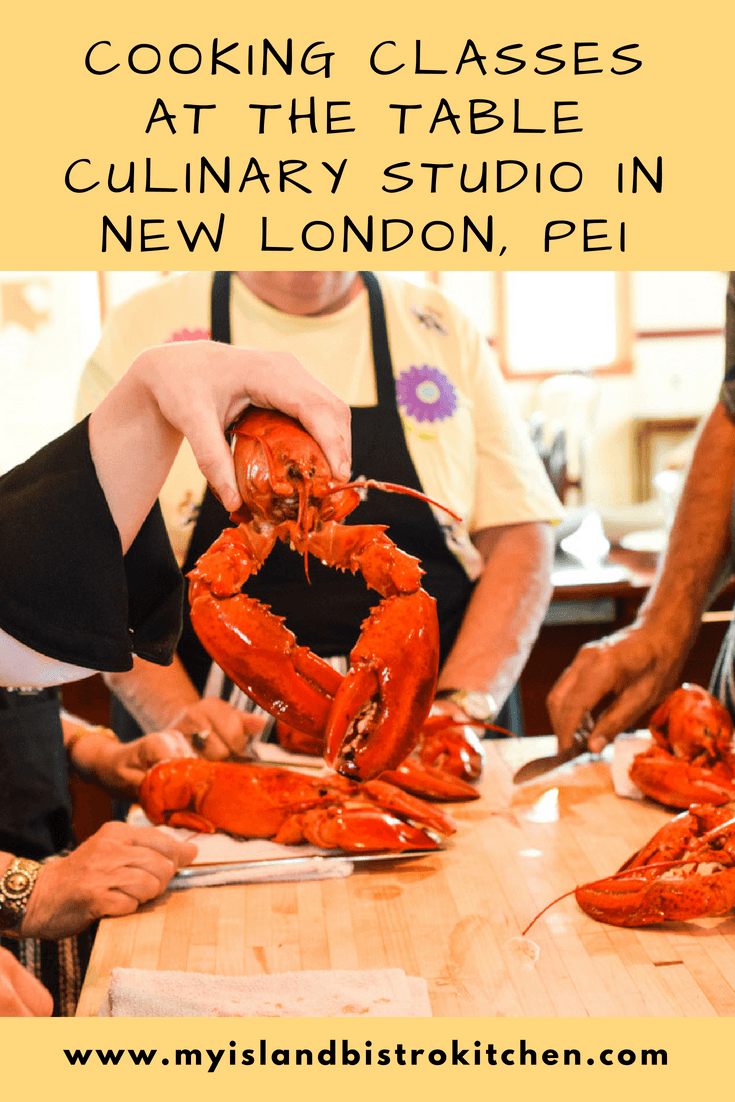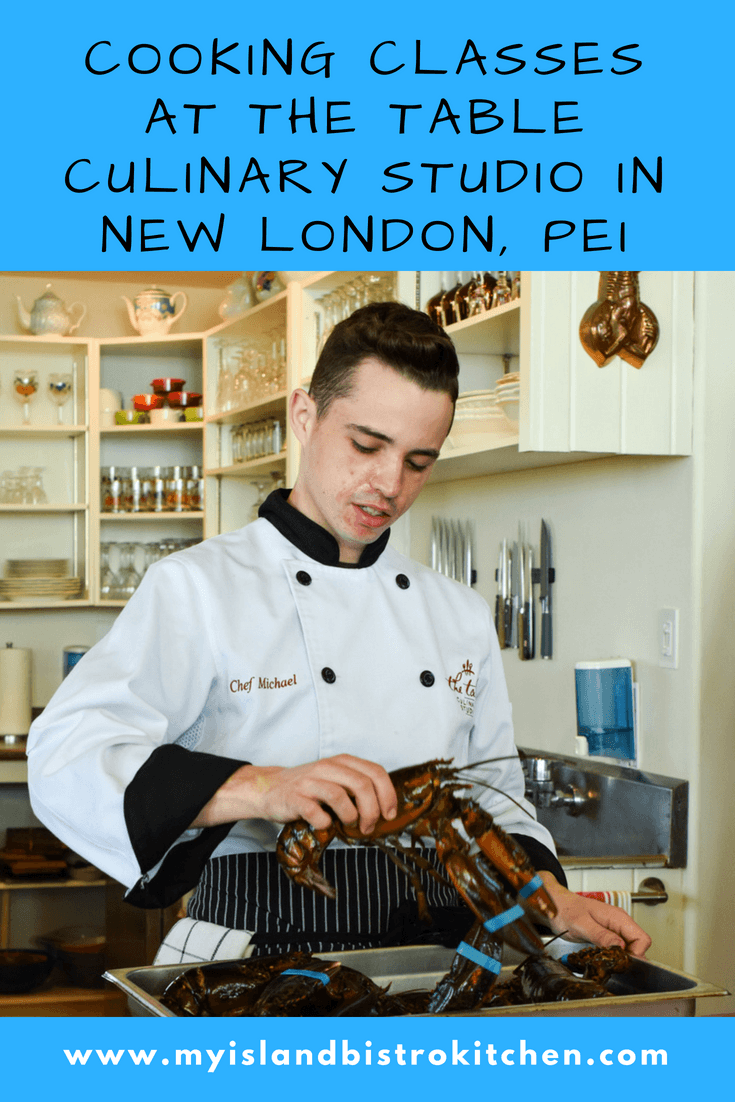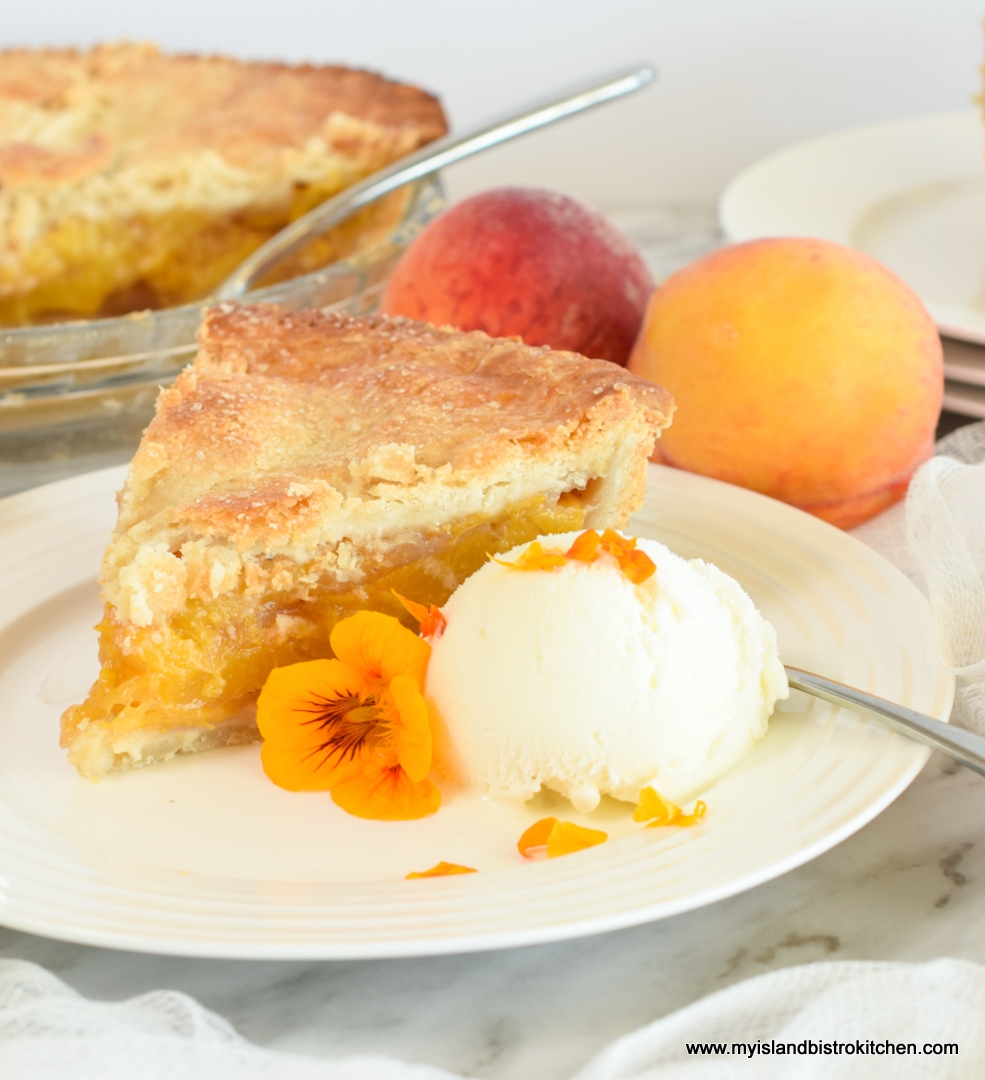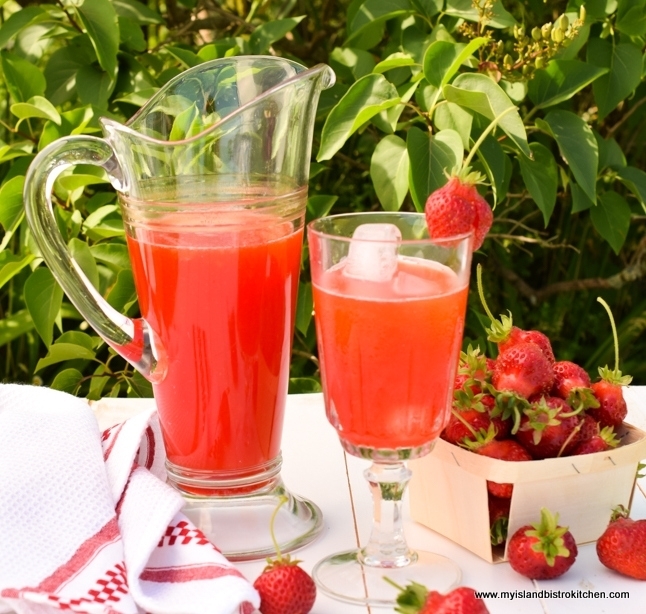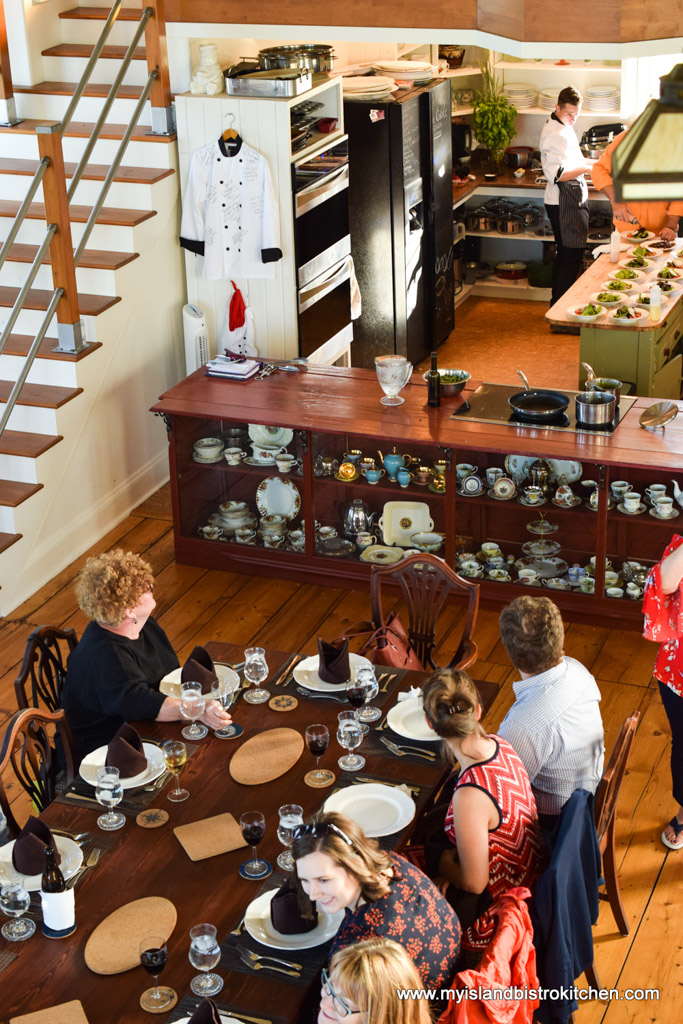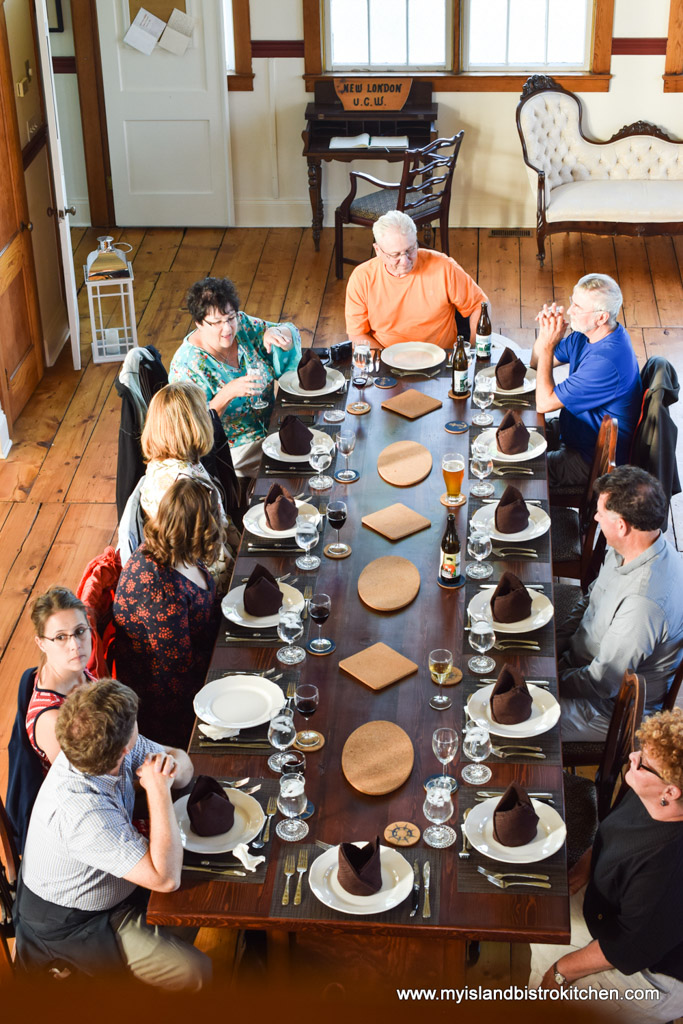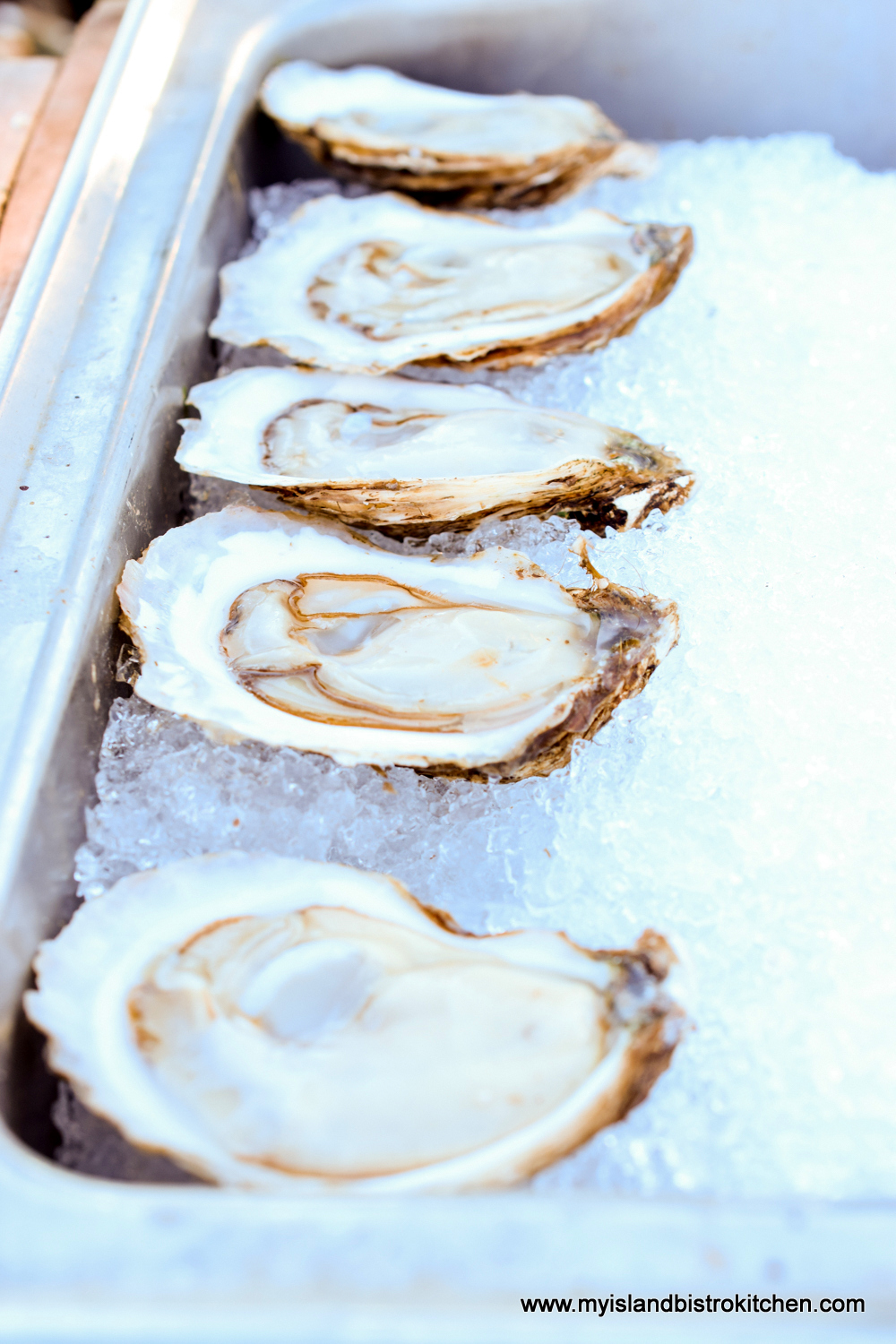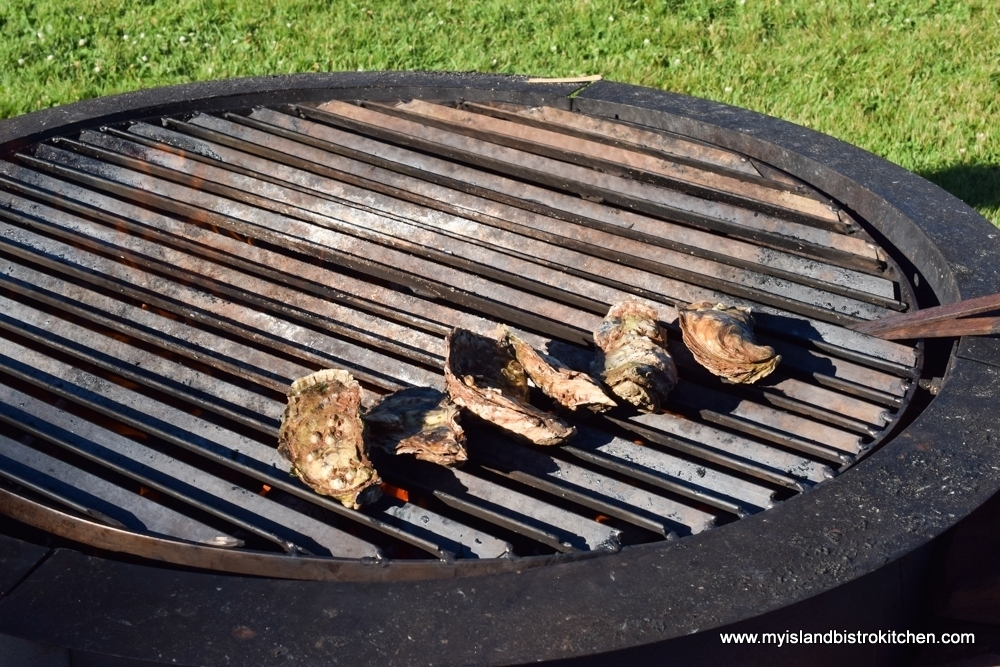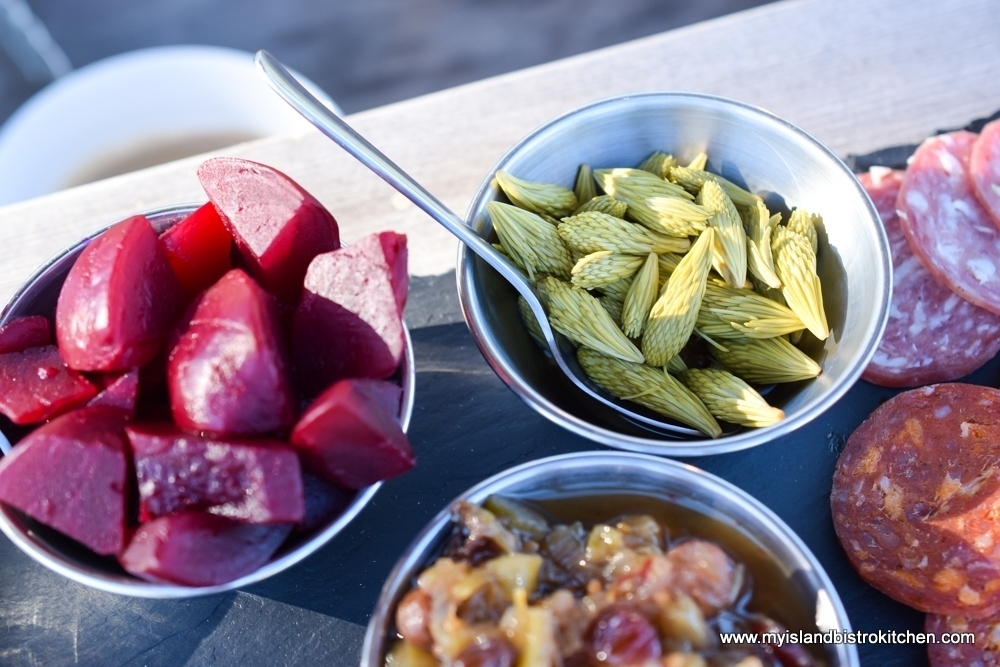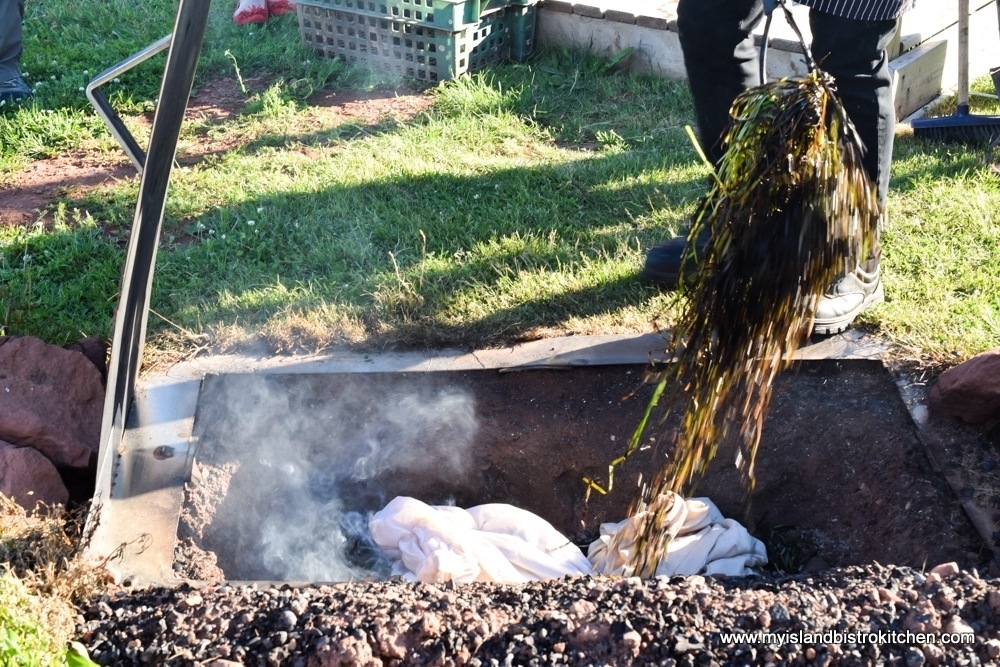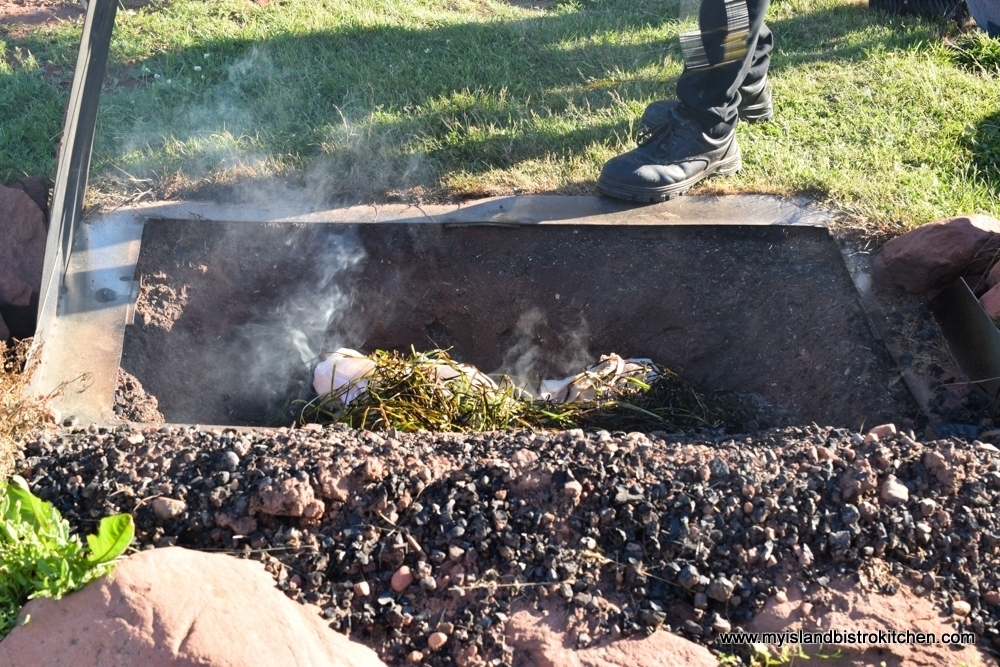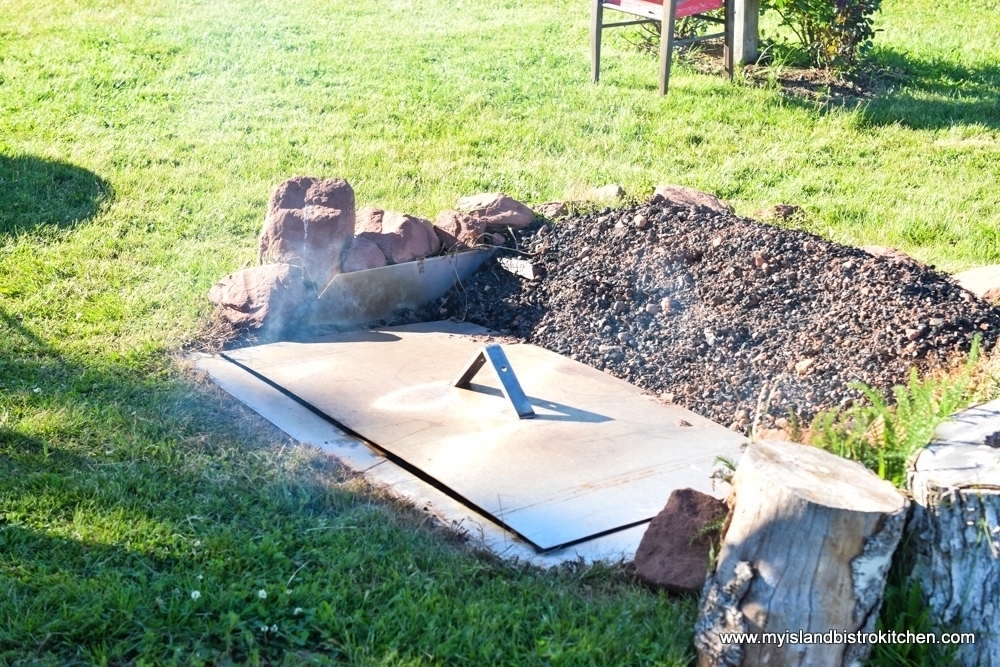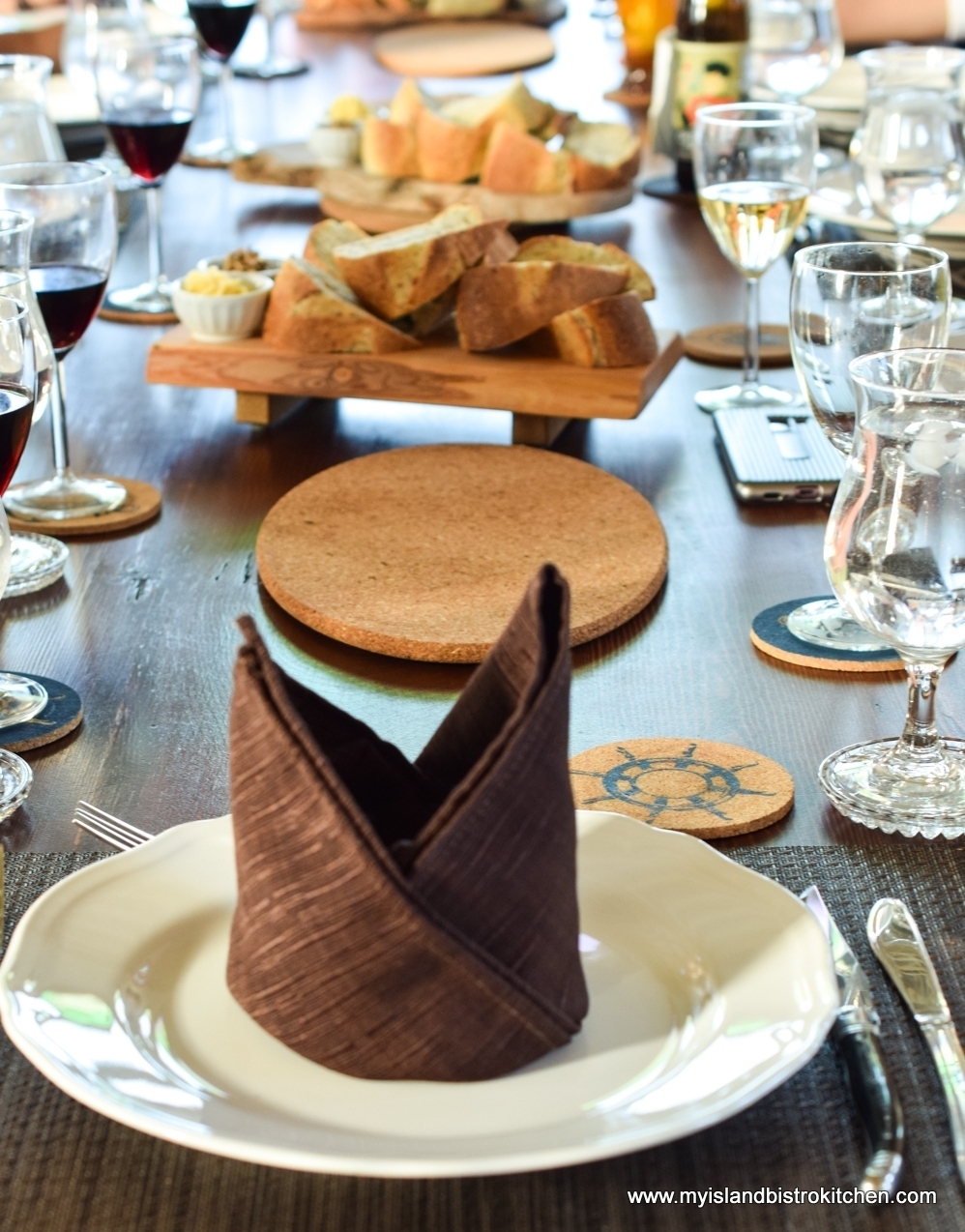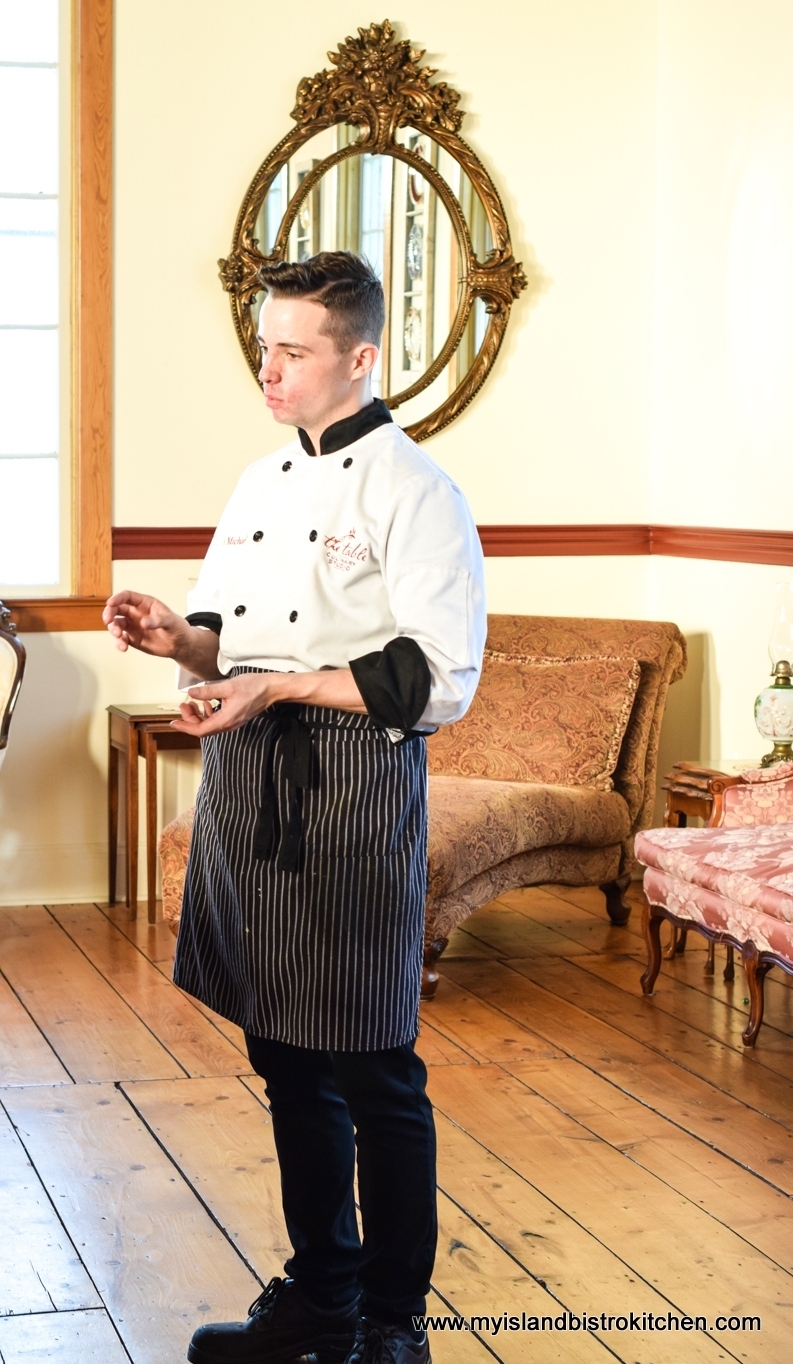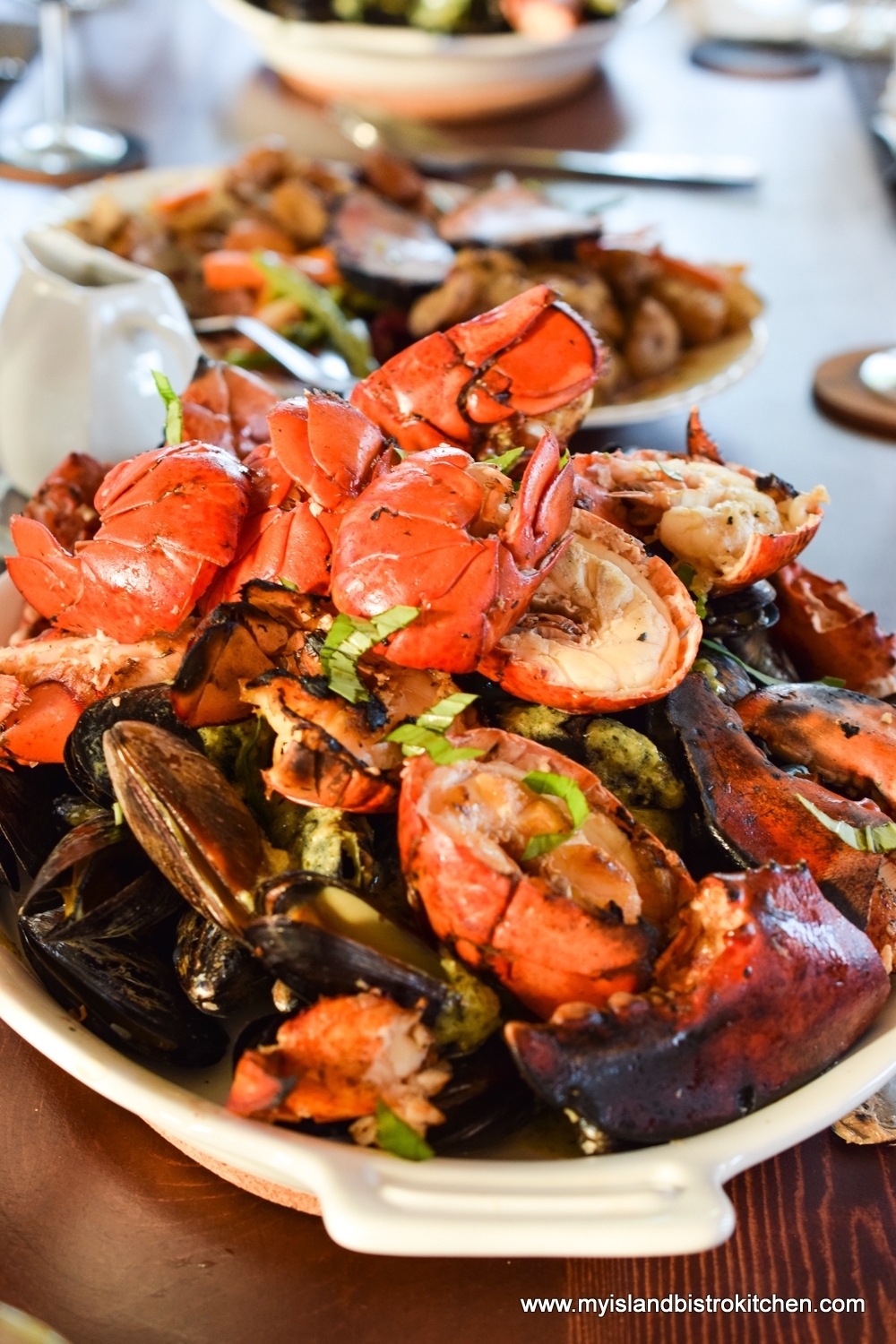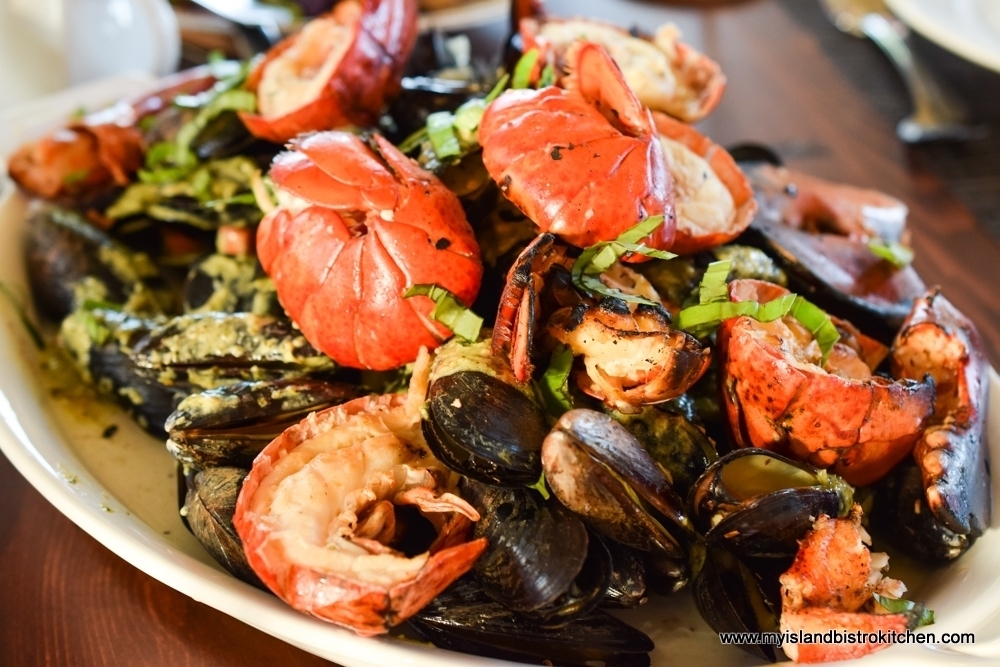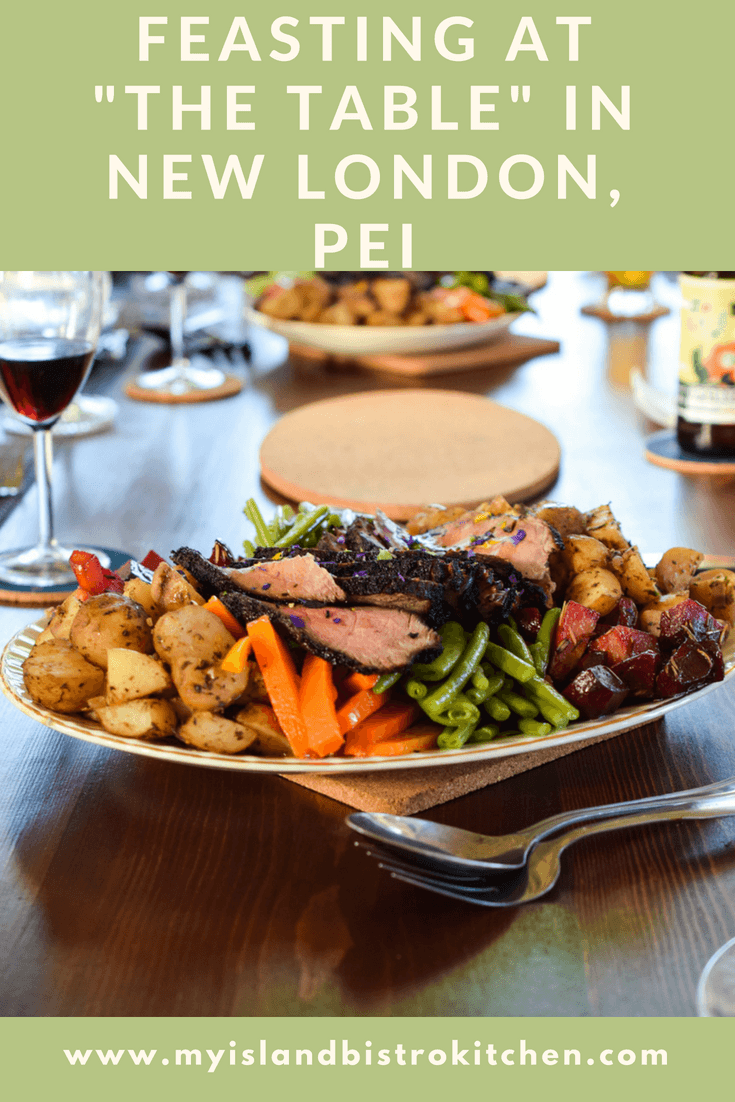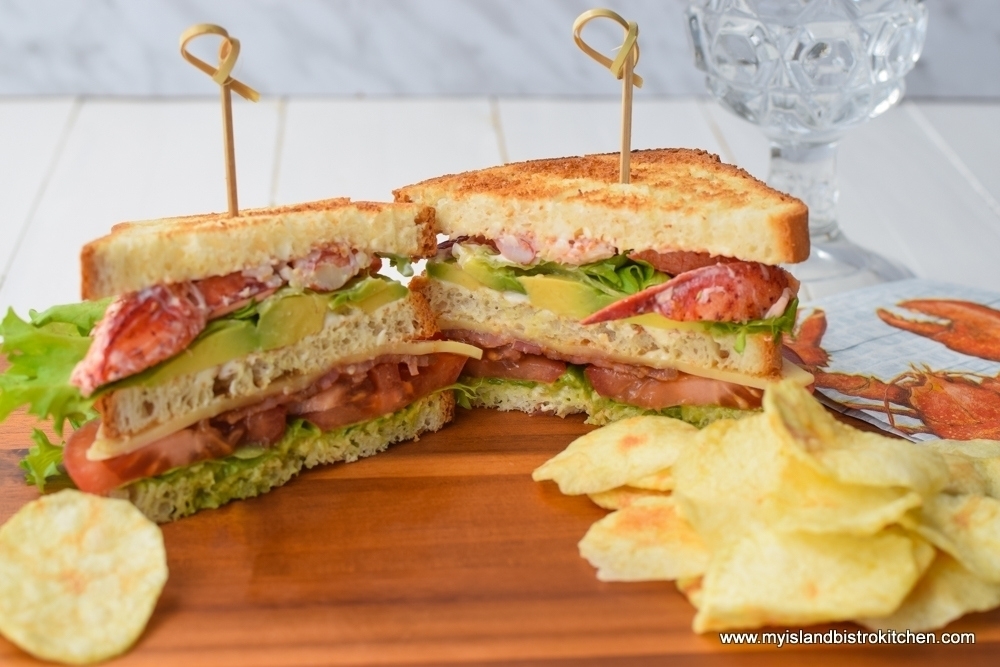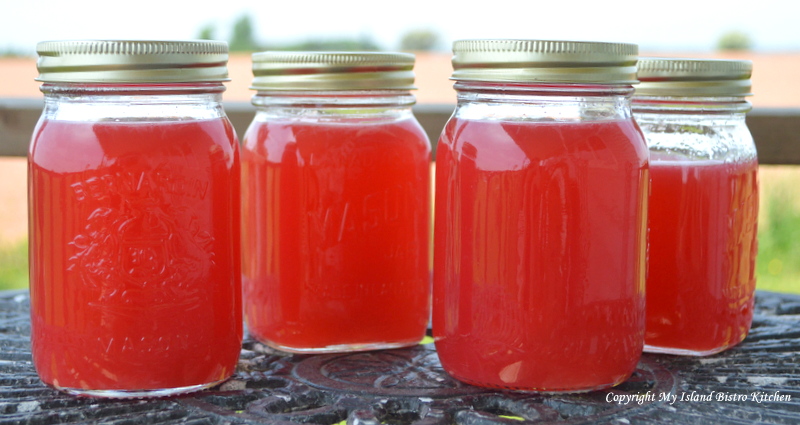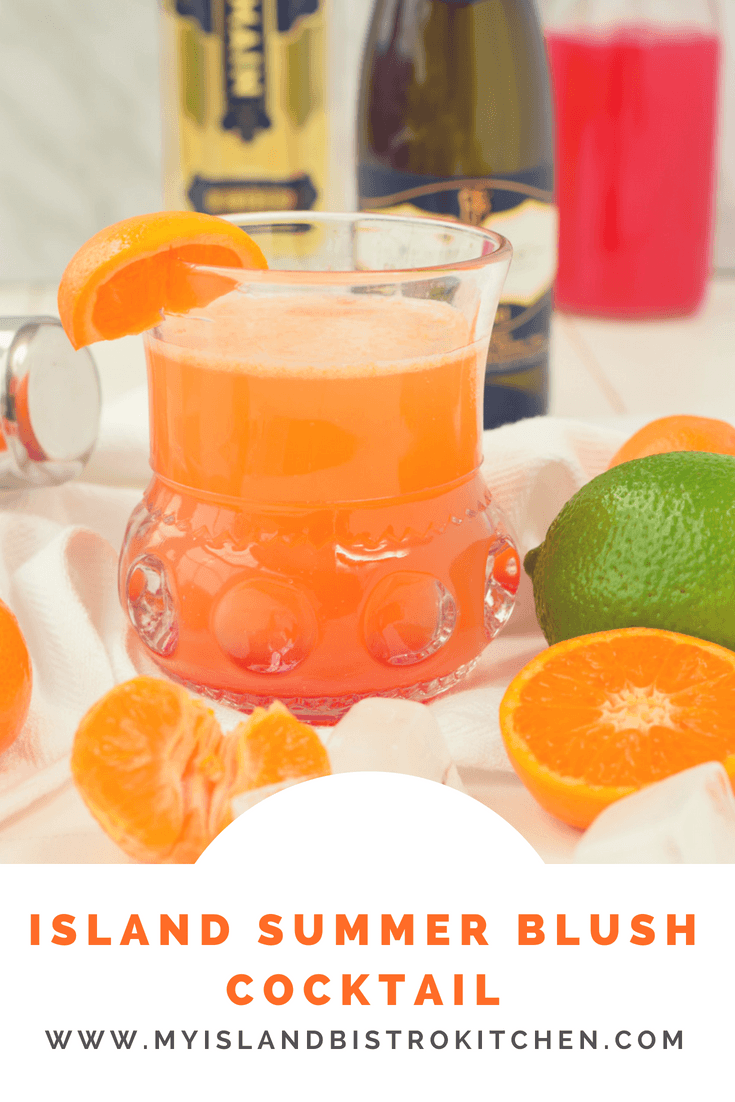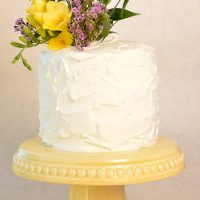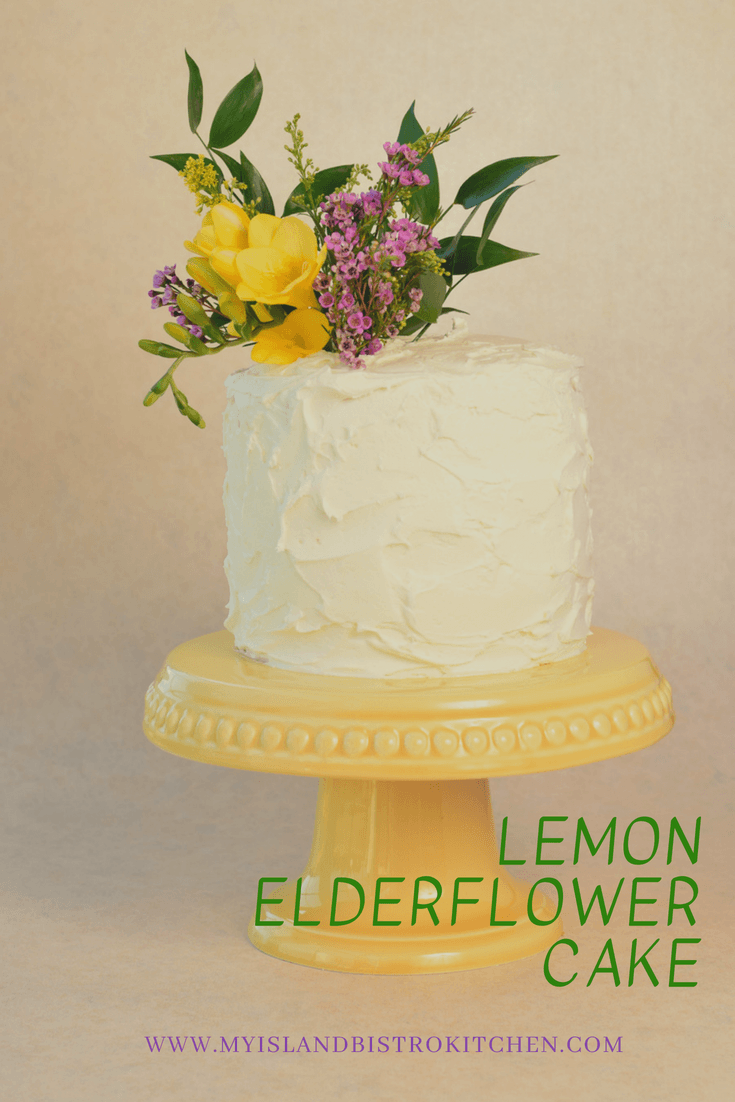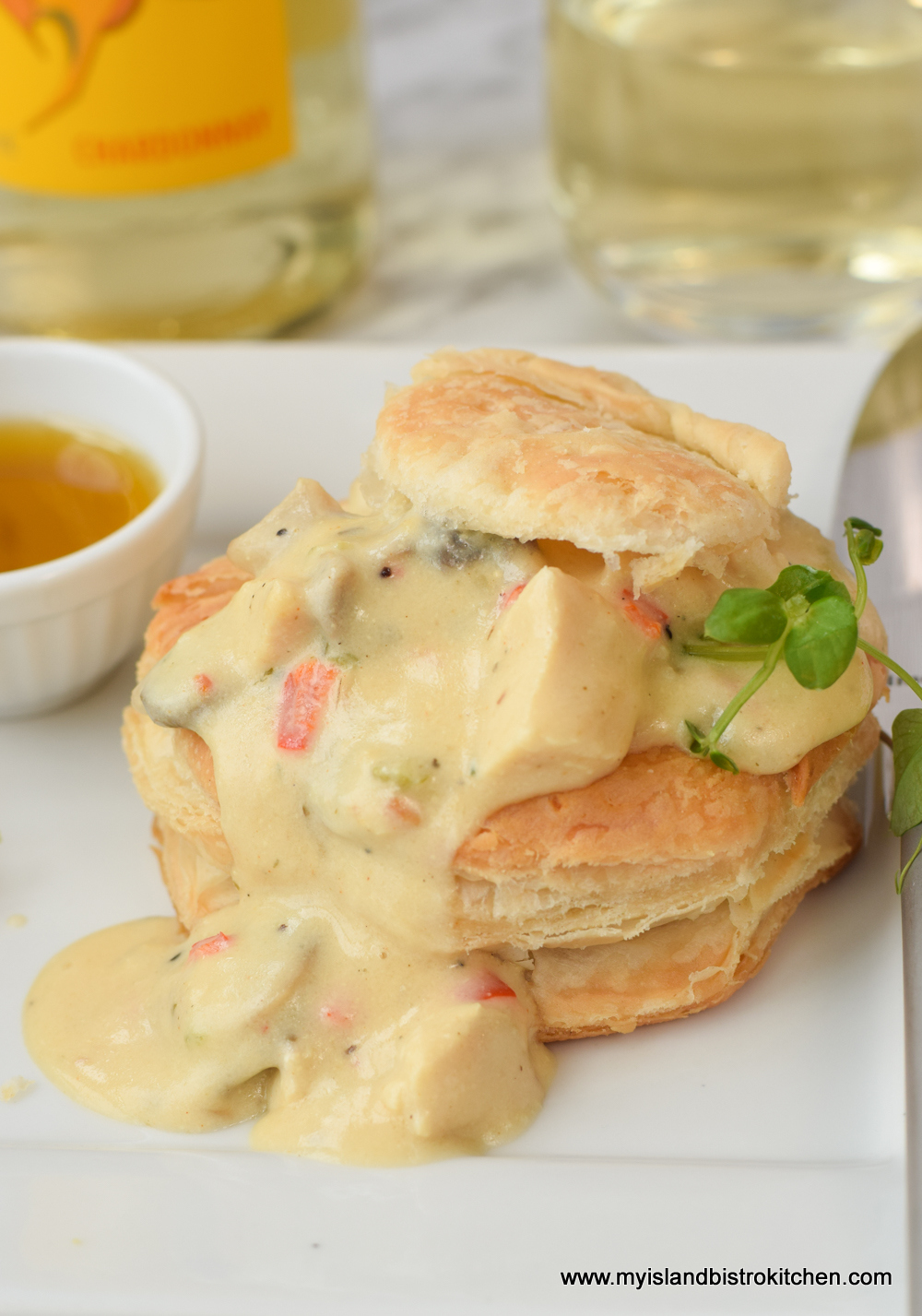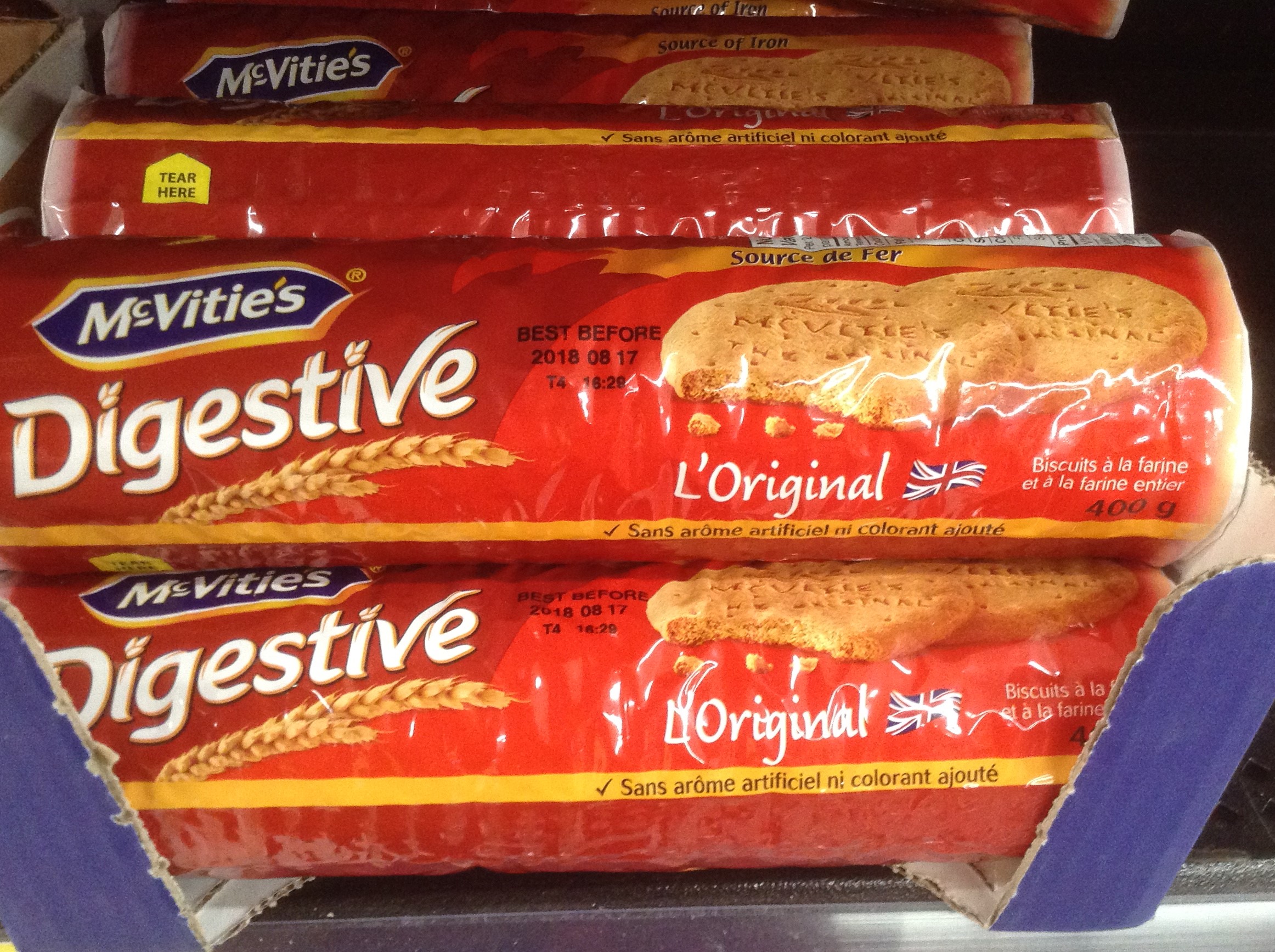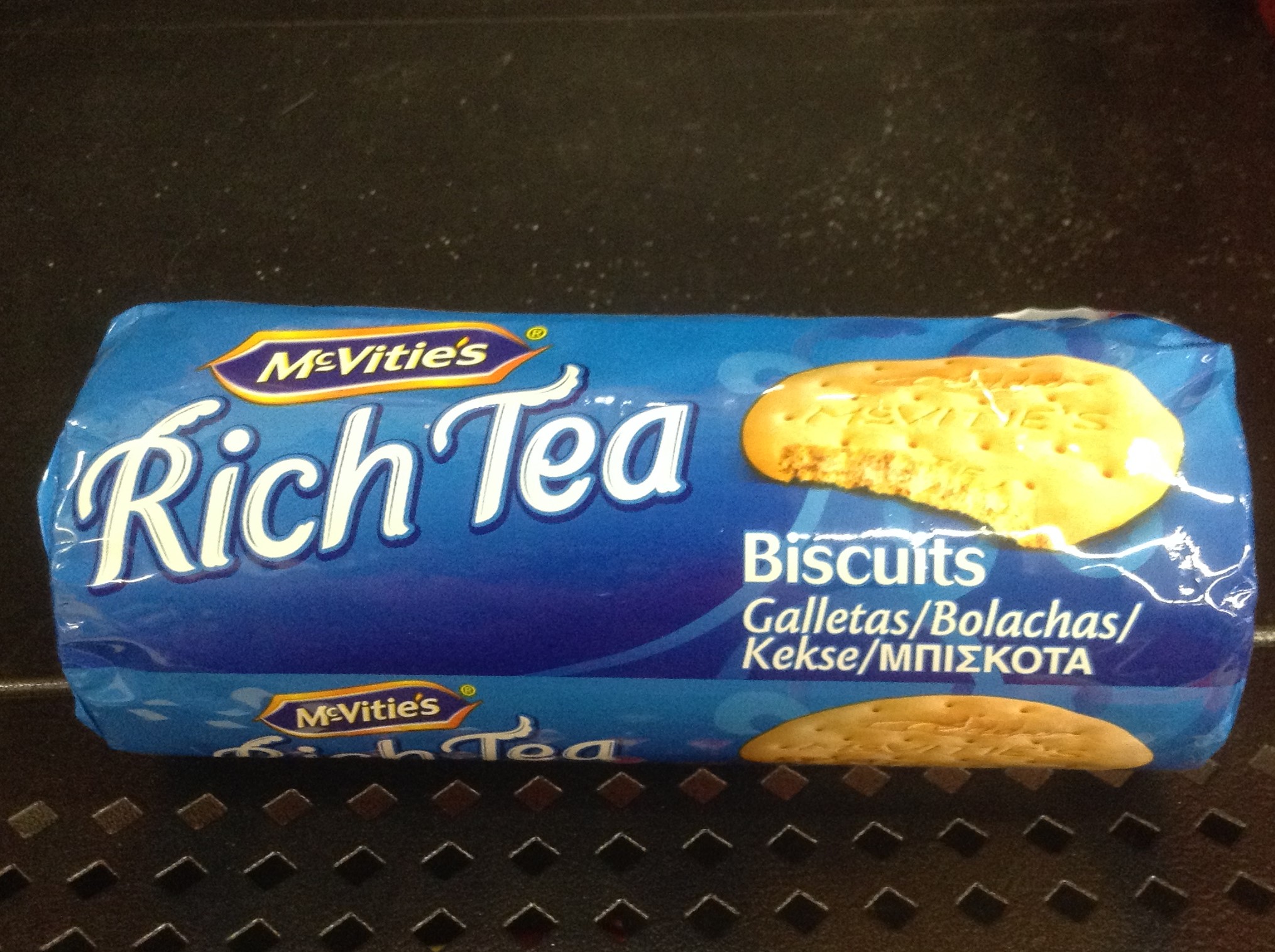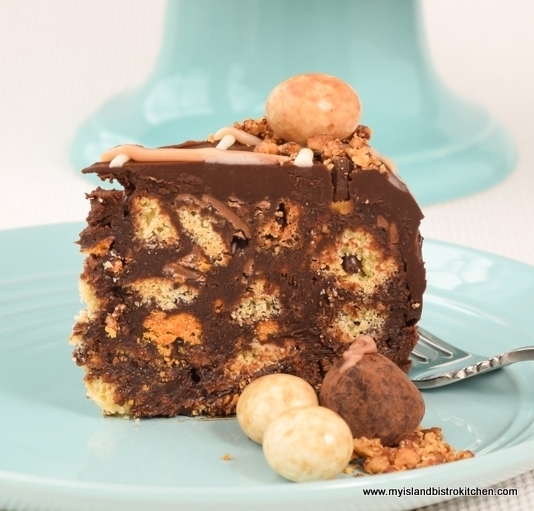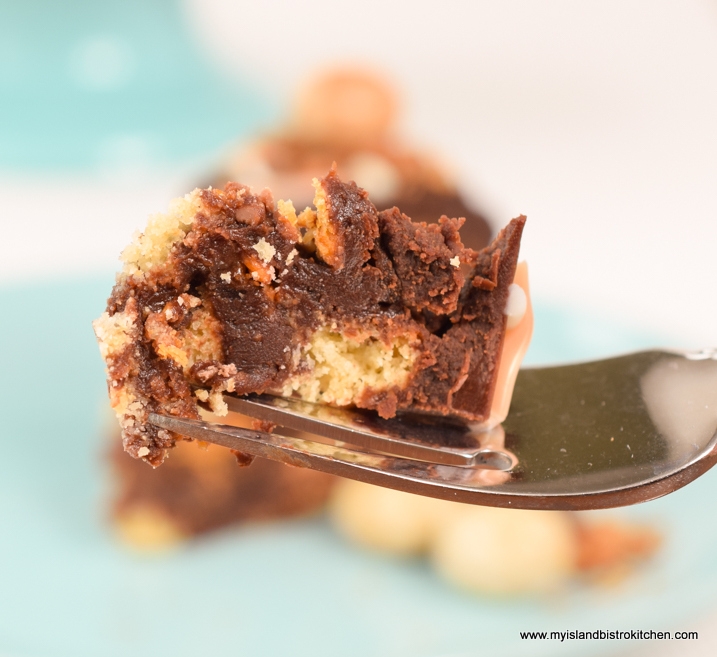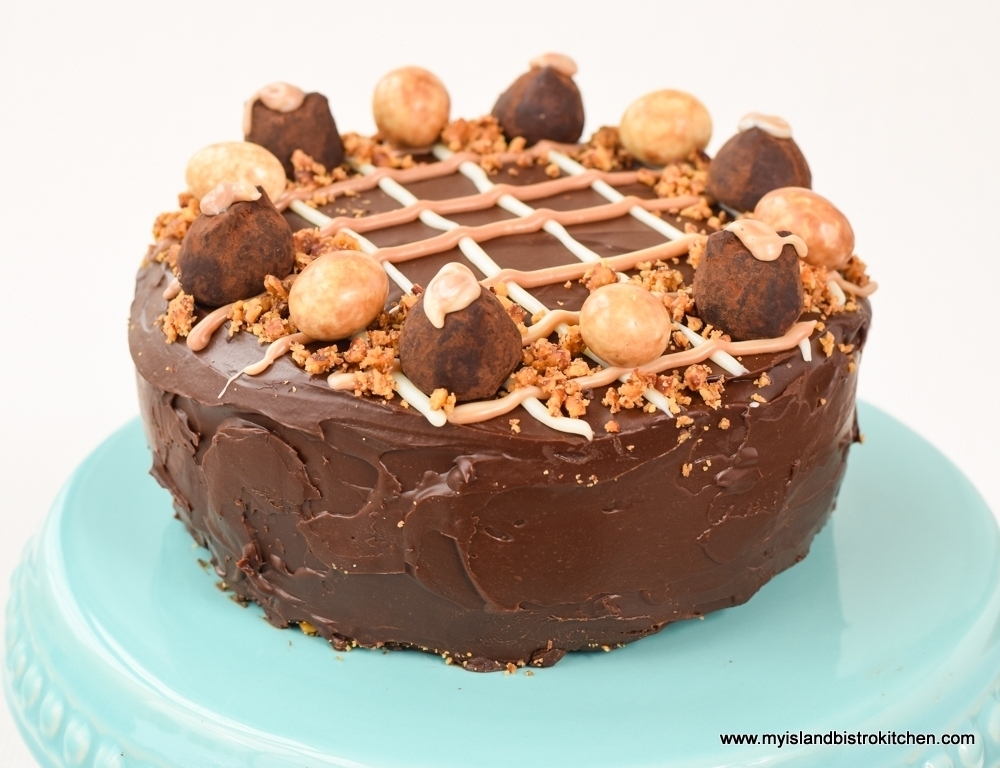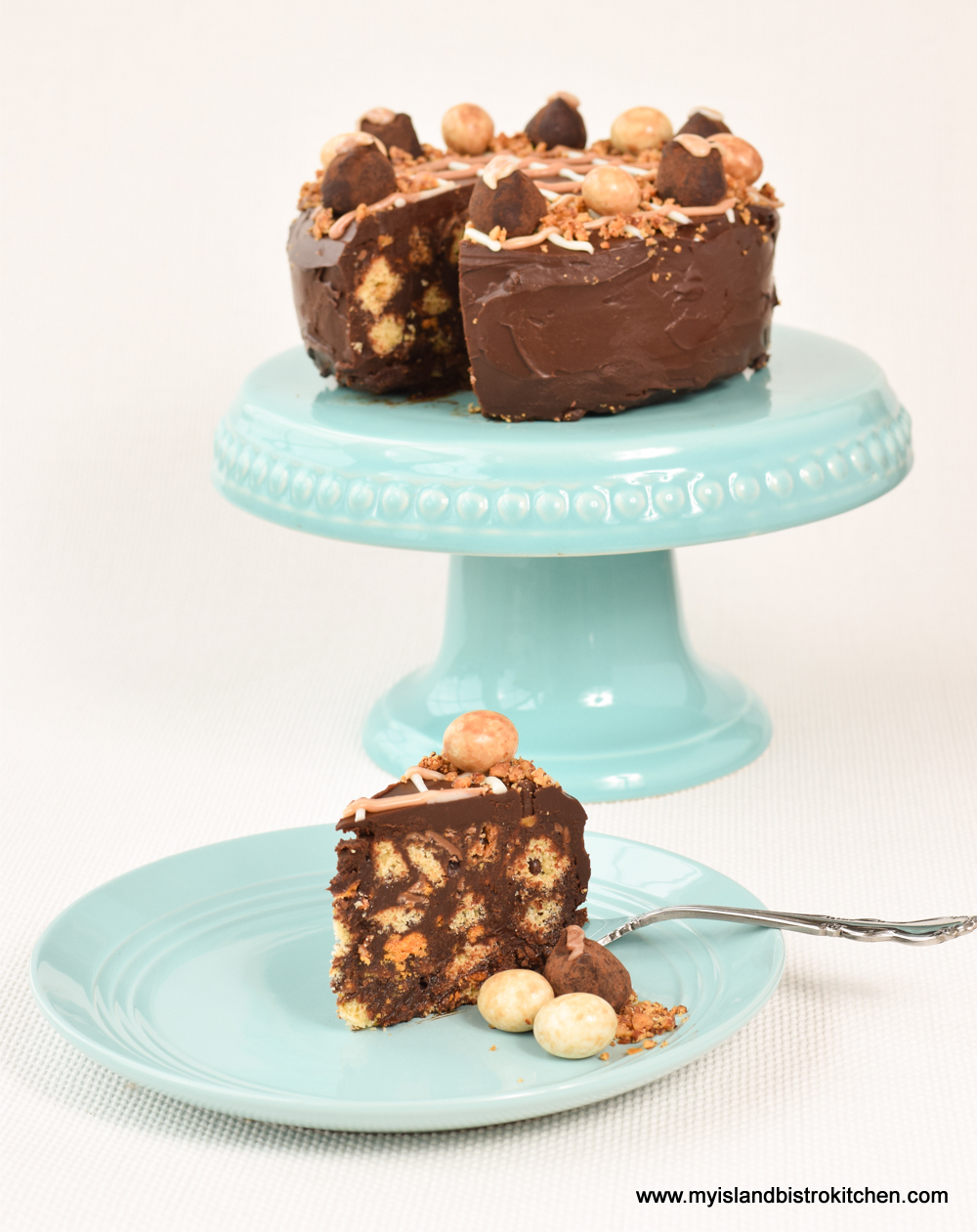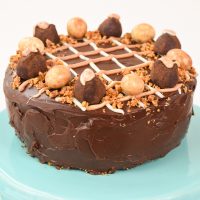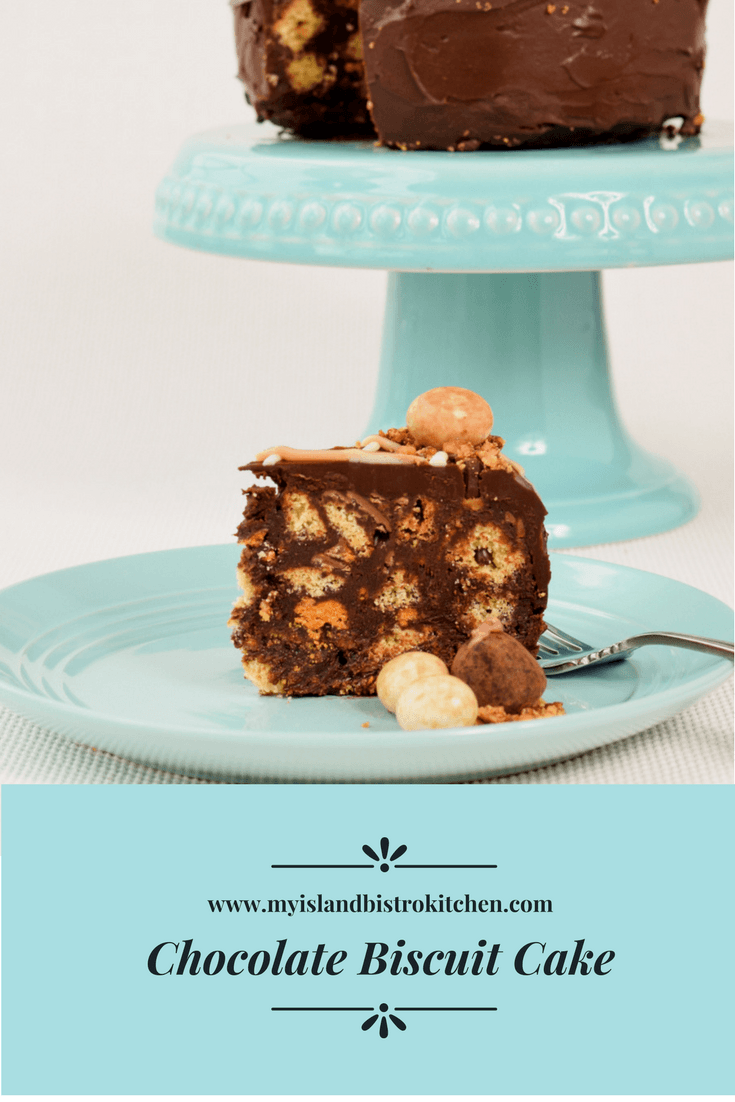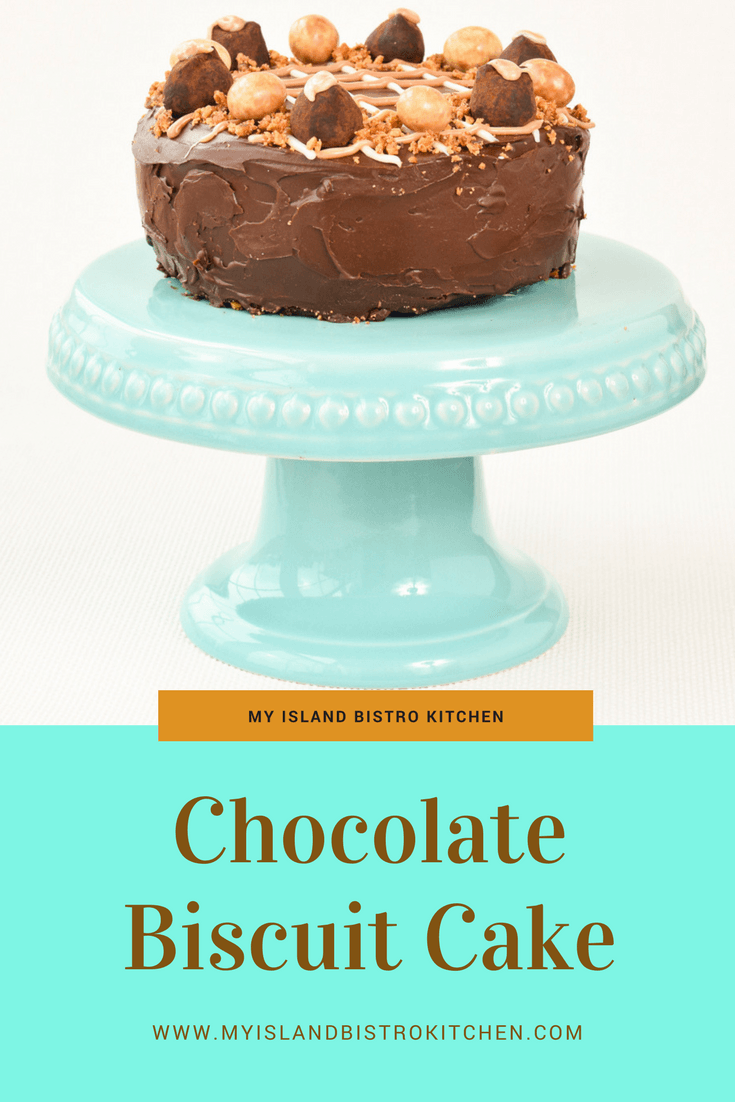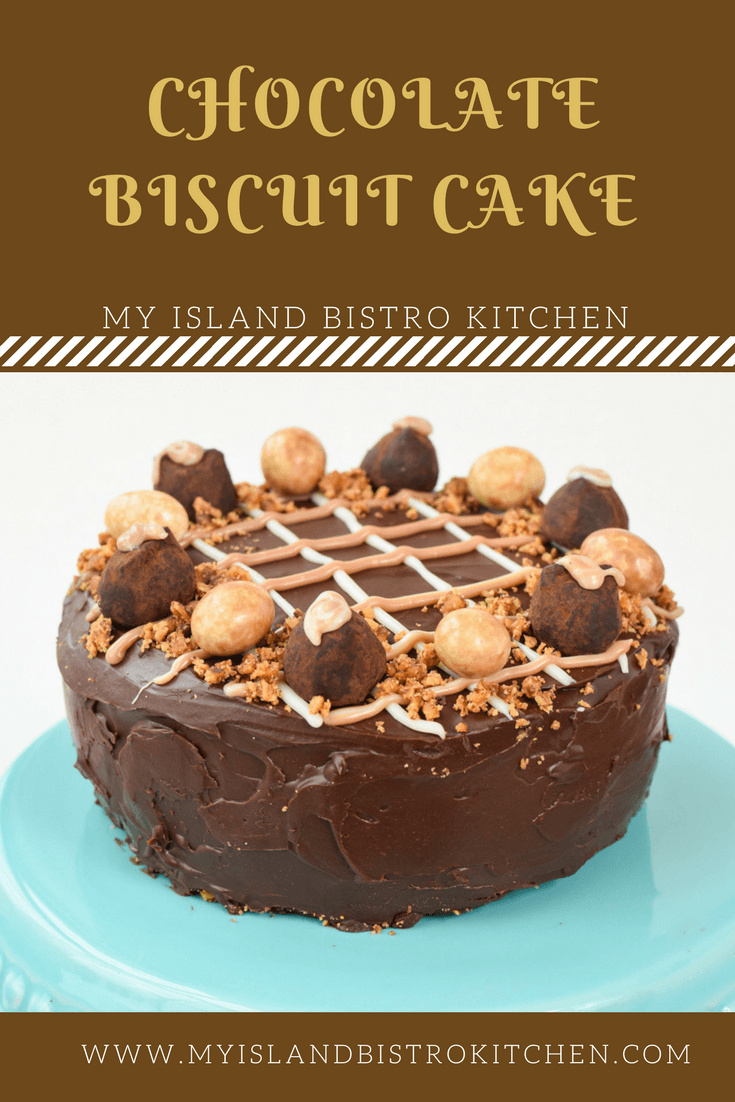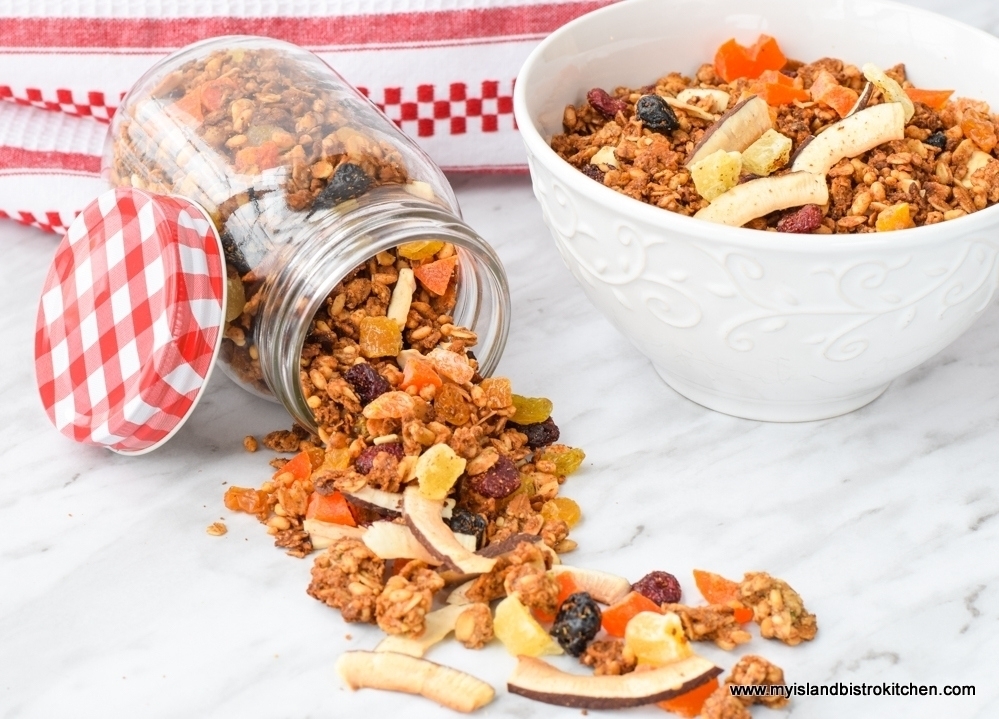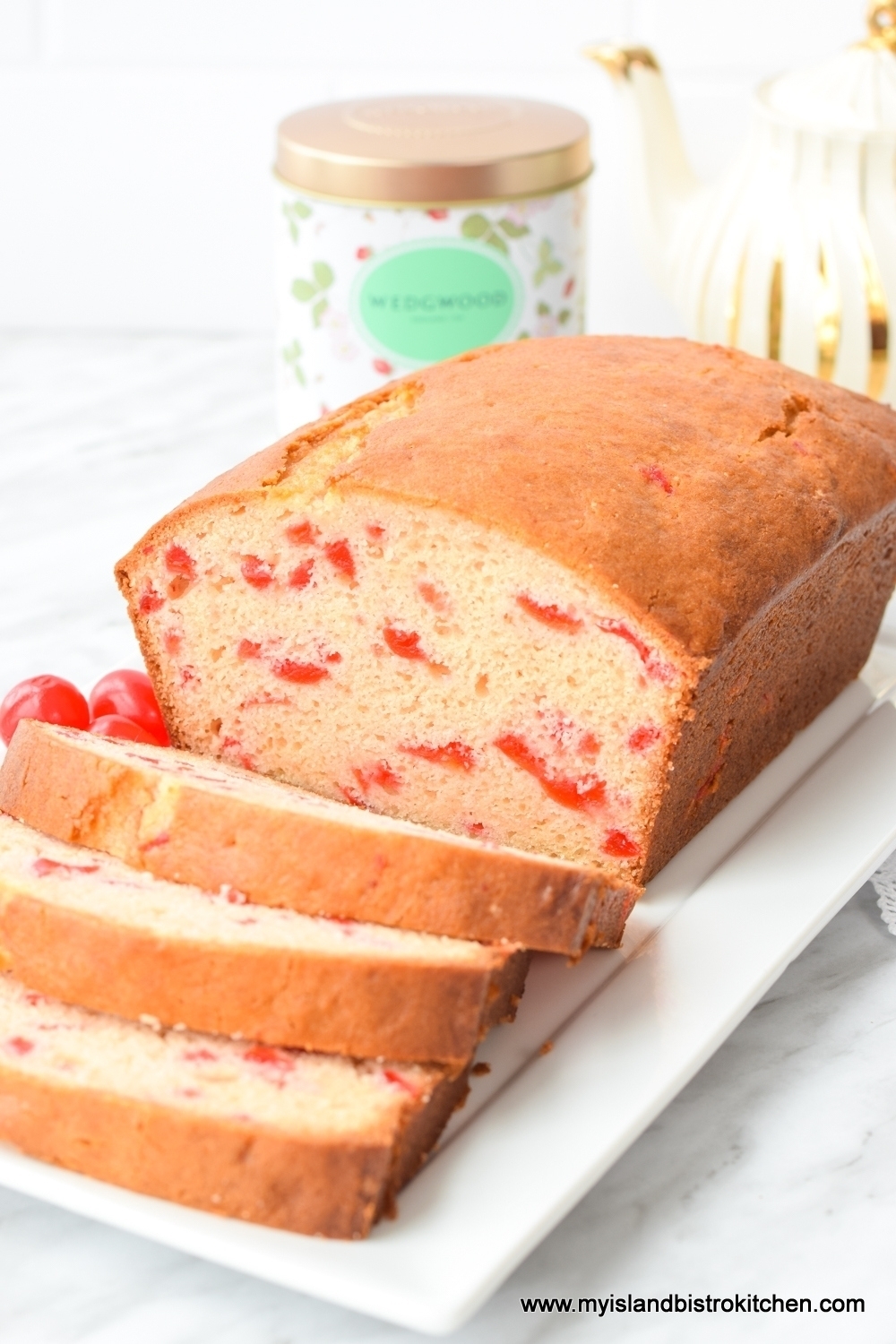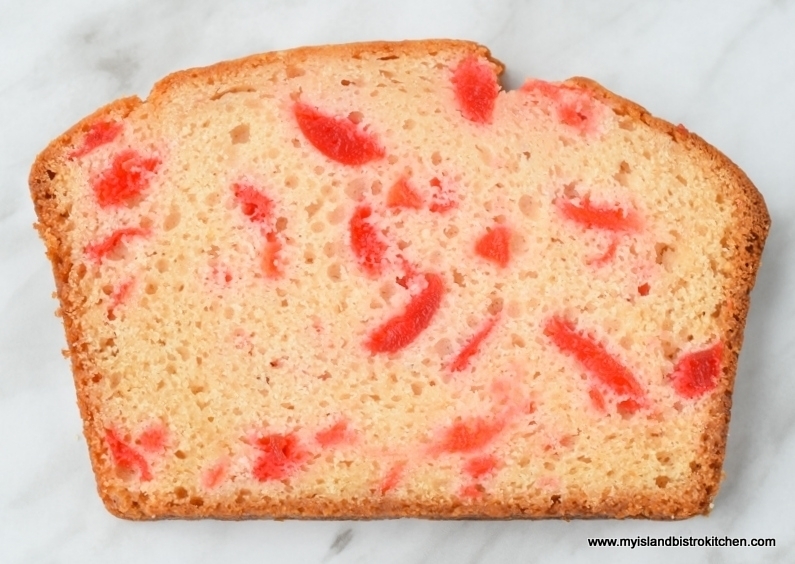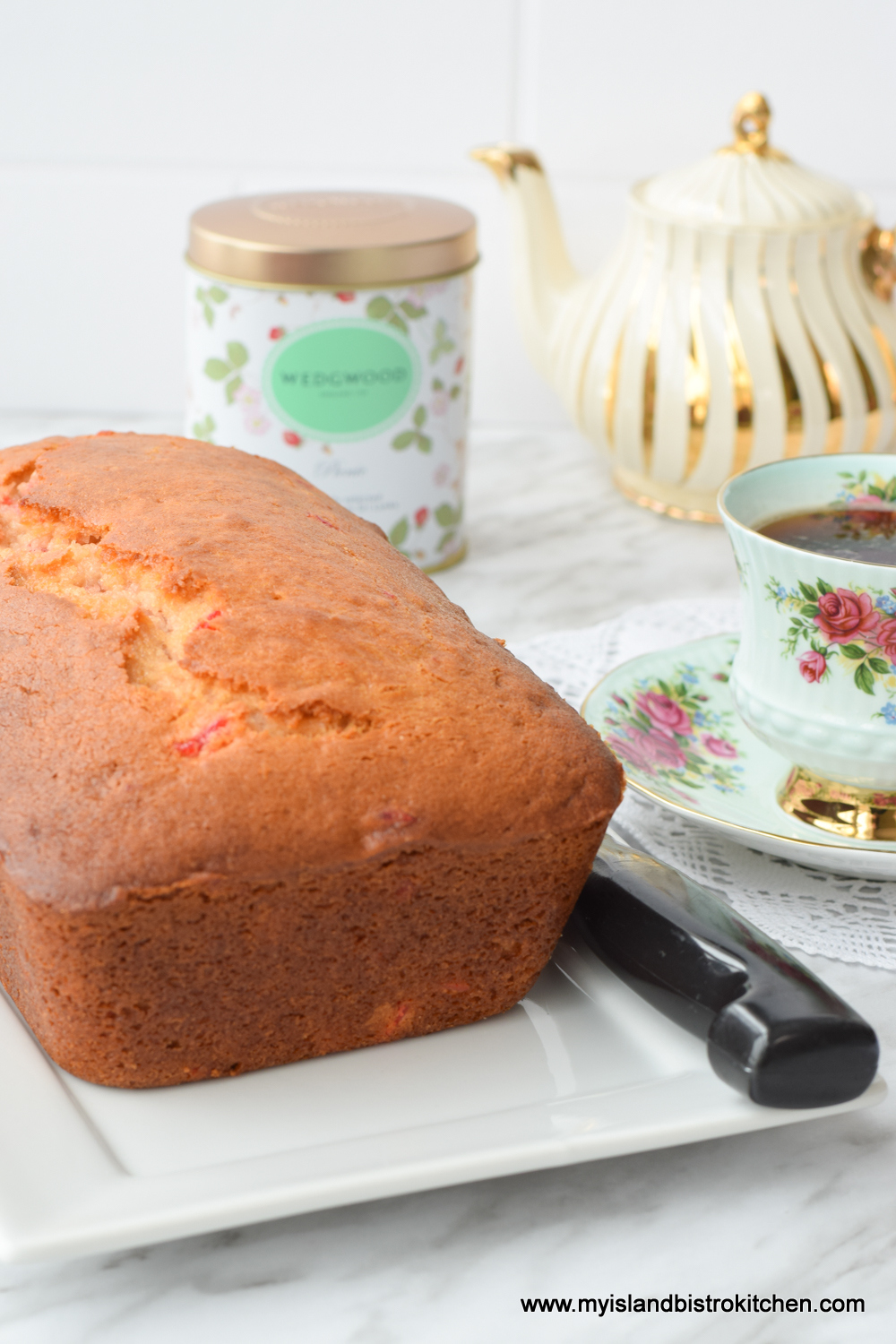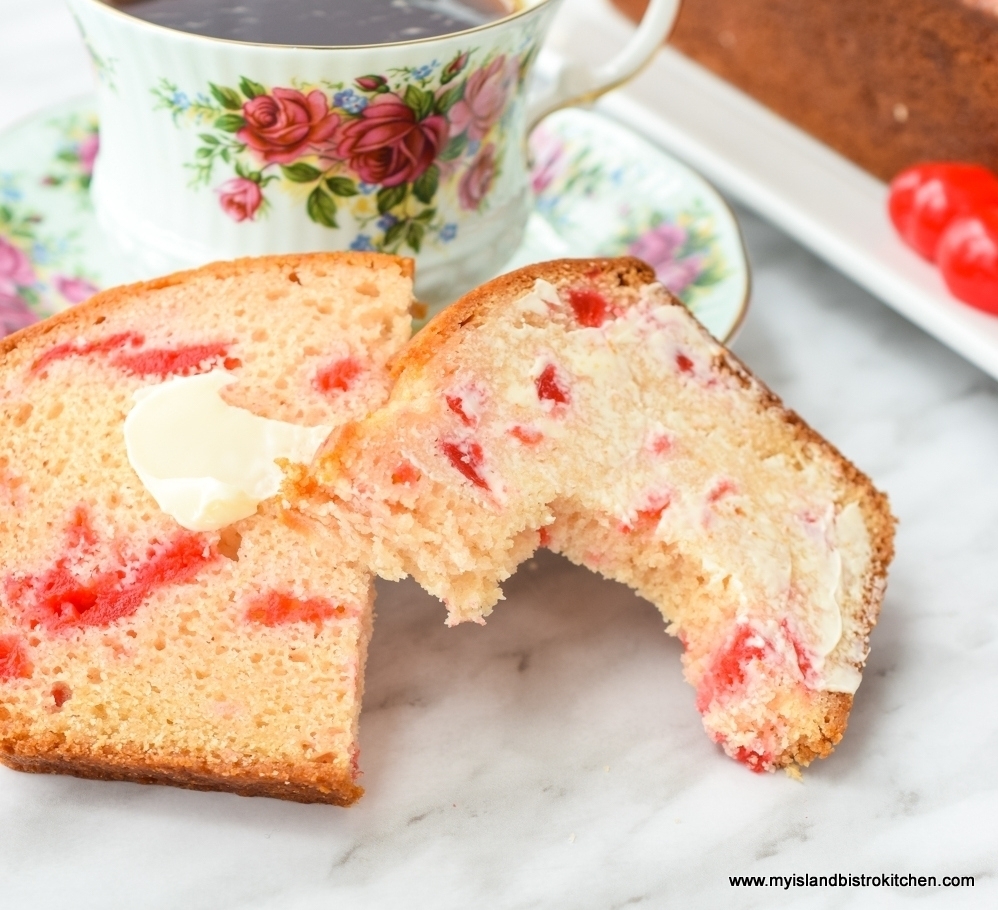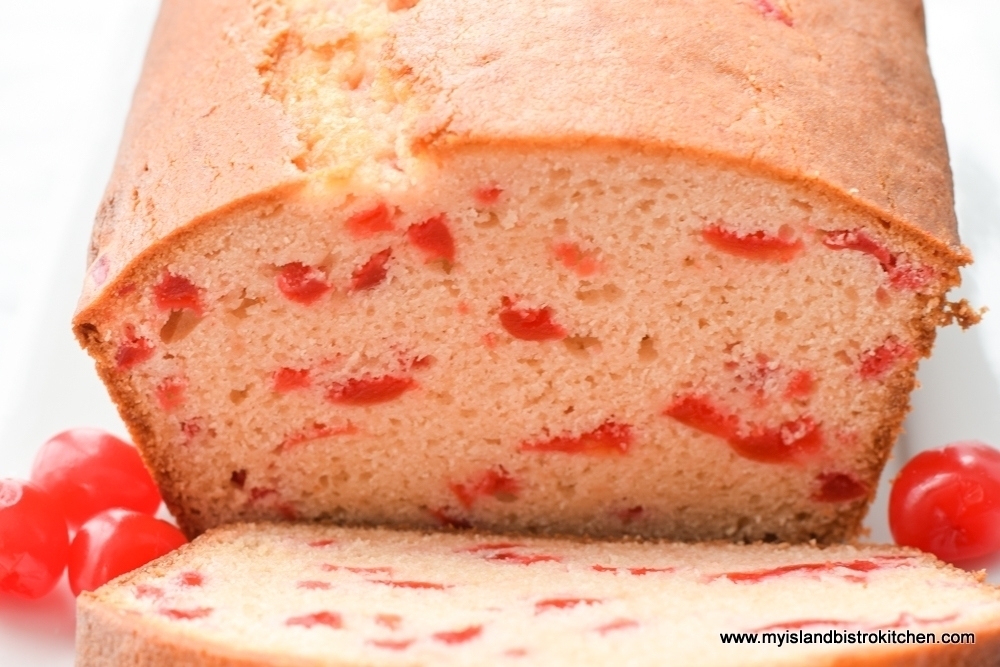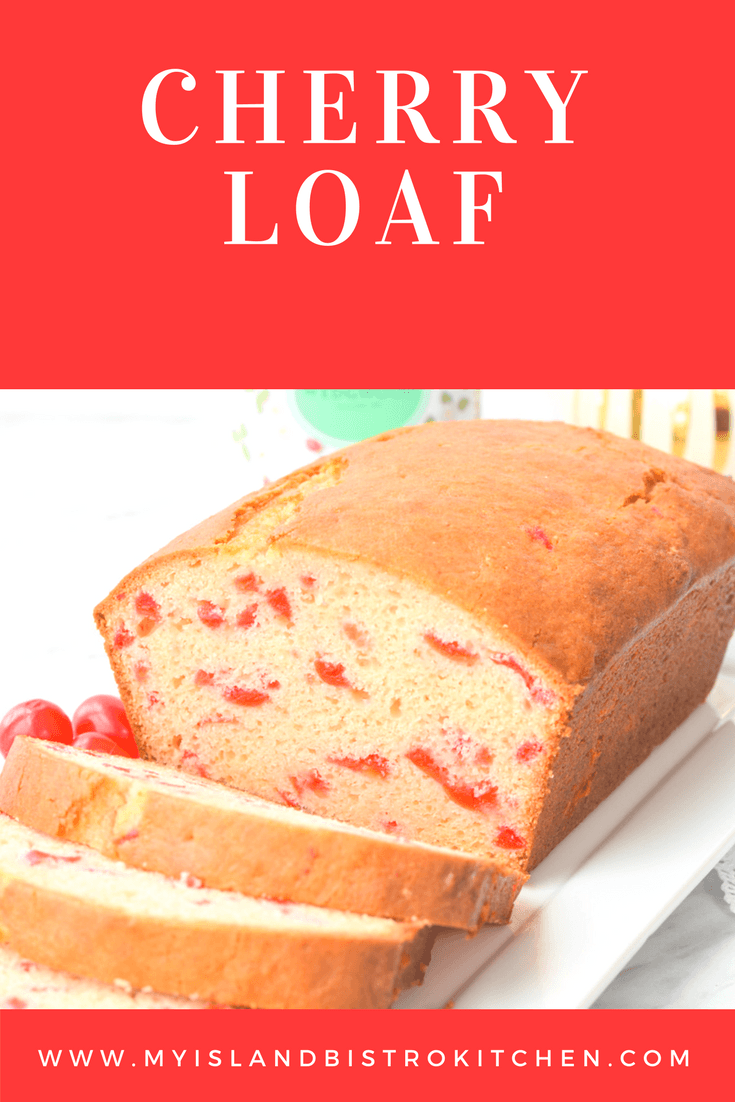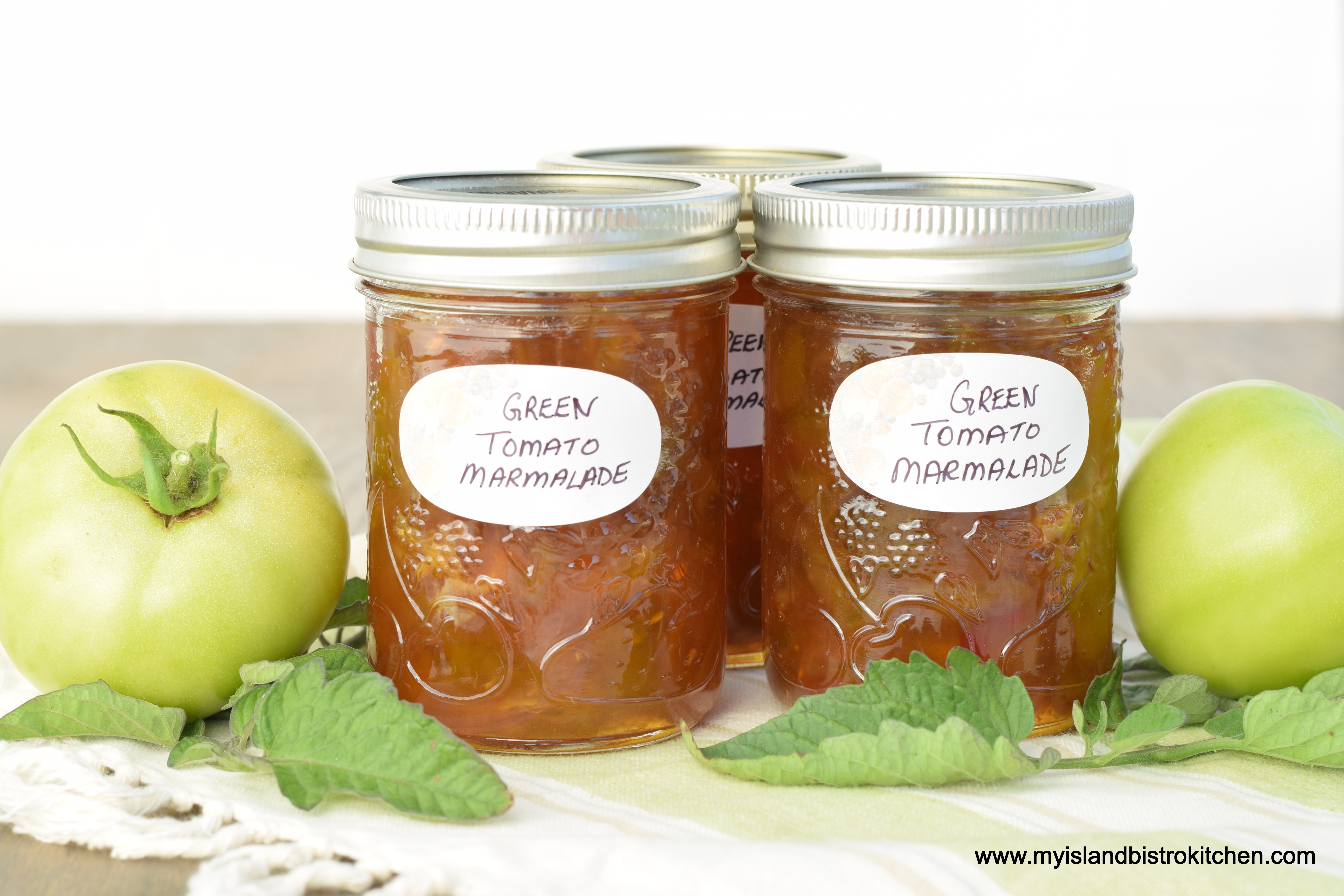
Green Tomato Marmalade is not an altogether common variety of marmalade. It’s not the “garden” variety of typical marmalades likely to be found on many supermarket shelves, or at least not in my neck of the woods anyway. That, in my view, makes Green Tomato Marmalade all the more special because it’s more unique and exclusive!
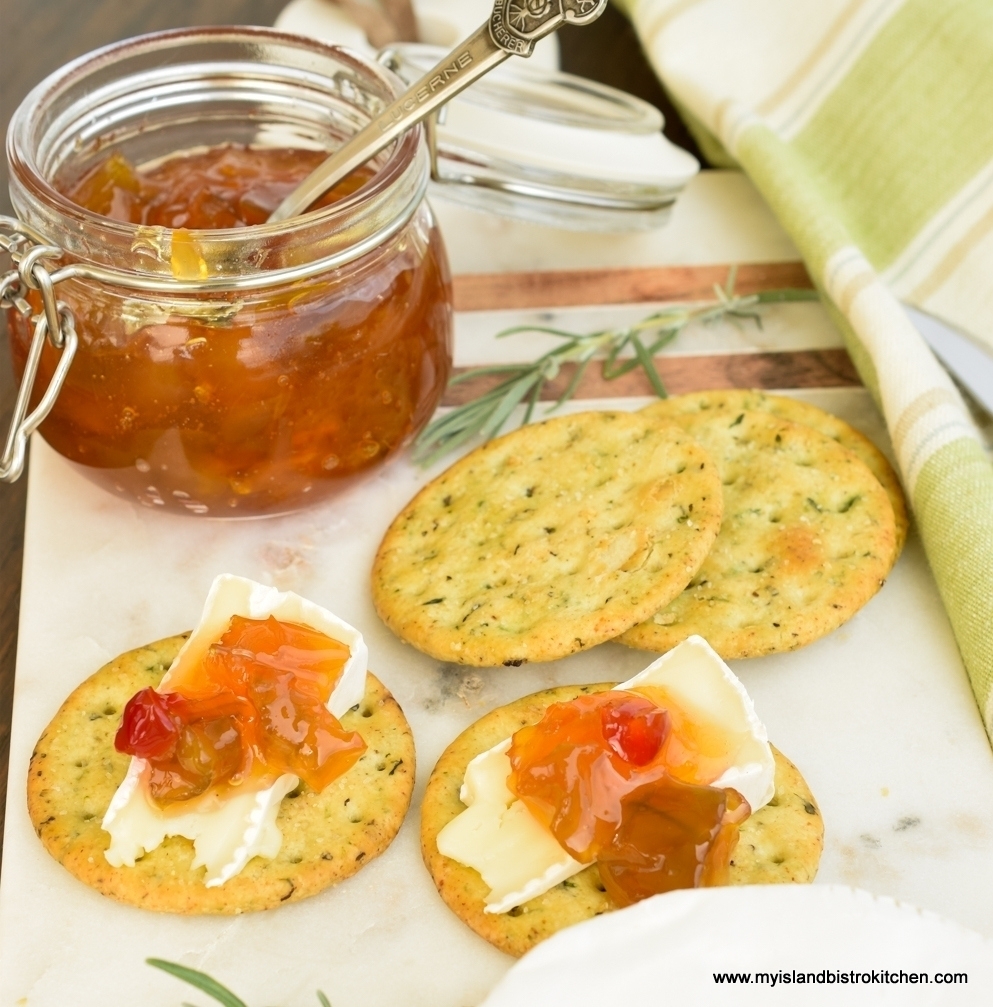
But, wait, in another sense, Green Tomato Marmalade is very much a “garden” variety of marmalade in that it is a great way to make use of the usual abundance of green tomatoes many gardeners end up with in their gardens in late summer or early fall and are wondering what they can do with them so they aren’t wasted.
Variations of green tomato jam and marmalade have been around for years. I expect many homemakers of years ago made one or the other (either the jam or marmalade) because they would have likely had lots of tomatoes in the garden so it was an economical ingredient to use and to have as a spread for bread or biscuits over the winter. Those homemakers were frugal and resourceful as there were no big supermarkets with a large selection of jams and marmalades we see today and, in some cases, families were large and did not have a lot of money. So, consequently, they figured out ways to feed their families economically, making good use of food they grew themselves.
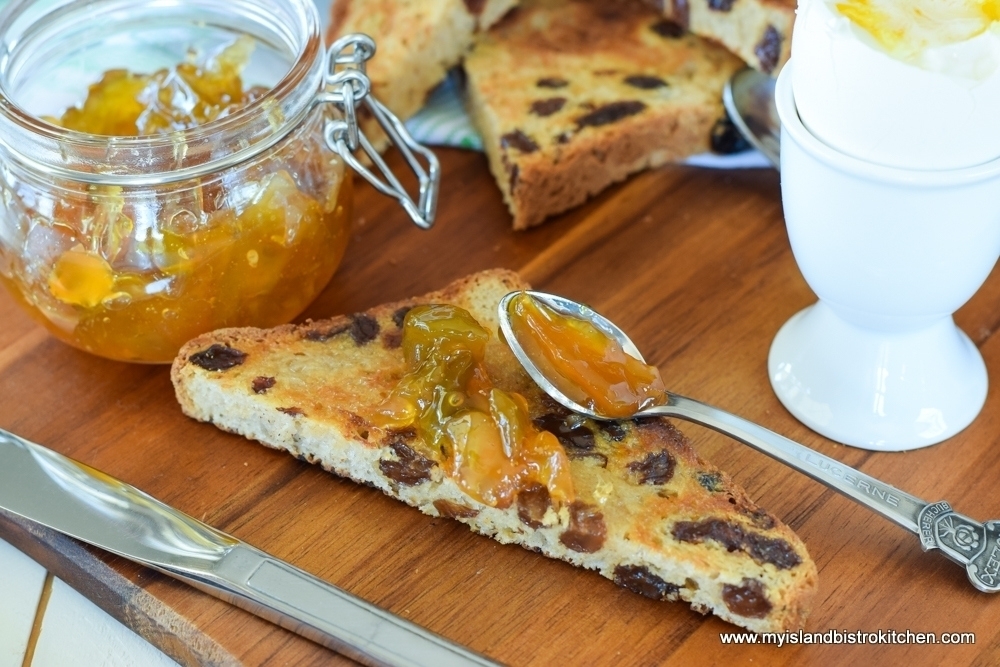
Green Tomato Marmalade is one of those food items I would class as “don’t knock it till you’ve tried it”. This marmalade is both sweet and savory, making it a versatile product to have on the pantry shelf. Combining the green tomatoes with citrus flavours (orange and lemon) and some crushed pineapple for sweetness balance and texture, this marmalade is versatile and can be used just as one would use orange marmalade, for example – spread on toast, biscuits, and scones. Green Tomato Marmalade can also be eaten as a savory condiment with cheese, charcuterie, and cracker boards.
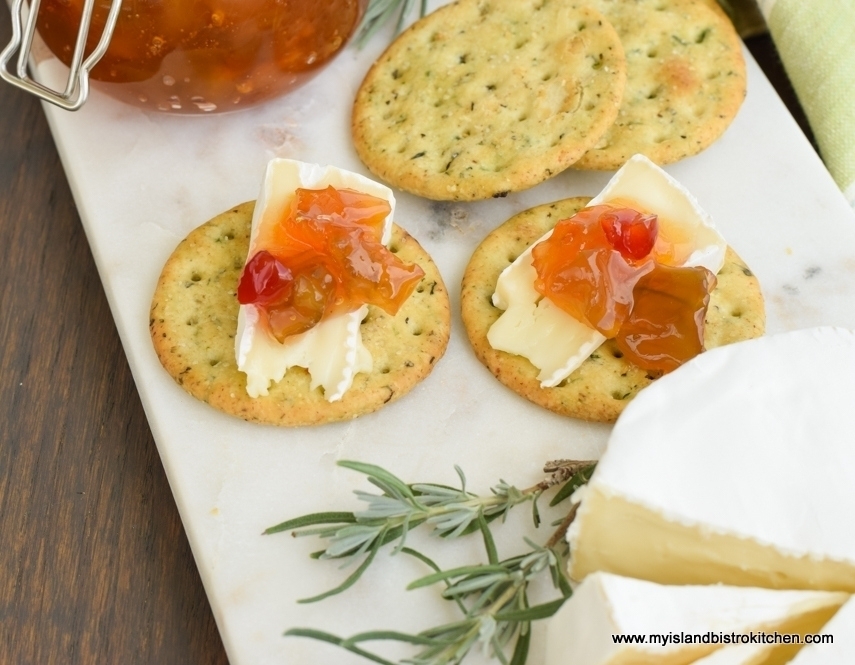
Almost any variety of medium/large tomatoes can be used for this marmalade. Tiny Tims variety or grape tomatoes, however, do not work well in this recipe because they are way too small to work with and are full of seeds.
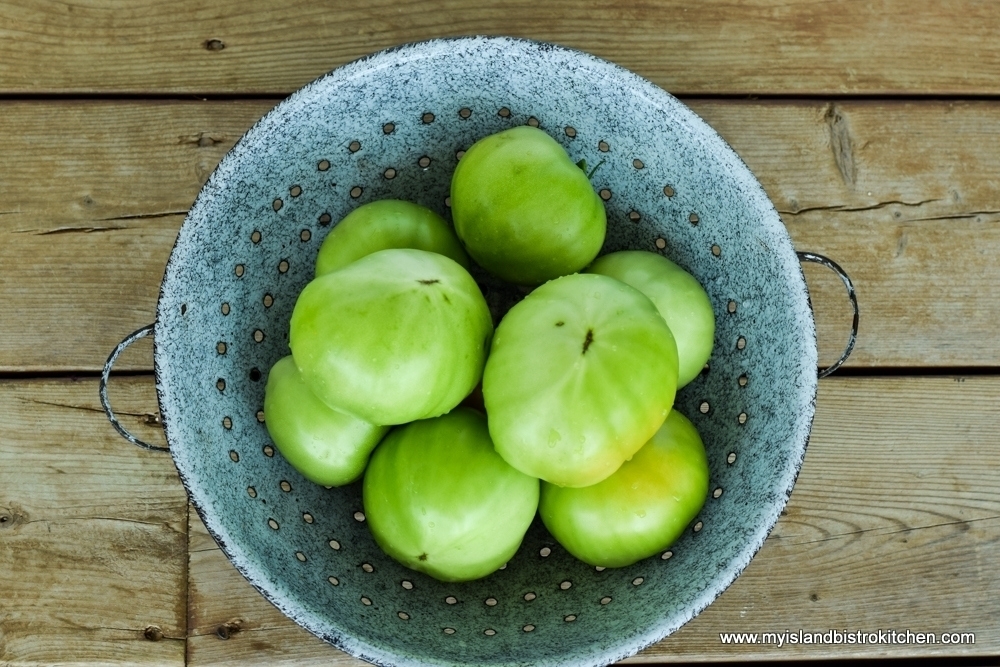
My advice would be to try to find a variety that does not have a lot of seeds as the tomatoes will yield more tomato meat per pound for the marmalade and the tomatoes will be a lot easier to prepare. This is because the seeds and the watery/gelatinous sack that are inside the tomatoes need to be removed for this marmalade. Leaving them in will result in two things: 1) Too much water in the marmalade causing issues getting it to jell; and 2) tomatoes are tremendously seedy and all those seeds just simply do not look appetizing in the finished product and are a nightmare for anyone who cannot digest seeds well. The odd few seeds may make their way in to the marmalade and are not, generally, a problem for most but the intent is to remove as many seeds as possible from the tomatoes.

Cut each tomato in half, then each half into several wedges. Scoop, or cut, out and discard the watery gelatinous sack and its seeds.
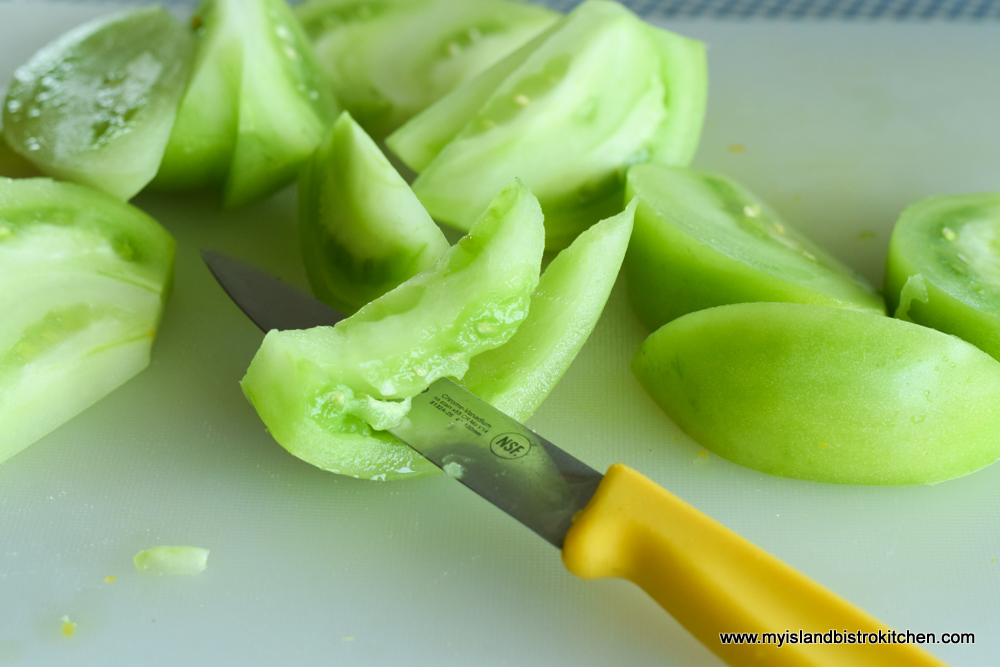
Cut up the remaining tomato pieces into small, bite-sized chunks. These don’t need to be minced, by any means, but they need to be small enough to get cooked properly and to look appealing when spread on toast or biscuits.
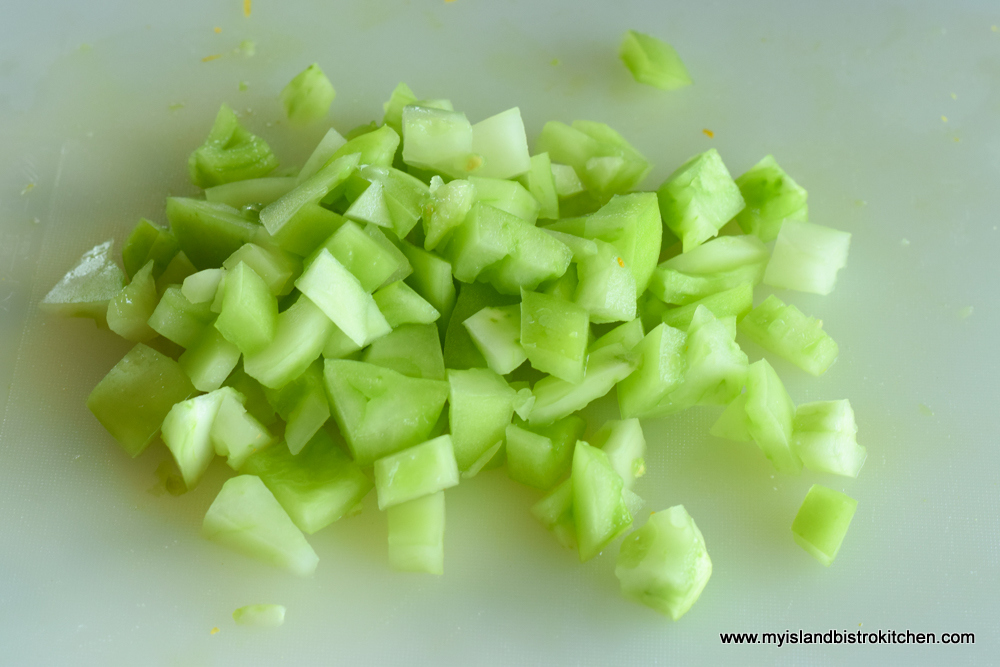
The addition of lemon and orange (and their zests) is what, in my opinion, makes this a marmalade as marmalades traditionally contain citrus fruit. This recipe calls for a small amount of crushed pineapple. This adds an element of sweetness, flavour, and texture. There is no need to drain the pineapple in a sieve or colander but, instead, use a slotted spoon to scoop the pineapple out of the can and let some of the juice drip off for a few seconds before measuring the pineapple. There will still be juice in the pineapple and up to a couple of tablespoons of juice will be fine. Any more and, like the watery part of tomatoes, it would add too much liquid to the marmalade content, potentially causing issues getting it to jell. Adding a small piece of cinnamon stick injects a subtle hint of cinnamon to the marmalade. However, it is not recommended to leave the cinnamon stick in the marmalade for the entire cooking process because it can result in too intense and excessive cinnamon flavour which is not the intent with this marmalade.
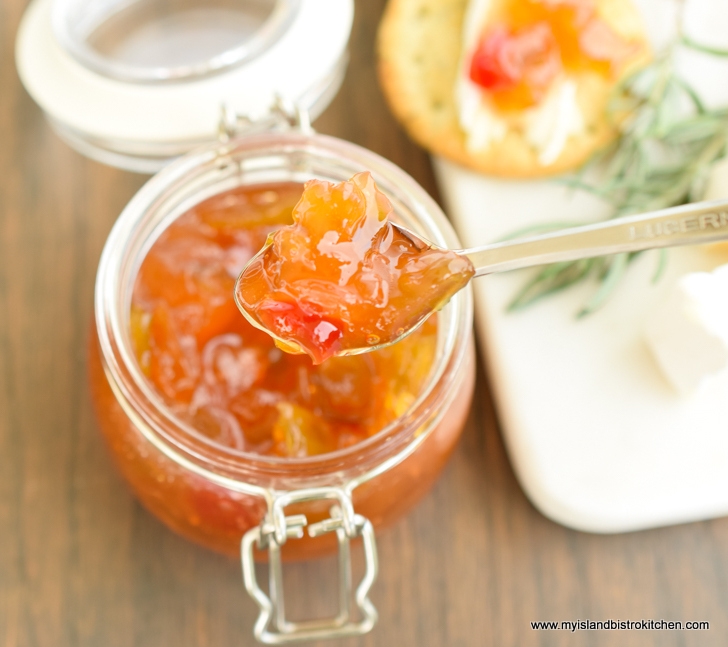
Care must be taken to ensure the marmalade does not scorch as it slowly cooks. With the sugar content, scorching is always a risk. Once a jam or marmalade has scorched, there is no fixing it and it’s a batch destined for the green compost cart. Stirring the marmalade fairly regularly as it cooks will help it to thicken and prevent scorching (as will keeping it at a low boil and using a heavy bottomed stock pot). It’s all about heat control. If desired, a few cut up red maraschino cherries can be added for color at the end of the cooking process.
Patience is required to make marmalade – it takes time for it to set, which can be upwards of two hours. Getting the marmalade at the right jelling stage is the key part of marmalade making. Temperatures for finished marmalade can range from 217°F to 222°F and the temperature at which the marmalade is taken off the stove will determine how runny or thick it is. Undercooking the marmalade will result in a very runny product while overcooking it will make it too thick and sticky to spread on anything and it will become very dark in color. I boil my marmalade slowly until it reaches a sustained temperature of 220°F on the candy thermometer. I find, at that stage, it has a lovely thick, yet still spreadable consistency. Marmalade is meant to be thicker than jam but still needs to be spreadable.
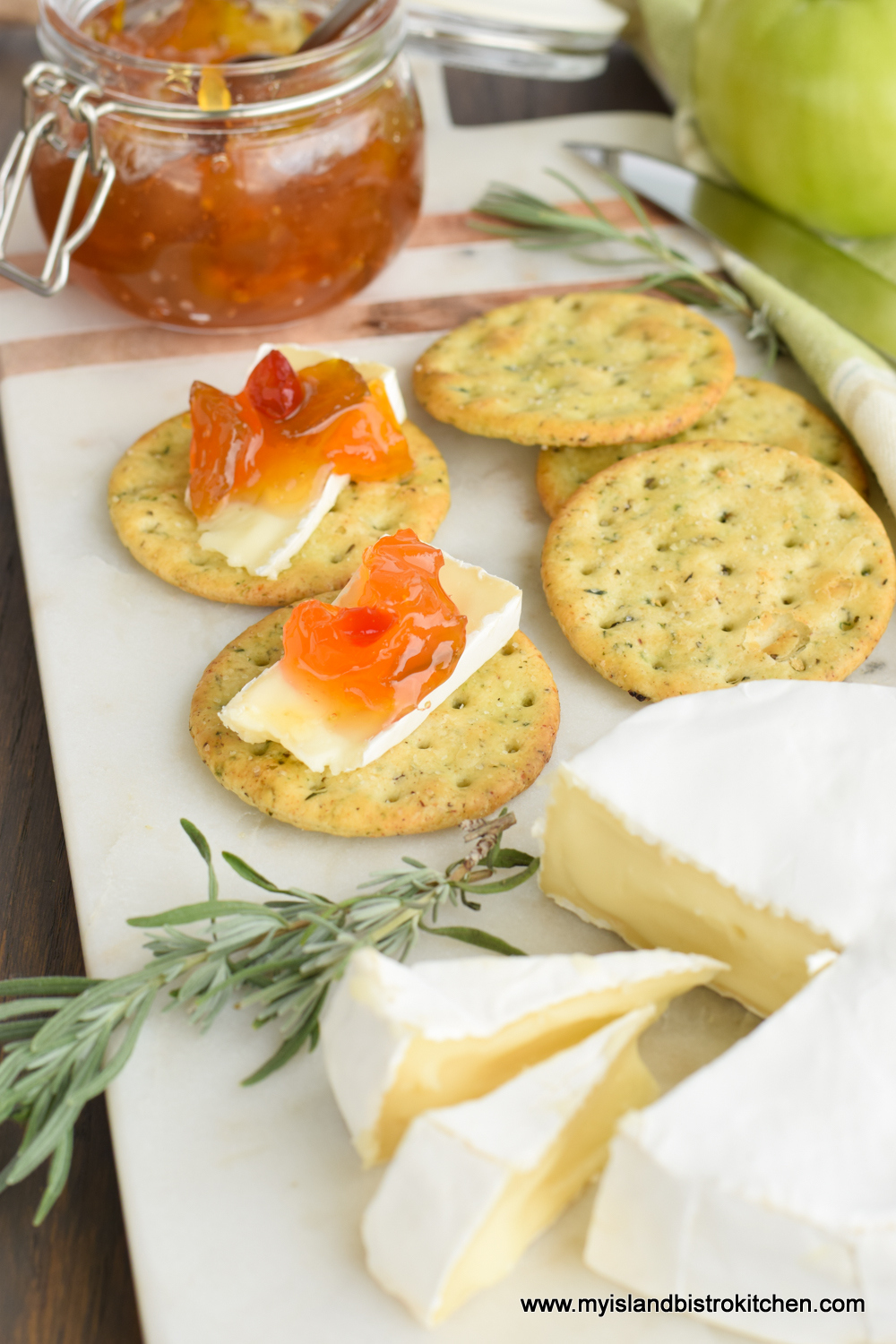
I could not get along without my candy/food thermometer for accurately checking food temperature. If, however, you do not have a candy thermometer, a “wrinkle” test of the marmalade on a cold saucer can also be used to test the marmalade for doneness (see notes at the end of the recipe below for how to conduct this test).
Half-pint bottles, like those shown in the photo at the beginning of this posting, are perfectly sized for marmalade. The bottles must be washed in hot, soapy water and rinsed thoroughly before being sterilized in boiling water for 10 minutes. Fill the sterilized jars with the marmalade to within ¼“ of the jar rim. Seal with the heated lids secured with the bands that came with the jars. Process the half-pint bottles in a hot water bath for 10 minutes to give them shelf stability for several months – if the Green Tomato Marmalade lasts that long! (Note the marmalade in the tiny jelly jars in the photos below have been transferred, for cracker board presentation purposes, from the half-pint bottles in which they were bottled and processed in the hot water bath – they were not processed in these jelly jars which I have not tested in a hot water bath process.)
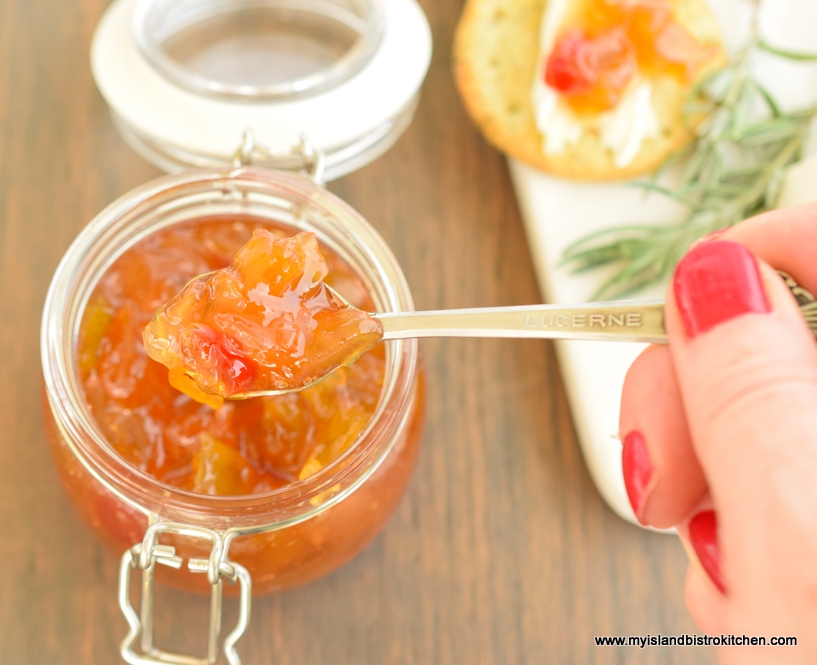
The lemons, orange, and crushed pineapple turn the bright green tomatoes into a superb marmalade of glorious golden amber color. Don’t expect this marmalade to taste like tomatoes as might be expected. Rather, it has a surprisingly sweet and savory blend of flavours that make it a tasty and luxurious marmalade for which a multitude of creative uses can be found.
Give it a try!
Green Tomato Marmalade
Ingredients:
4 lbs green tomatoes, cored, seeded, and diced or cut into small chunks (should equal apx. 9½ – 10 cups cut up)
2½ lbs granulated sugar
1½ lemons, chopped + zest
1 orange, chopped + zest
10 oz crushed pineapple with some of its juice
2” piece of cinnamon stick
4 oz maraschino cherries, chopped (optional)
Method:
Wash tomatoes. Cut into sections and remove the stem end, core, seeds, and the watery/gelatinous sack around the seeds. Dice, or cut the tomato pieces into small chunks. Place in large bowl and add the sugar. Let stand for three hours to draw the juice from the tomatoes and allow the sugar to dissolve. Stir two to three times.
Wash the lemons and orange well. Zest the lemons and oranges. Remove any seeds and cut lemons and orange into small pieces.
Transfer tomato–sugar mixture and the liquid to a medium-sized stock pot. Add the chopped lemons and orange and the zest, along with the crushed pineapple. Add the piece of cinnamon stick. Bring to a boil over medium high temperature, stirring to prevent scorching. Immediately lower the temperature and cook, uncovered, at a slow gentle boil until mixture reads 220°F, sustained, on a candy thermometer*. Stir mixture regularly to prevent scorching. Be patient, this can take upwards of 2 hours. Remove the cinnamon stick after about an hour. When marmalade has reached its temperature, remove from heat and stir in the maraschino cherries, if using.
While the marmalade is cooking, fill a large pot of water, about ¾ full. Place 6 half-pint jars, upright, into the water. Ensure the jars are fully submerged, are each filled with water, and that the water is at least an inch over the tops of the jars. Cover, bring to a boil, and boil for 10 minutes. Turn off heat and leave the jars in the hot water while the marmalade finishes cooking.
Meanwhile, fill the canner about one-third to one-half full of water. Cover and bring to a boil to have it ready for the filled jars.
When the marmalade is cooked, use a jar lifter to remove the hot jars from the water. Using a canning funnel, pour marmalade into sterilized jars, leaving about ¼” headroom in each jar. Wipe the jar rims with a clean cloth. Seal jars with heated lids and fingertip-tightened ring bands.
Place jars in hot water bath wire basket, ensuring jars do not touch each other or fall over. Carefully lower basket into canner of hot water. Ensure the water level is at least 1” above the tops of jars, adding more boiling water as necessary. Cover with canner lid. Increase the heat to return the water to a rolling boil then decrease the heat to just keep the water at a rolling boil but not boiling over. Process half-pint jars in the hot water bath for 10 minutes, adjusting time for altitude. Start timing the processing from the point where a full rolling boil is reached after basket of jars has been added to the canner. At the end of the processing time, turn off heat and remove canner lid. Using a jar lifter, carefully remove the jars, one at a time, and transfer them to a wire rack to cool completely. Listen for the “pop” or “ping” sound as the bottles seal over the next few minutes or hours. The lids of properly sealed jars will curve downward. Let jars rest, undisturbed, on wire rack for 12 hours. Store in cool, dark place. Refrigerate marmalade once opened.
Yield: Apx. 6 half-pint bottles
*If you don’t have a candy thermometer, place 2-3 freezer-safe saucers in freezer. To test for doneness, place a small amount of marmalade on chilled saucer and swirl saucer around. Let marmalade sit, untouched, for about a minute, then gently push your finger through the marmalade. If the marmalade holds its shape (i.e., does not immediately run back together after the finger has been removed from the marmalade), it is set and ready to bottle. If not, continue to cook mixture, repeating the “chill” test about every 3 minutes or so (always removing the pot from the heat while conducting the chill test) until the marmalade passes the “chill” test. Do not overcook as it will result in a very thick marmalade, dark in color.
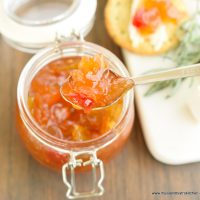
Green Tomato Marmalade
Lemons, orange, and crushed pineapple turn green tomatoes into a glorious golden amber-colored sweet and savory spread for toast, biscuits, scones, or crackers.
Ingredients
- 4 lbs green tomatoes cored, seeded, and diced or cut into small chunks (should equal apx. 9½ - 10 cups cut up)
- 2½ lbs granulated sugar
- 1½ lemons chopped + zest
- 1 orange chopped + zest
- 10 oz crushed pineapple with some of its juice
- 2 ” piece of cinnamon stick
- 4 oz maraschino cherries chopped (optional)
Instructions
- Wash tomatoes. Cut into sections and remove the stem end, core, seeds, and the watery/gelatinous sack around the seeds. Dice, or cut the tomato pieces into small chunks. Place in large bowl and add the sugar. Let stand for three hours to draw the juice from the tomatoes and allow the sugar to dissolve. Stir two to three times.
- Wash the lemons and orange well. Zest the lemons and oranges. Remove any seeds and cut lemons and orange into small pieces.
- Transfer tomato–sugar mixture and the liquid to a medium-sized stock pot. Add the chopped lemons and orange and the zest, along with the crushed pineapple. Add the piece of cinnamon stick. Bring to a boil over medium high temperature, stirring to prevent scorching. Immediately lower the temperature and cook, uncovered, at a slow gentle boil until mixture reads 220°F, sustained, on a candy thermometer*. Stir mixture regularly to prevent scorching. Be patient, this can take upwards of 2 hours. Remove the cinnamon stick after about an hour. When marmalade has reached its temperature, remove from heat and stir in the maraschino cherries, if using.
While the marmalade is cooking, fill a large pot of water, about ¾ full. Place 6 half-pint jars, upright, into the water. Ensure the jars are fully submerged, are each filled with water, and that the water is at least an inch over the tops of the jars. Cover, bring to a boil, and boil for 10 minutes. Turn off heat and leave the jars in the hot water while the marmalade finishes cooking.
- Meanwhile, fill the canner about one-third to one-half full of water. Cover and bring to a boil to have it ready for the filled jars.
- When the marmalade is cooked, use a jar lifter to remove the hot jars from the water. Using a canning funnel, pour marmalade into sterilized jars, leaving about ¼” headroom in each jar. Wipe the jar rims with a clean cloth. Seal jars with heated lids and fingertip-tightened ring bands.
- Place jars in hot water bath wire basket, ensuring jars do not touch each other or fall over. Carefully lower basket into canner of hot water. Ensure the water level is at least 1” above the tops of jars, adding more boiling water as necessary. Cover with canner lid. Increase the heat to return the water to a rolling boil then decrease the heat to just keep the water at a rolling boil but not boiling over. Process half-pint jars in the hot water bath for 10 minutes, adjusting time for altitude. Start timing the processing from the point where a full rolling boil is reached after basket of jars has been added to the canner. At the end of the processing time, turn off heat and remove canner lid. Using a jar lifter, carefully remove the jars, one at a time, and transfer them to a wire rack to cool completely. Listen for the “pop” or “ping” sound as the bottles seal over the next few minutes or hours. The lids of properly sealed jars will curve downward. Let jars rest, undisturbed, on wire rack for 12 hours. Store in cool, dark place. Refrigerate marmalade once opened.
- Yield: Apx. 6 half-pint bottles
- *If you don’t have a candy thermometer, place 2-3 freezer-safe saucers in freezer. To test for doneness, place a small amount of marmalade on chilled saucer and swirl saucer around. Let marmalade sit, untouched, for about a minute, then gently push your finger through the marmalade. If the marmalade holds its shape (i.e., does not immediately run back together after the finger has been removed from the marmalade), it is set and ready to bottle. If not, continue to cook mixture, repeating the “chill” test about every 3 minutes or so (always removing the pot from the heat while conducting the chill test) until the marmalade passes the “chill” test. Do not overcook as it will result in a very thick marmalade, dark in color.
Recipe Notes
After marmalade has completely cooled, if there are any jars on which the lids have not curved downward, refrigerate those jars and use the marmalade within a month.
For more great jam, jelly, and maramalade recipes from My Island Bistro Kitchen, click on the links below:
Peach Marmalade
Rhubarb Marmalade
Crabapple Jelly
Blueberry and Grand Marnier Jam
Gooseberry Jam
Zucchini Jam
Pumpkin Jam
Pin Me To Pinterest!
